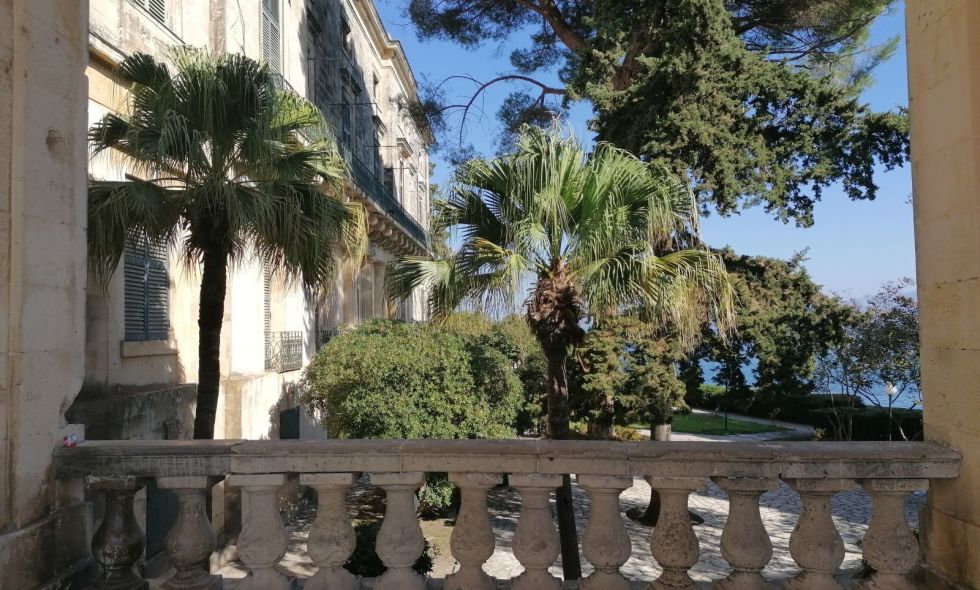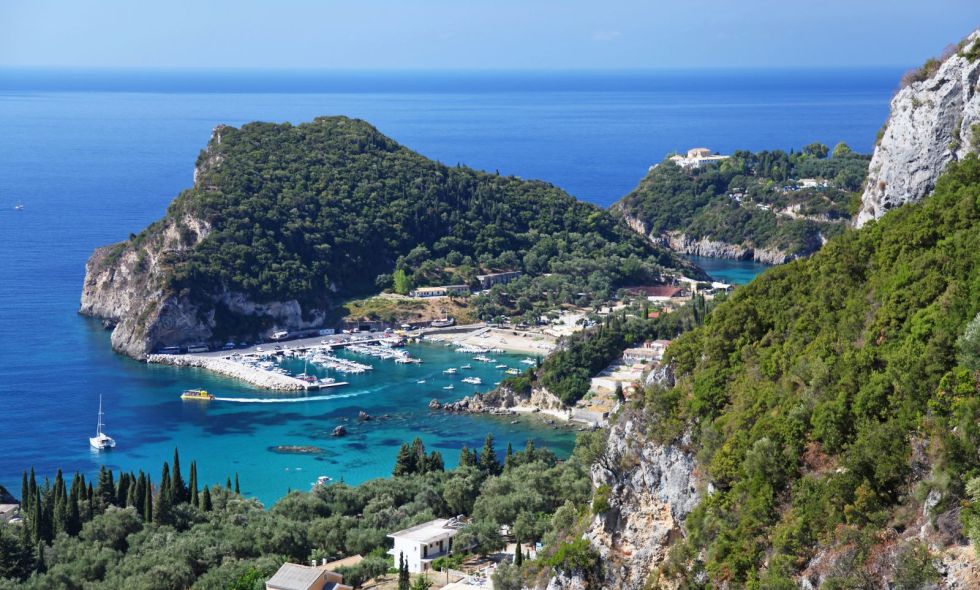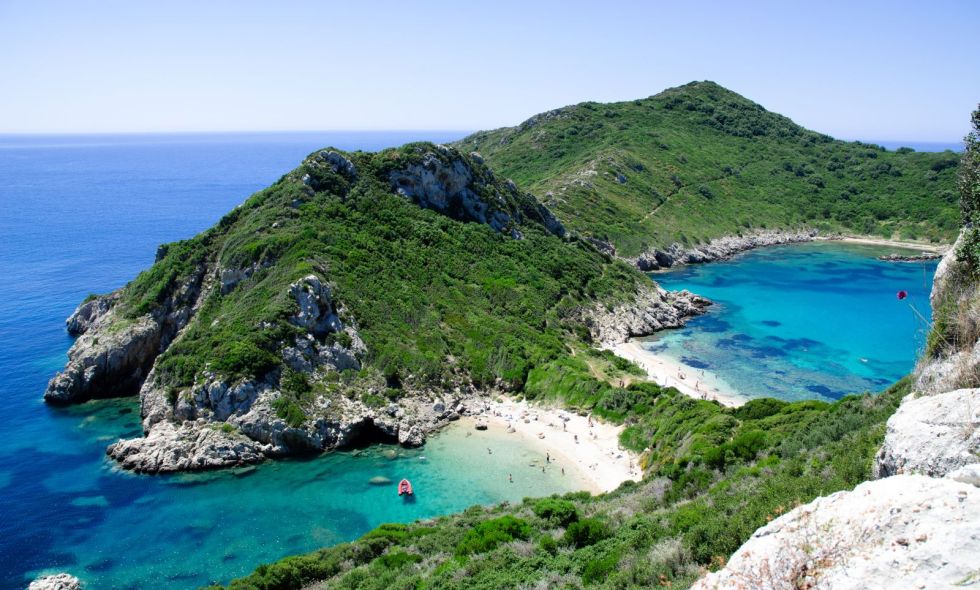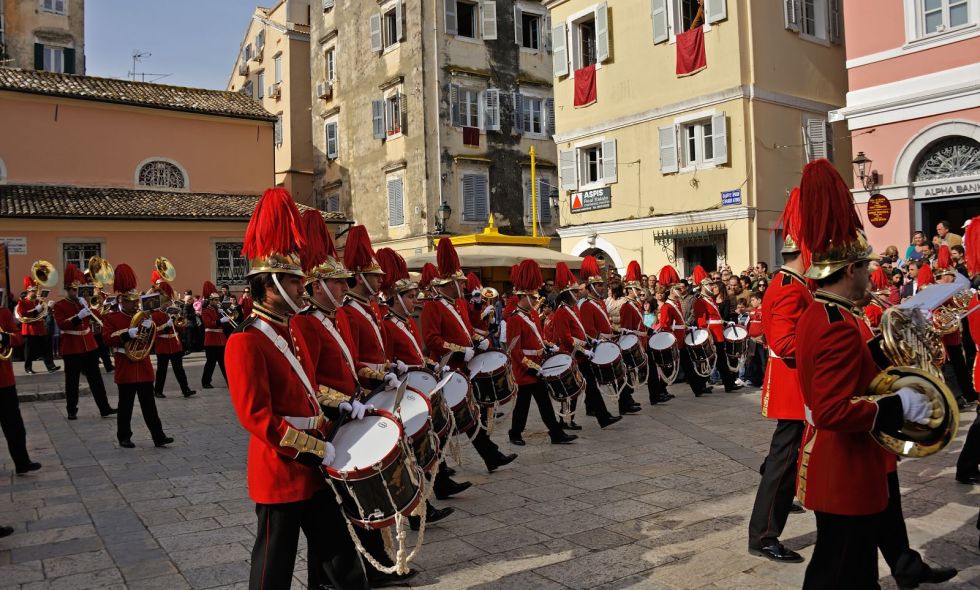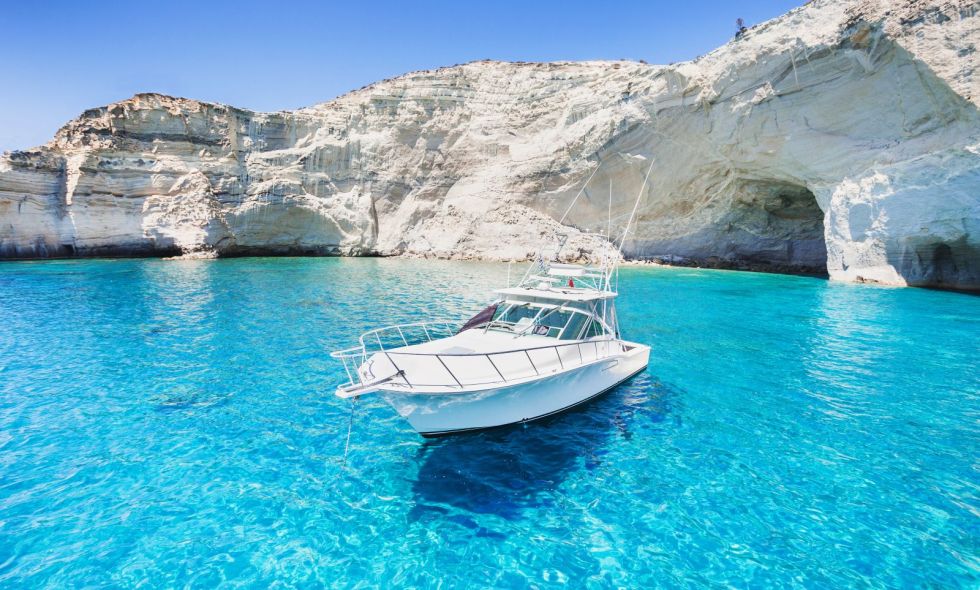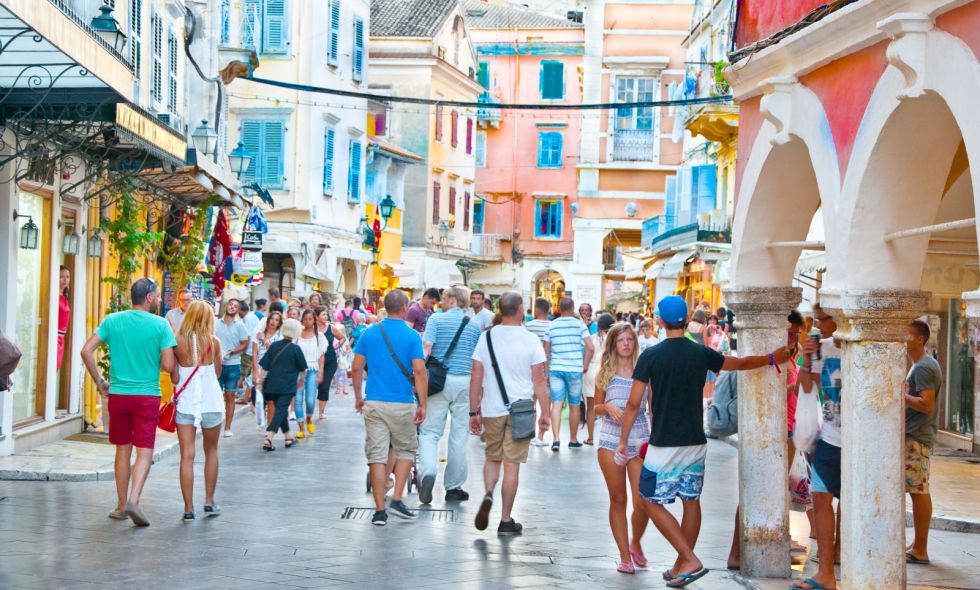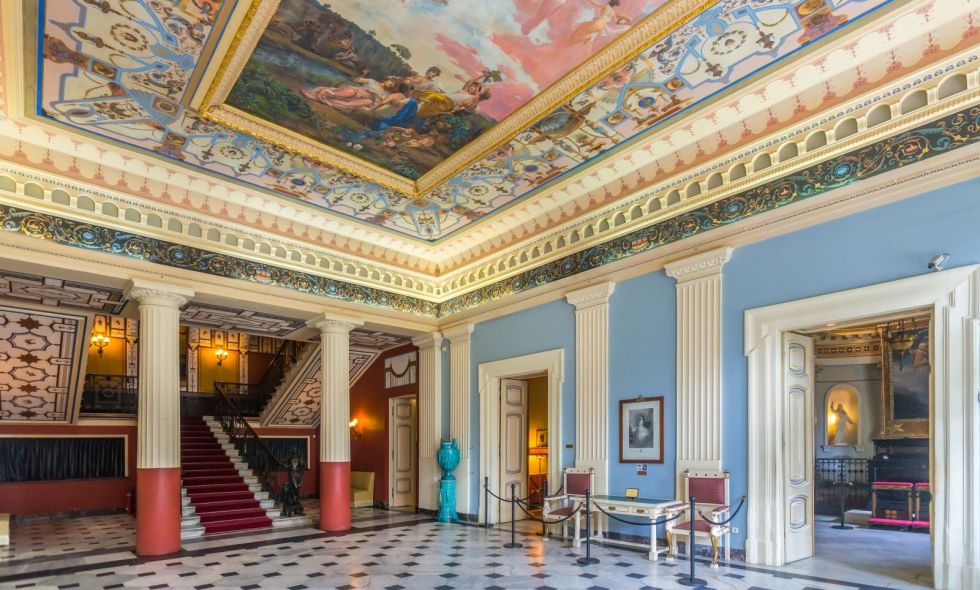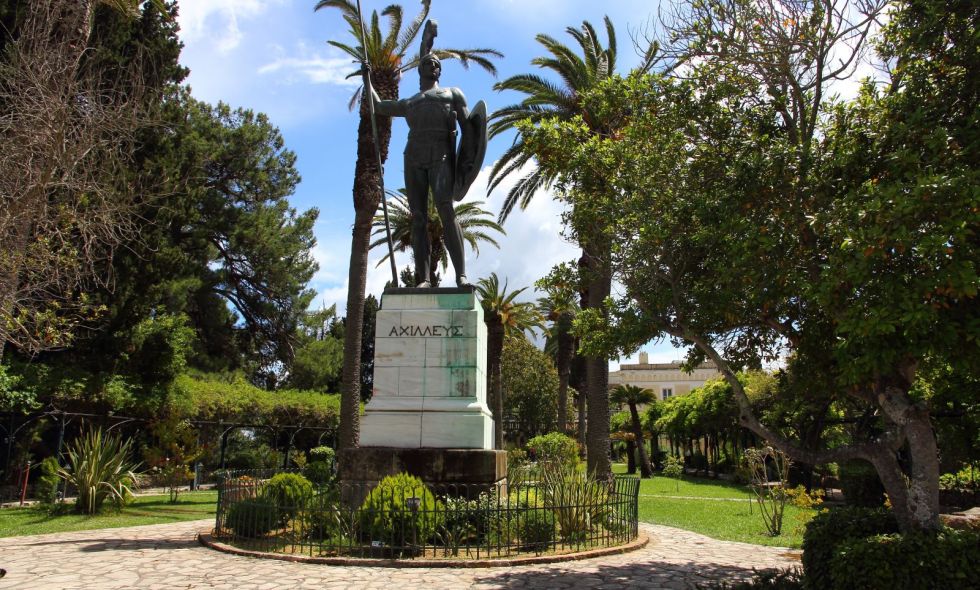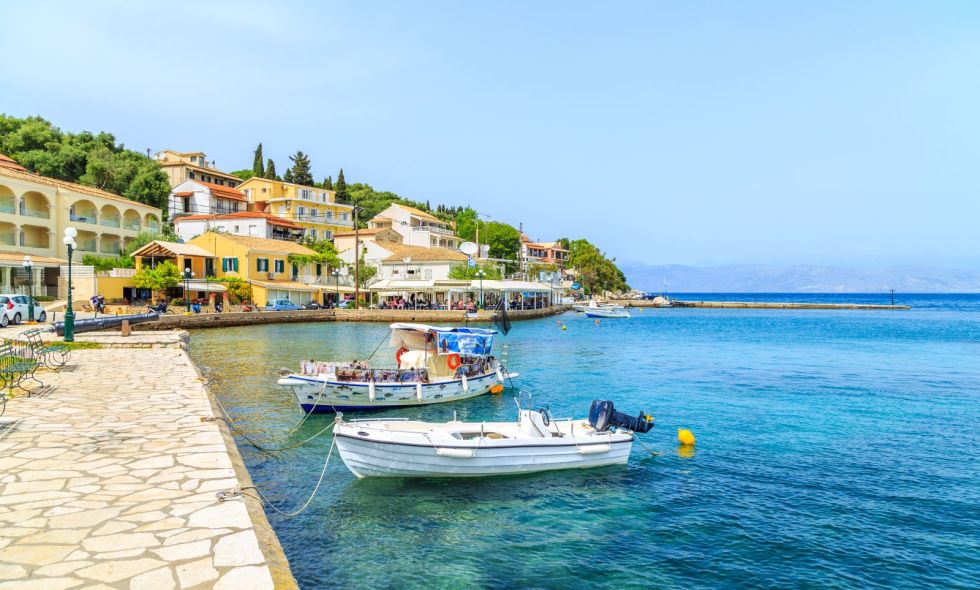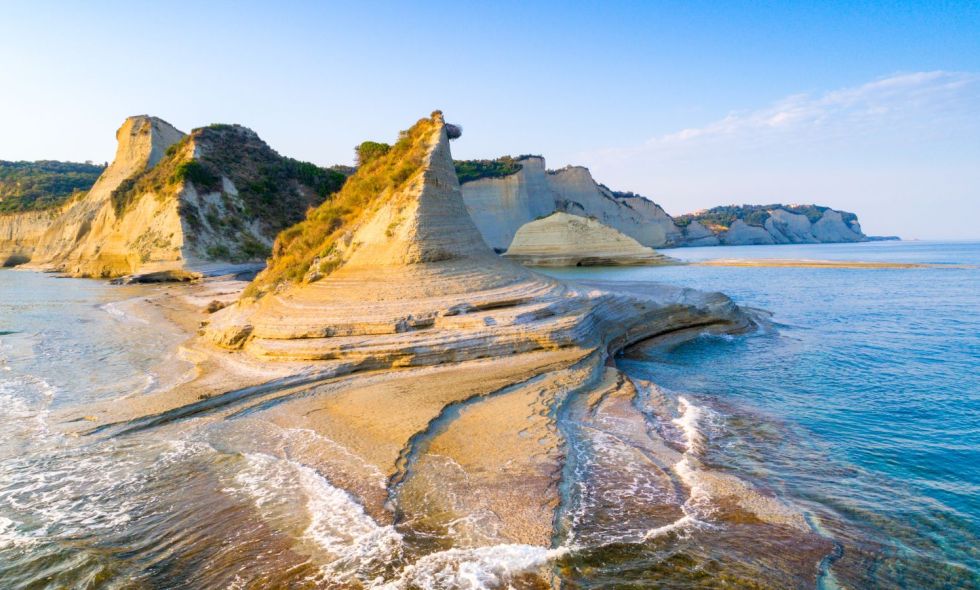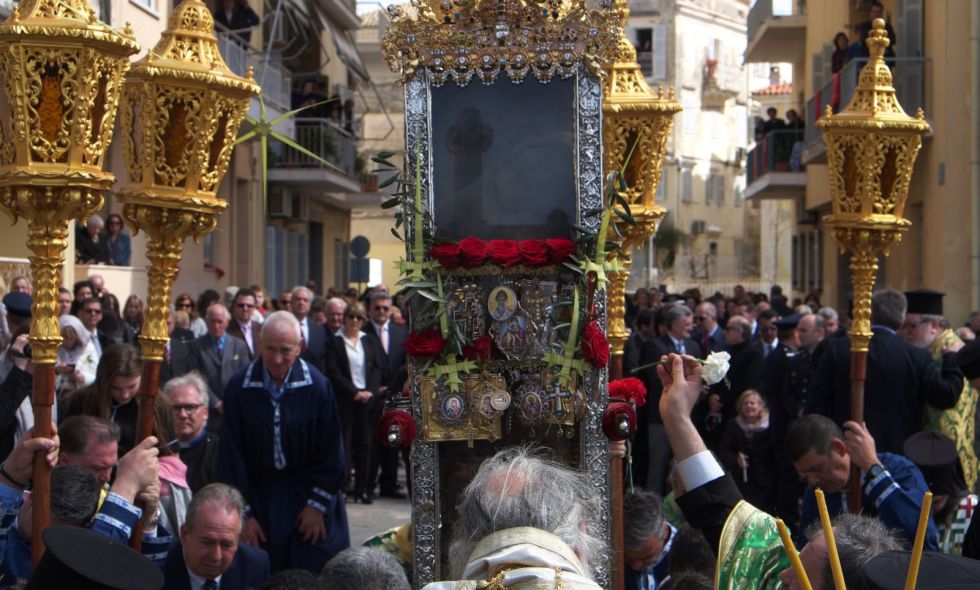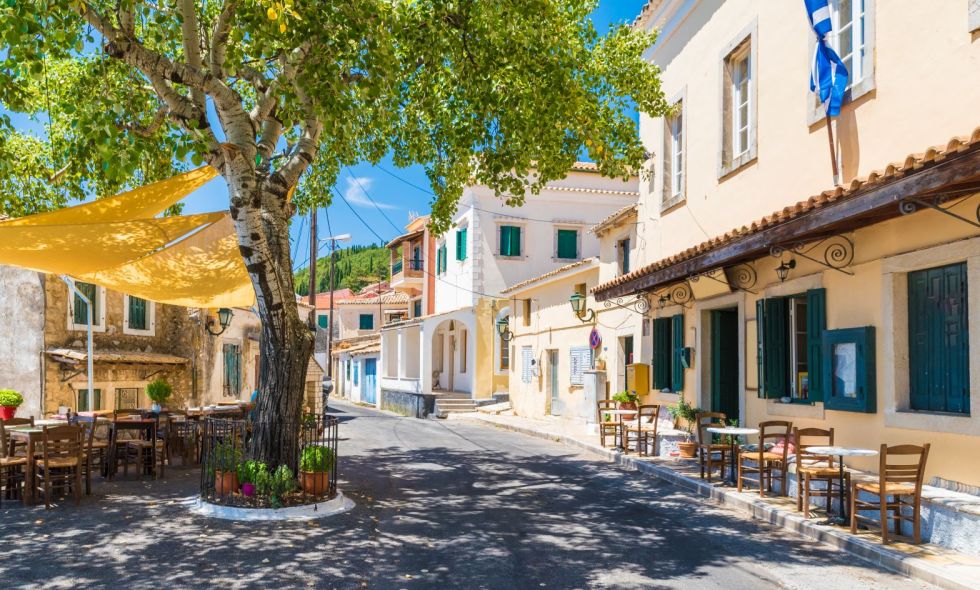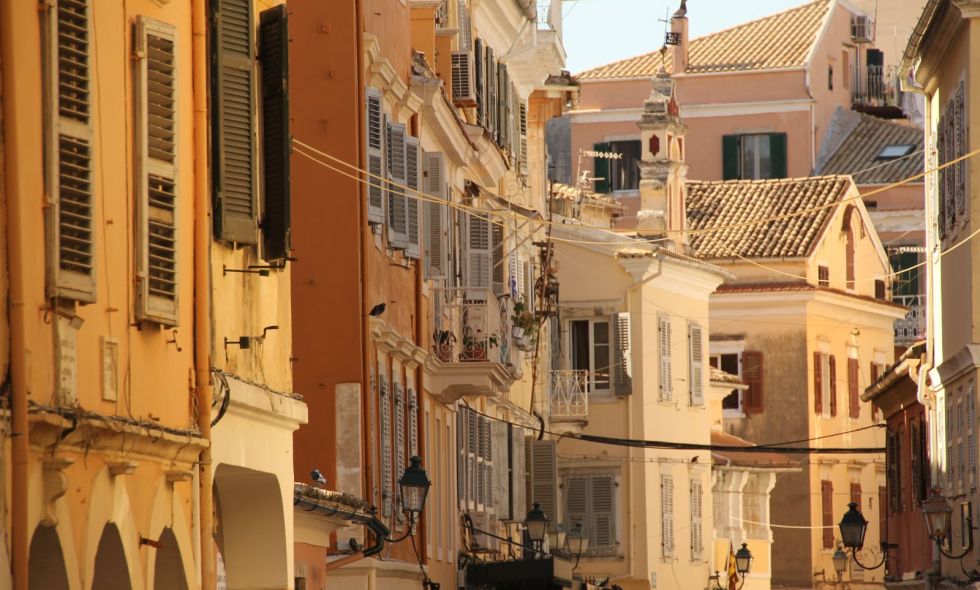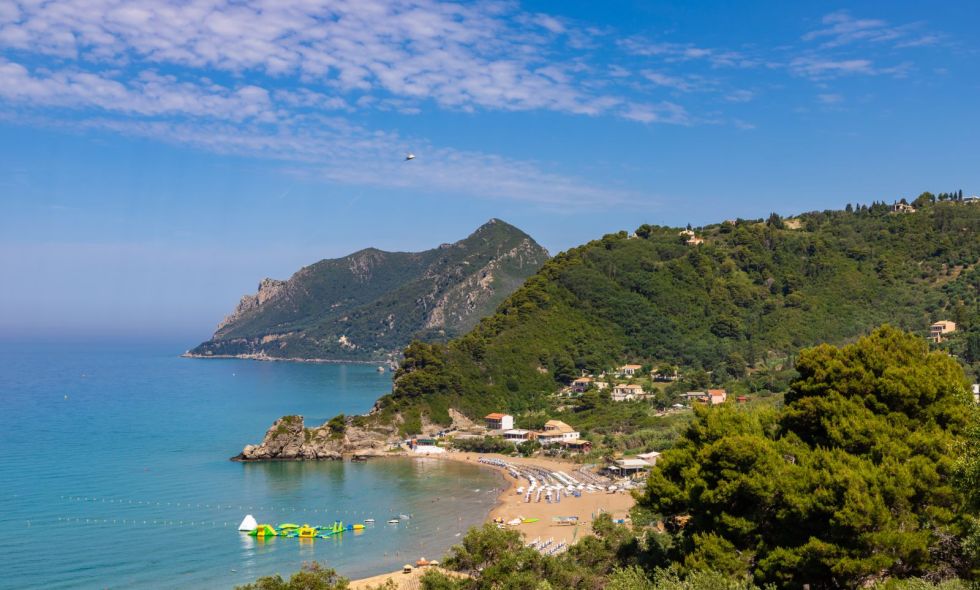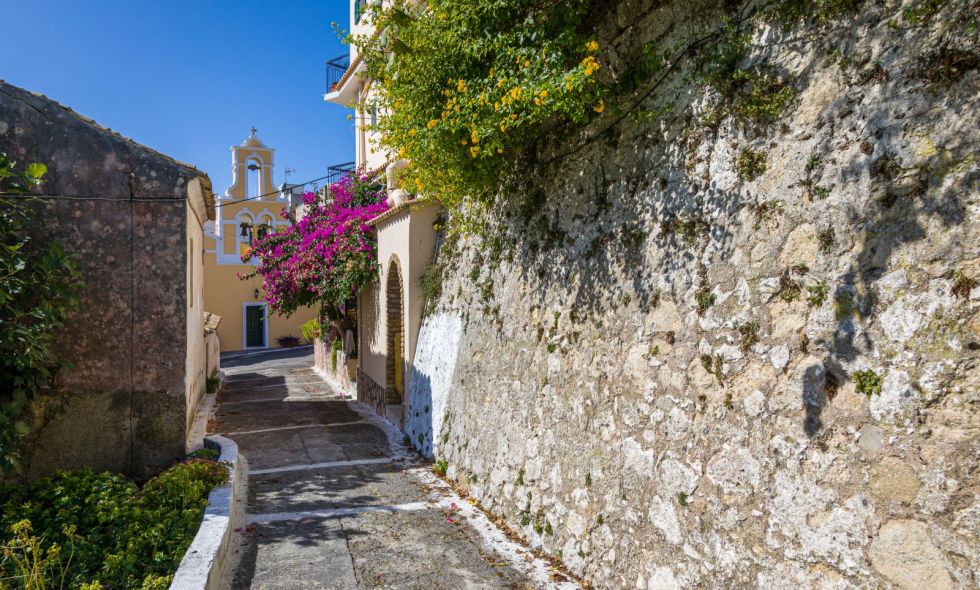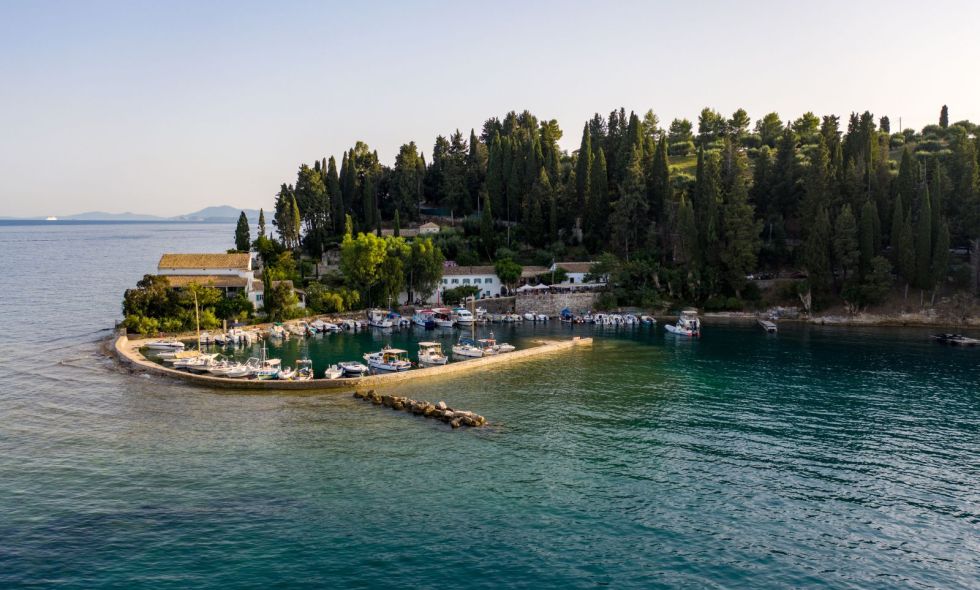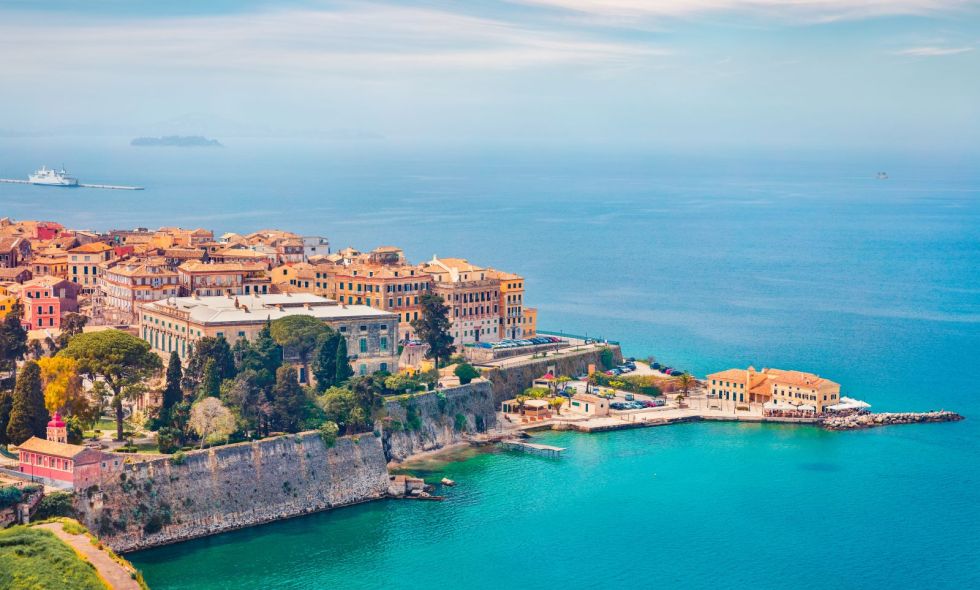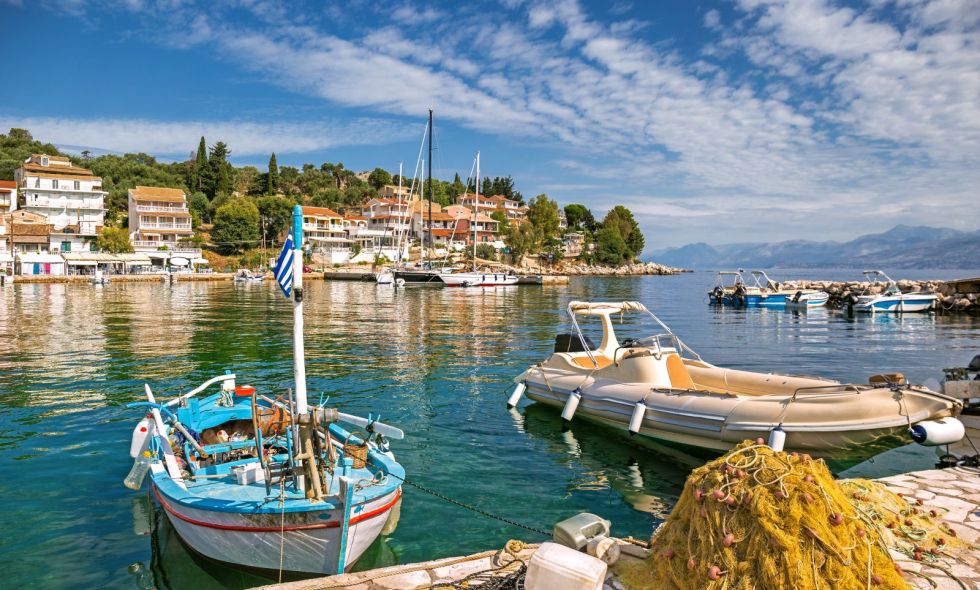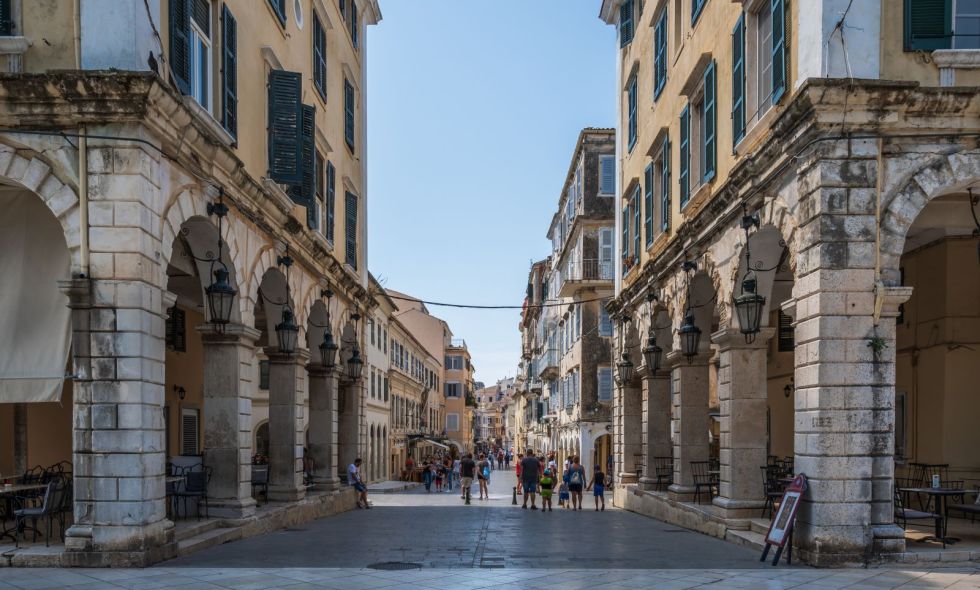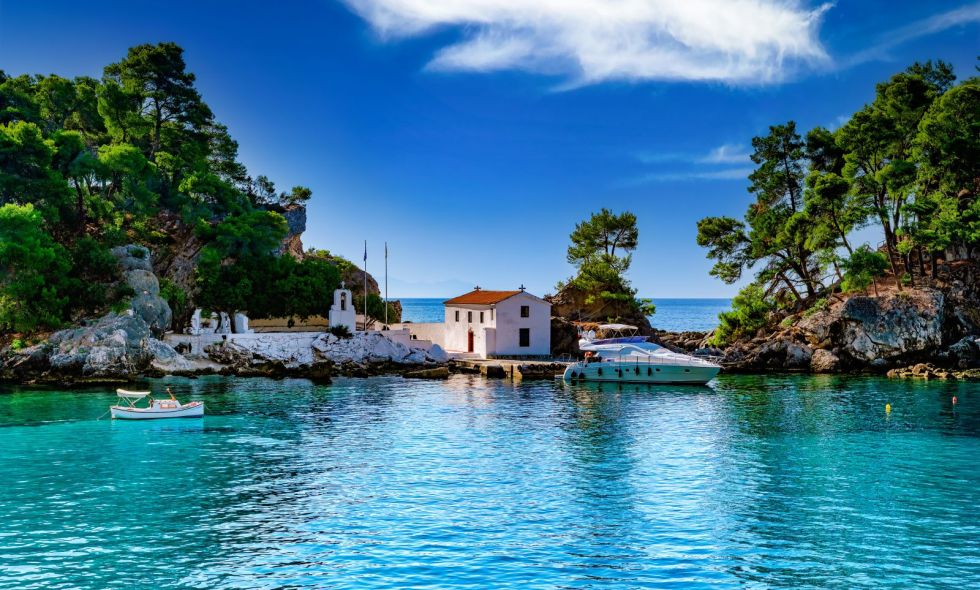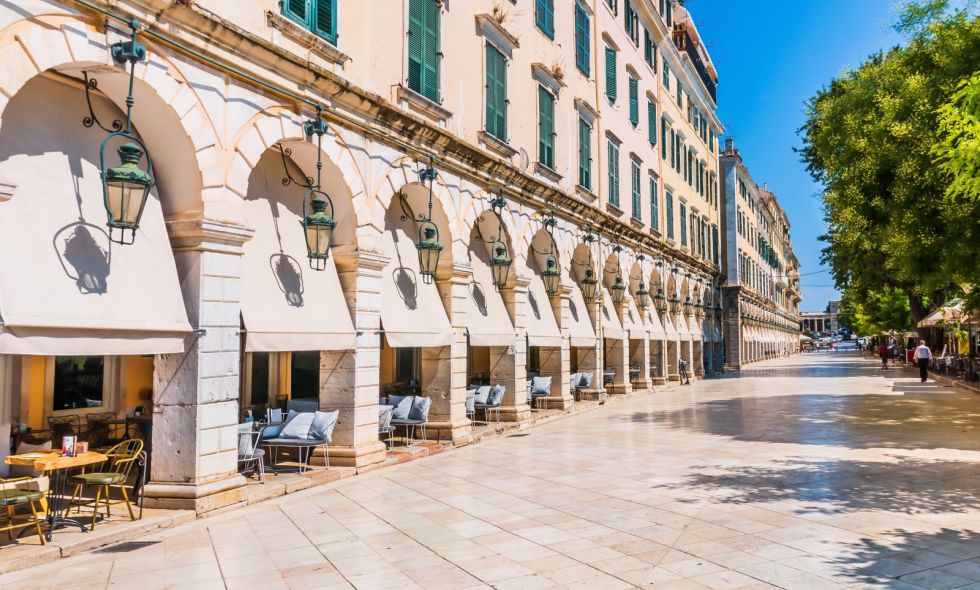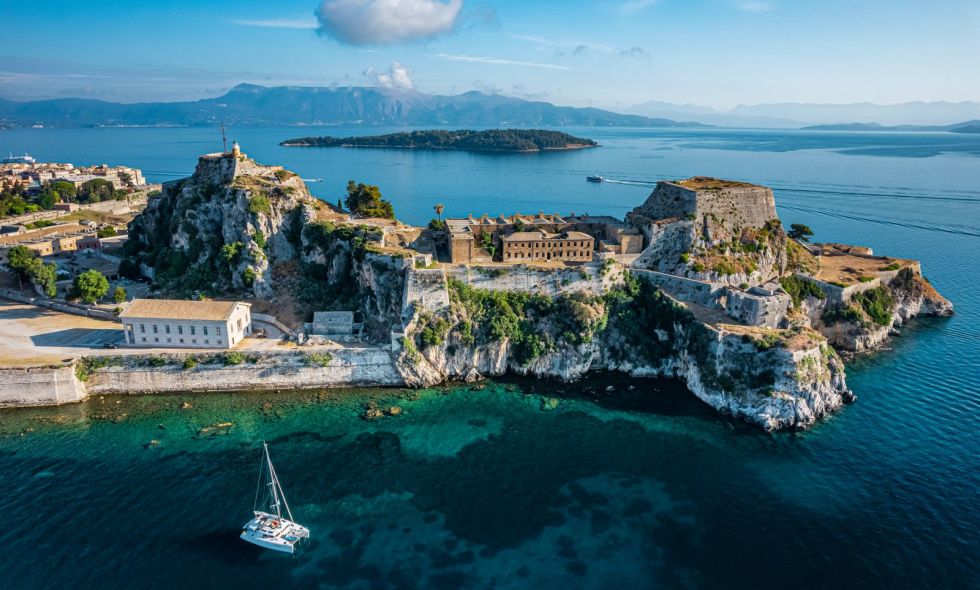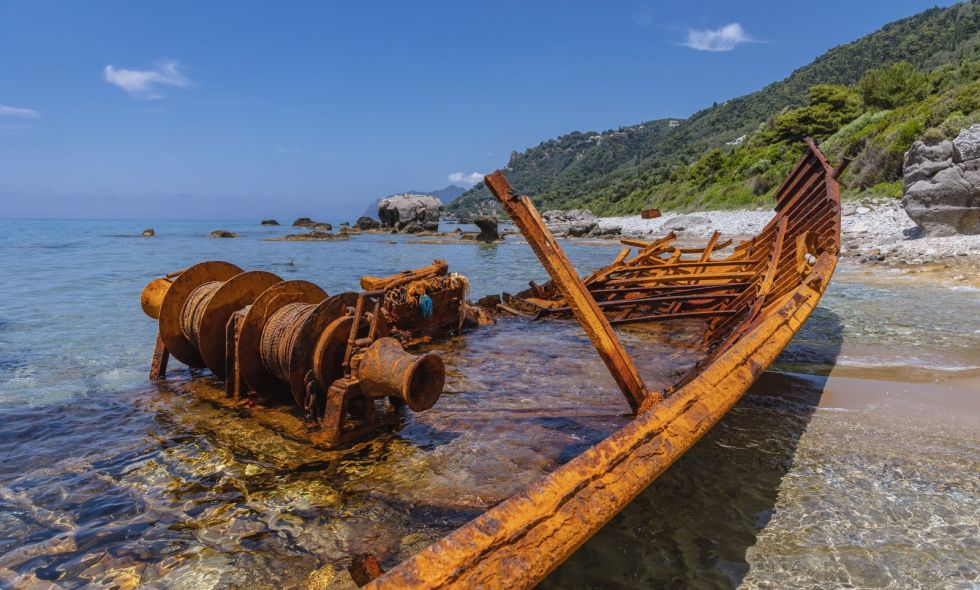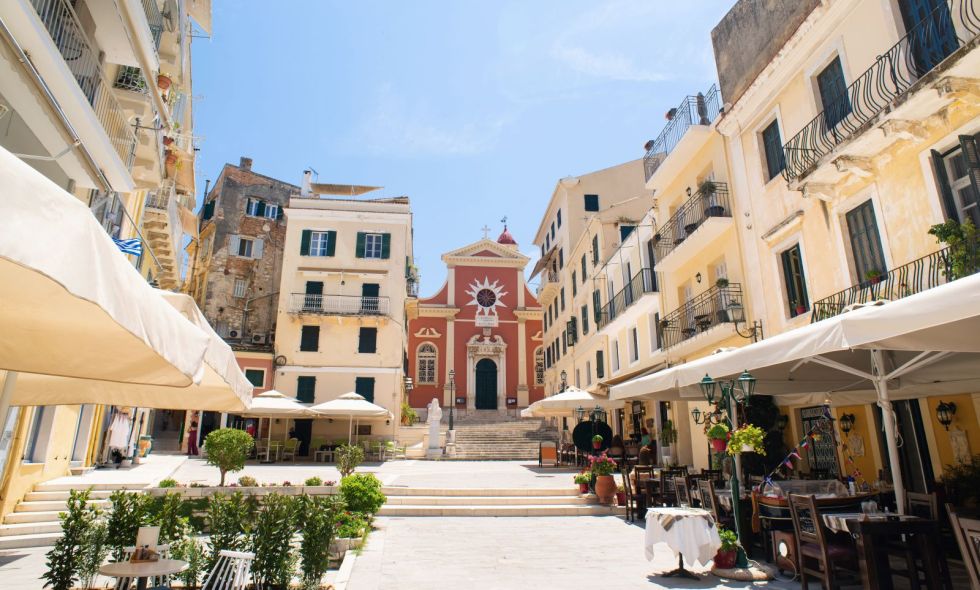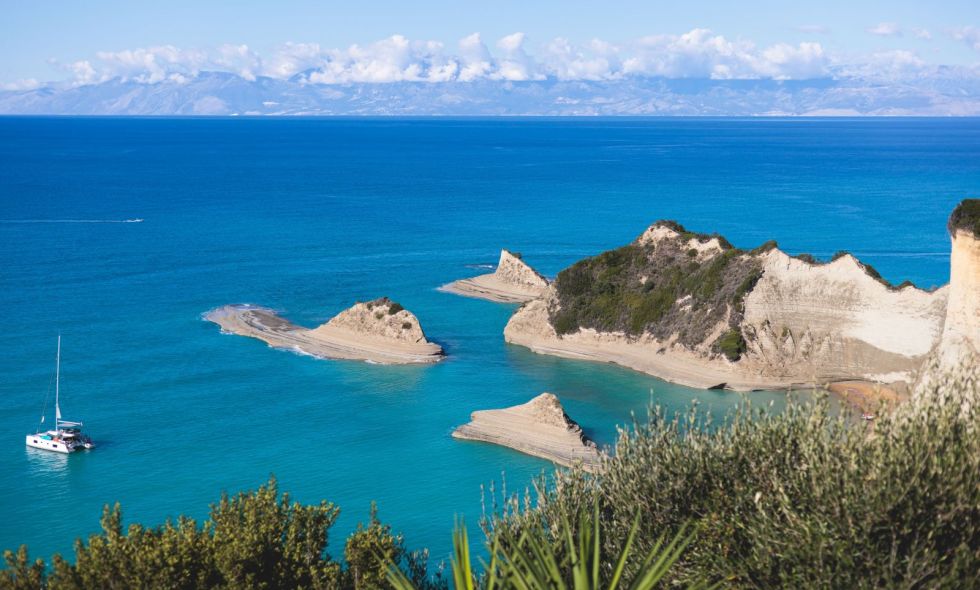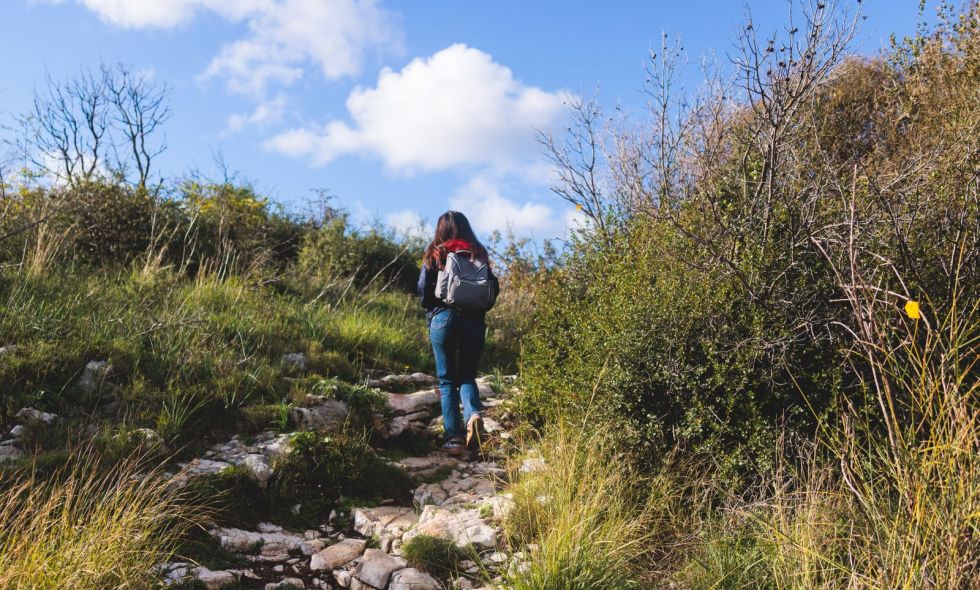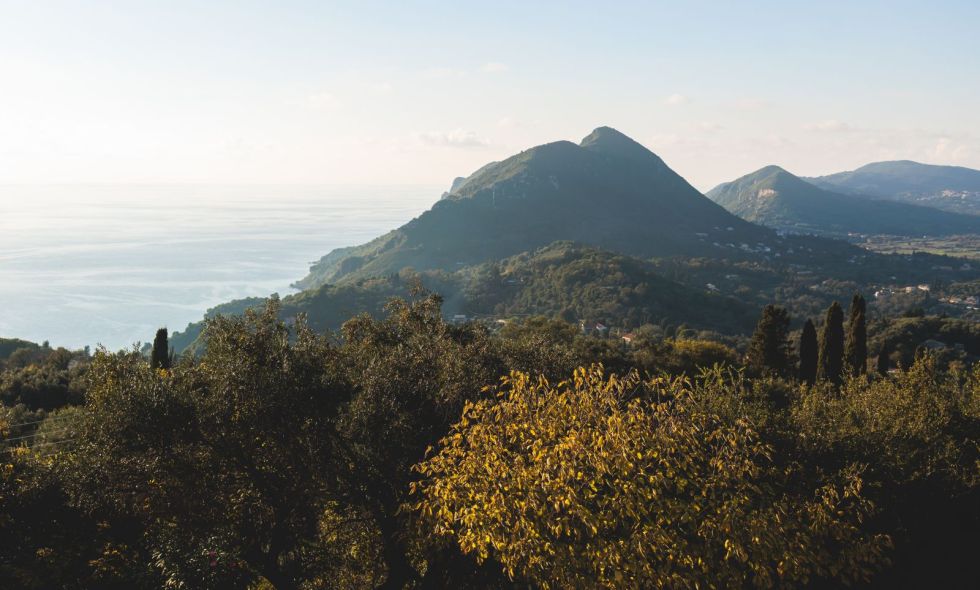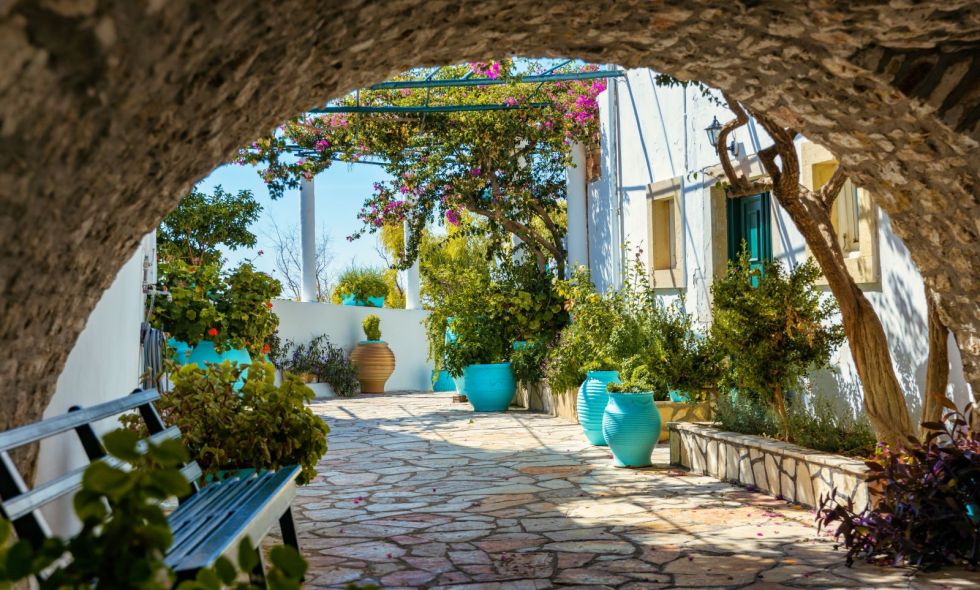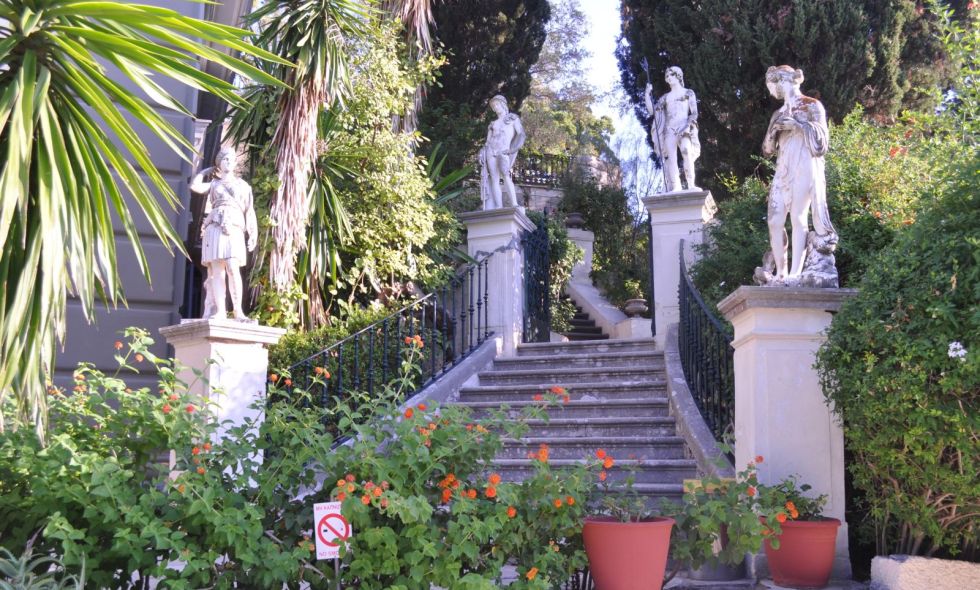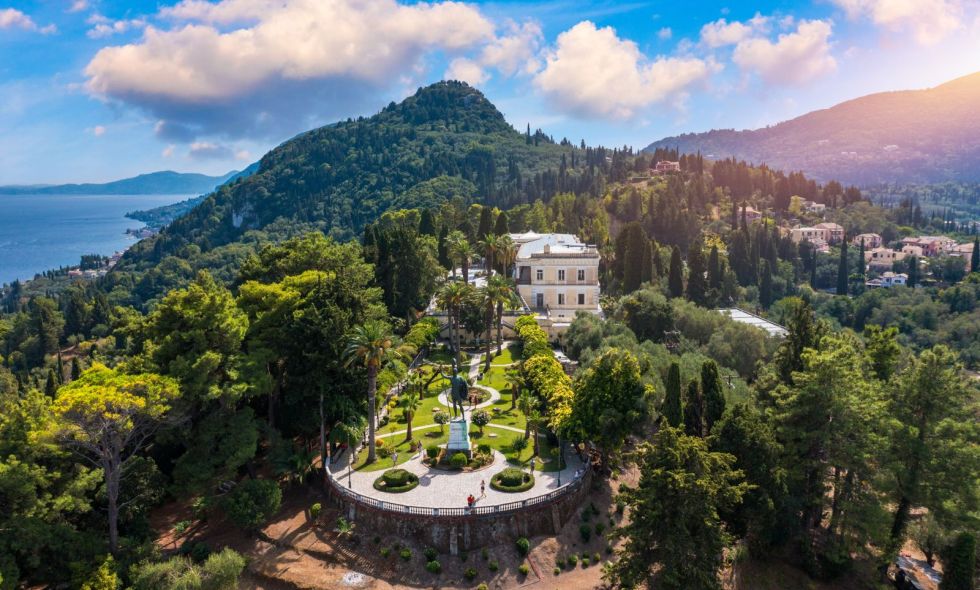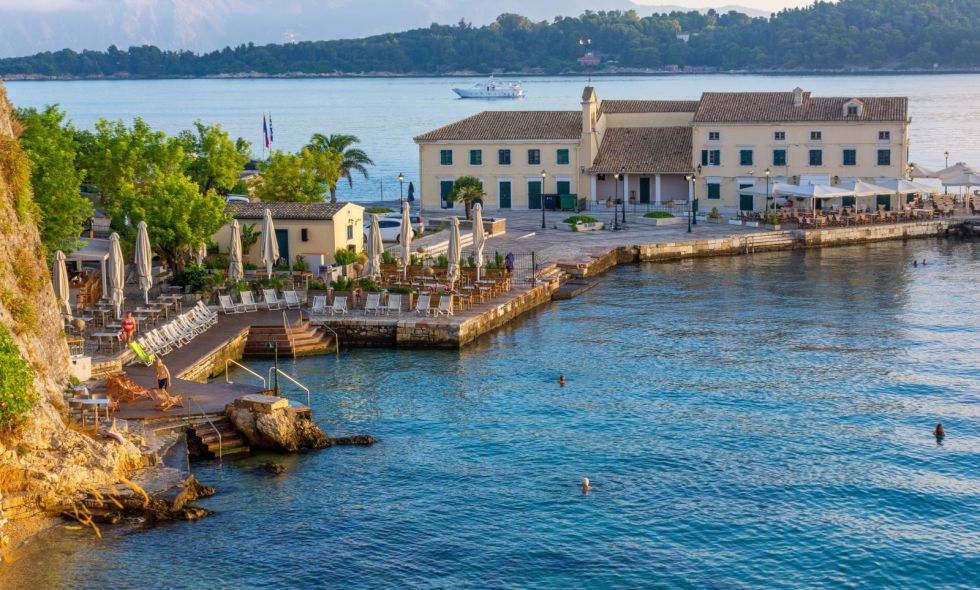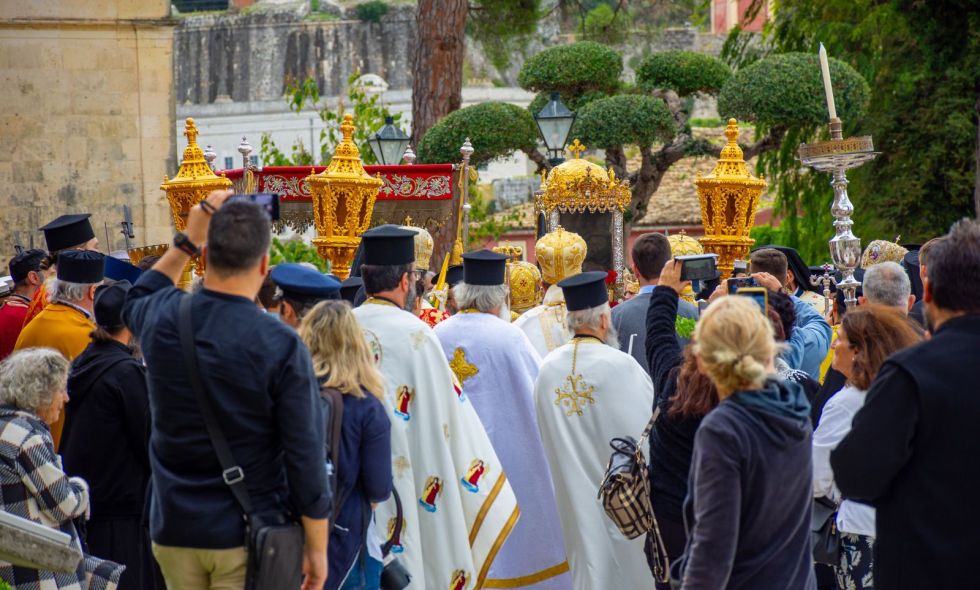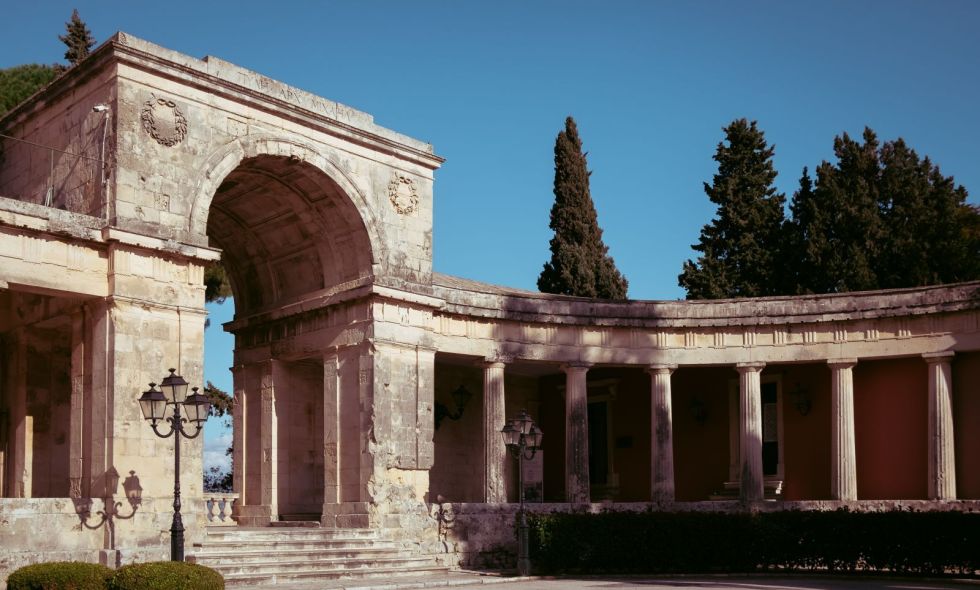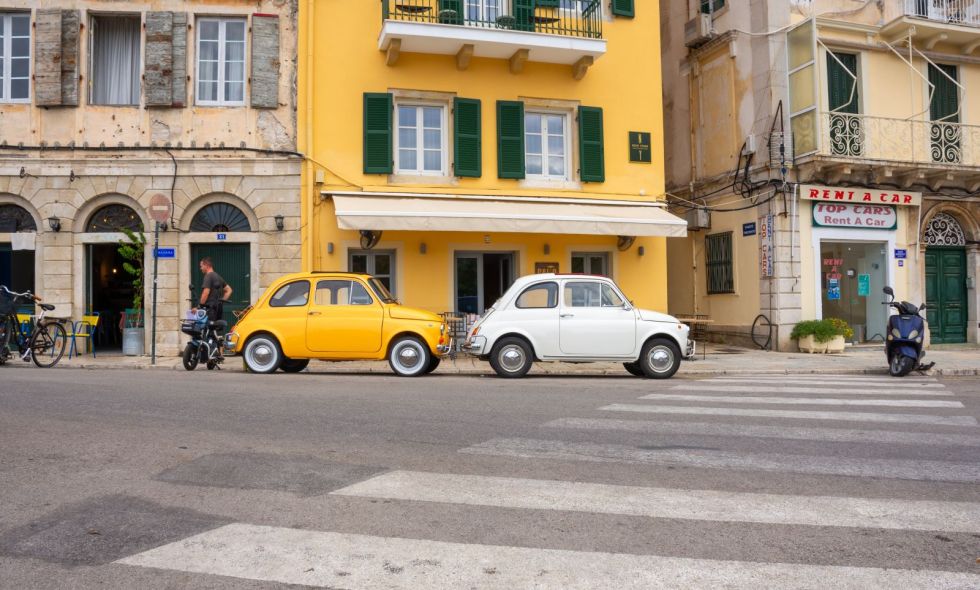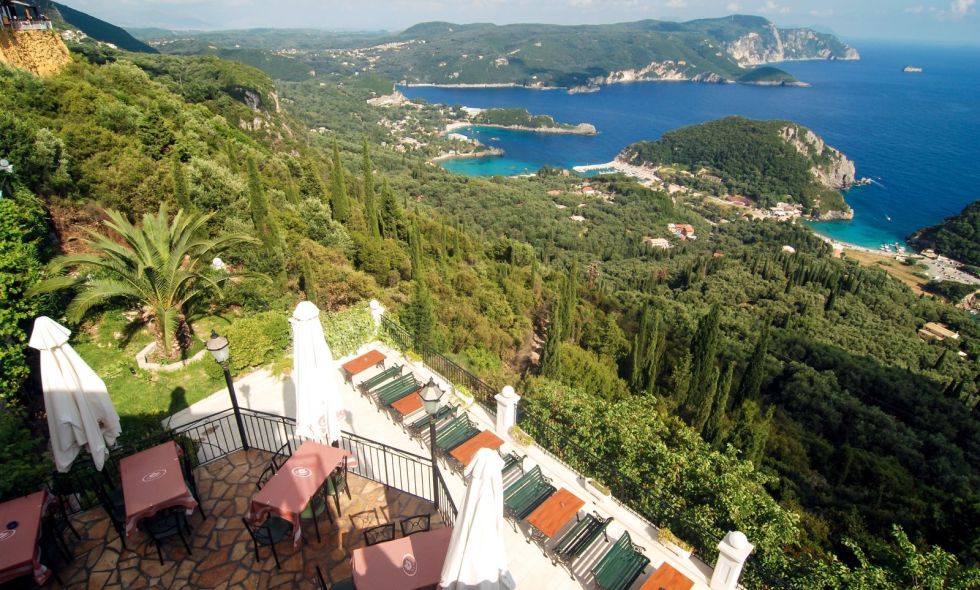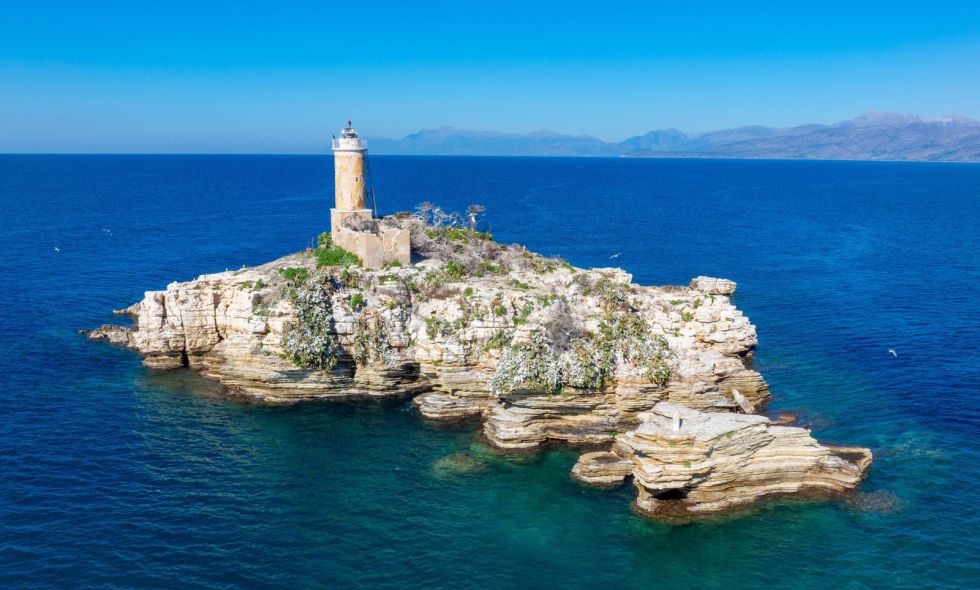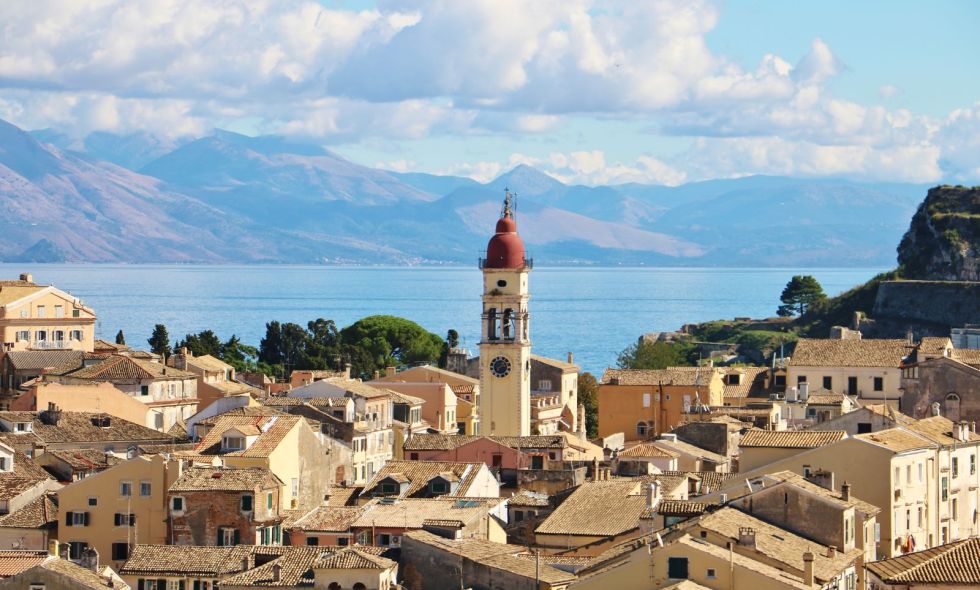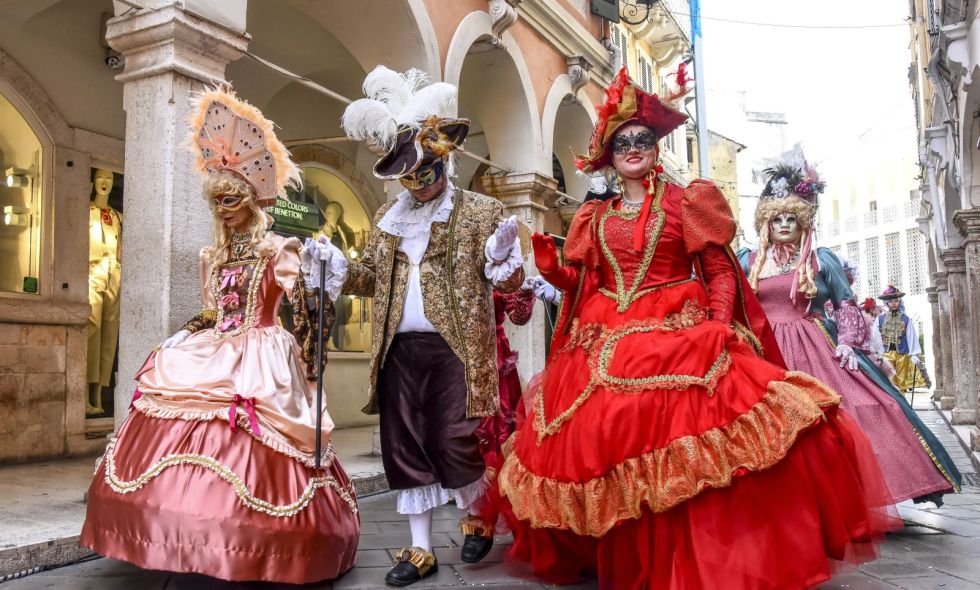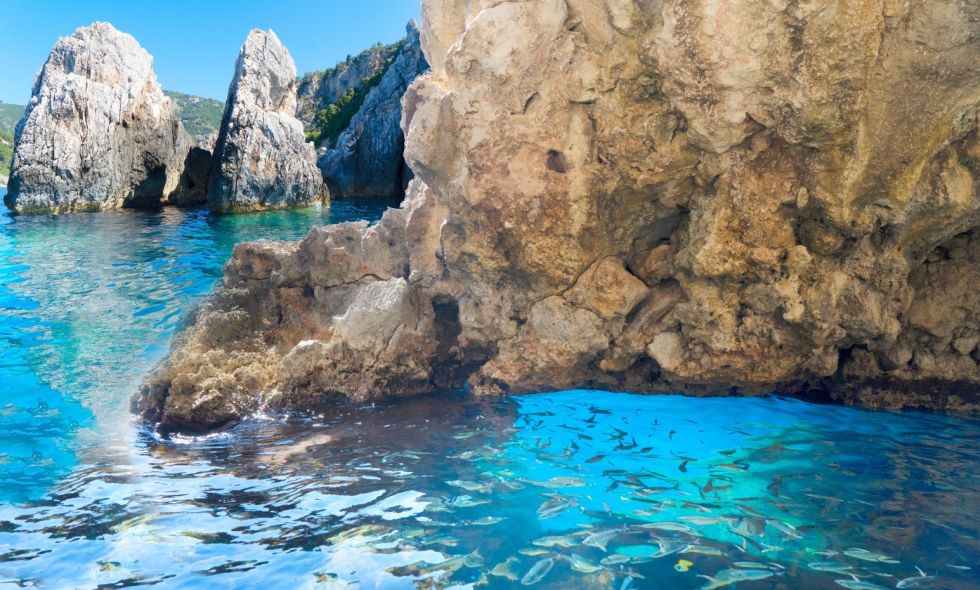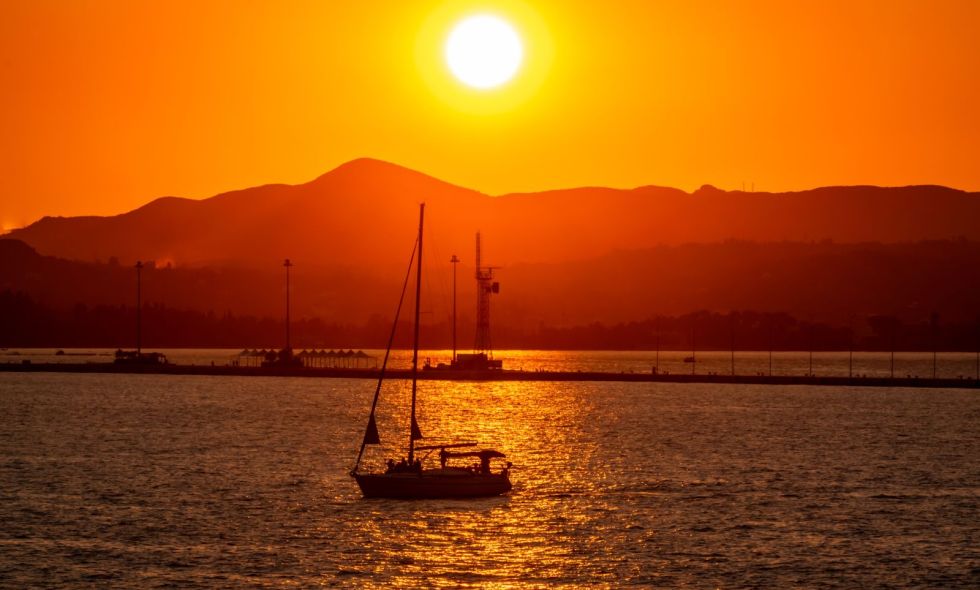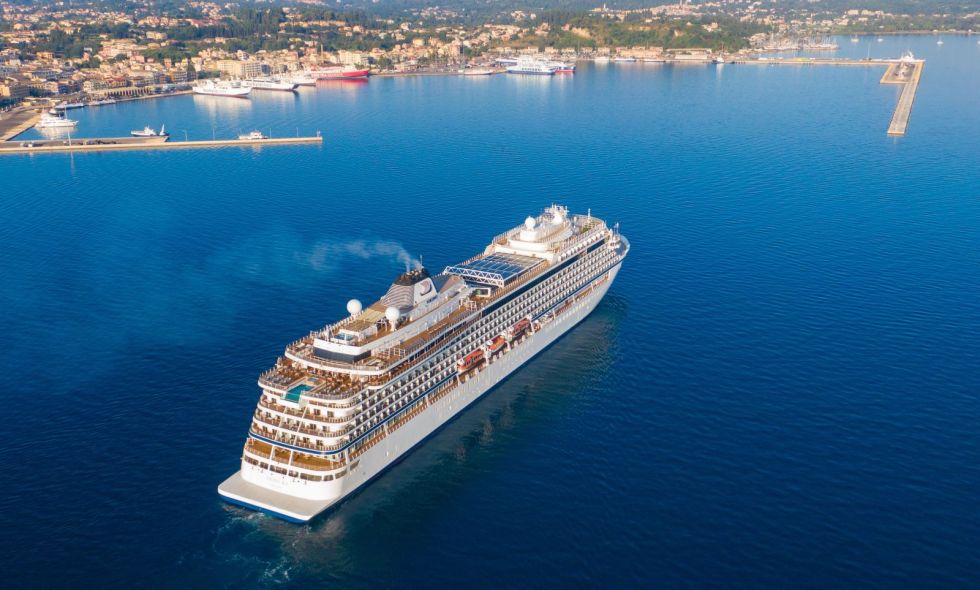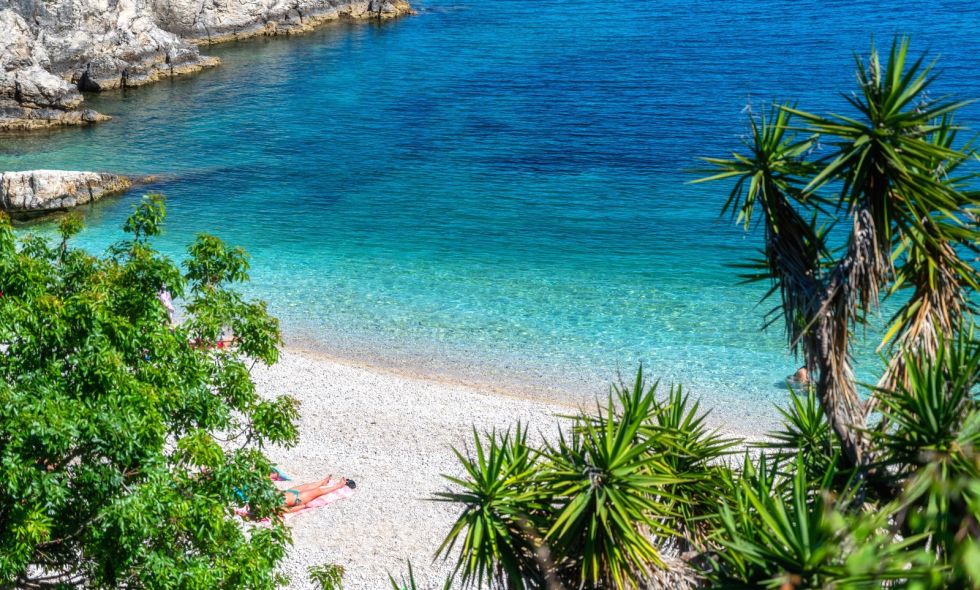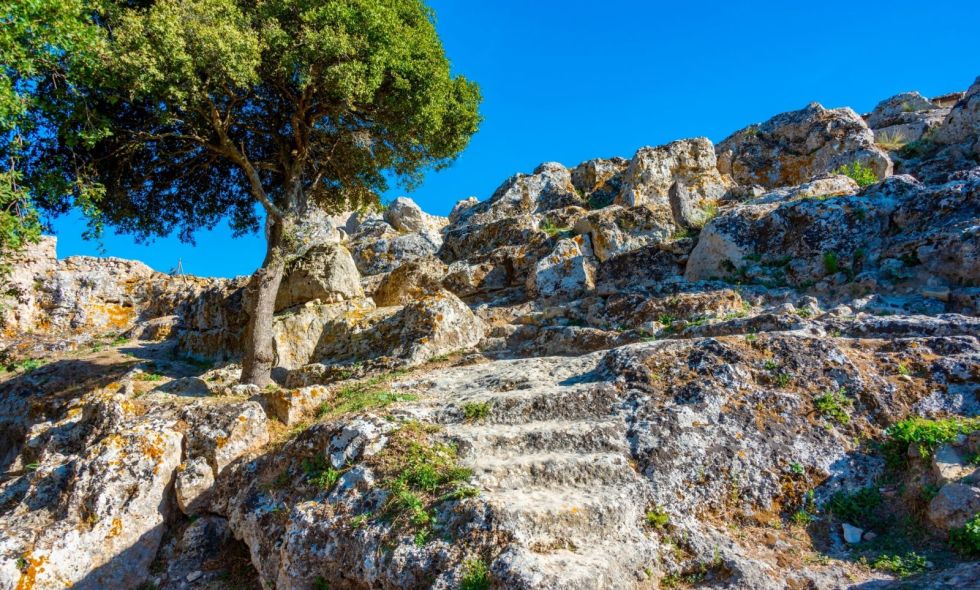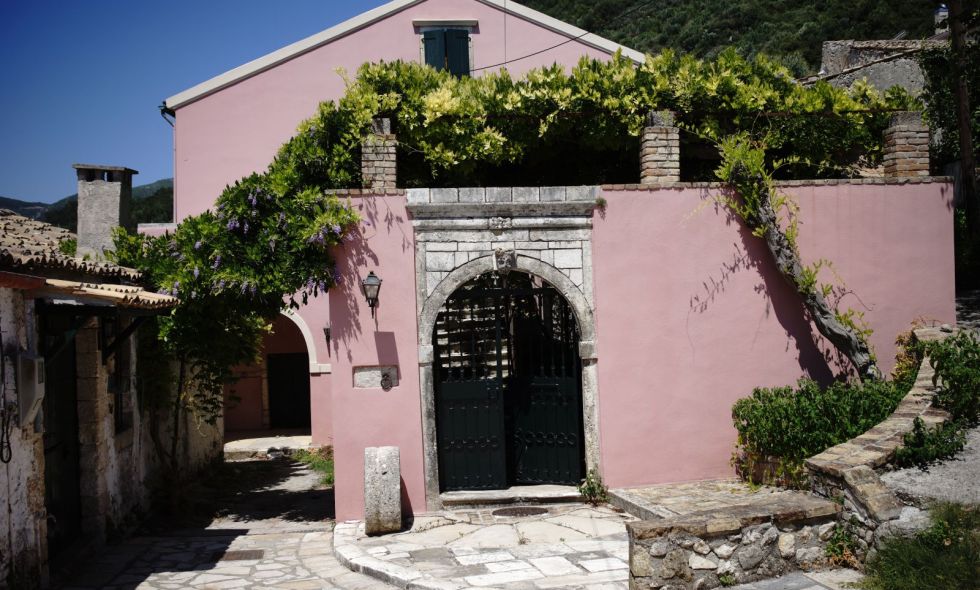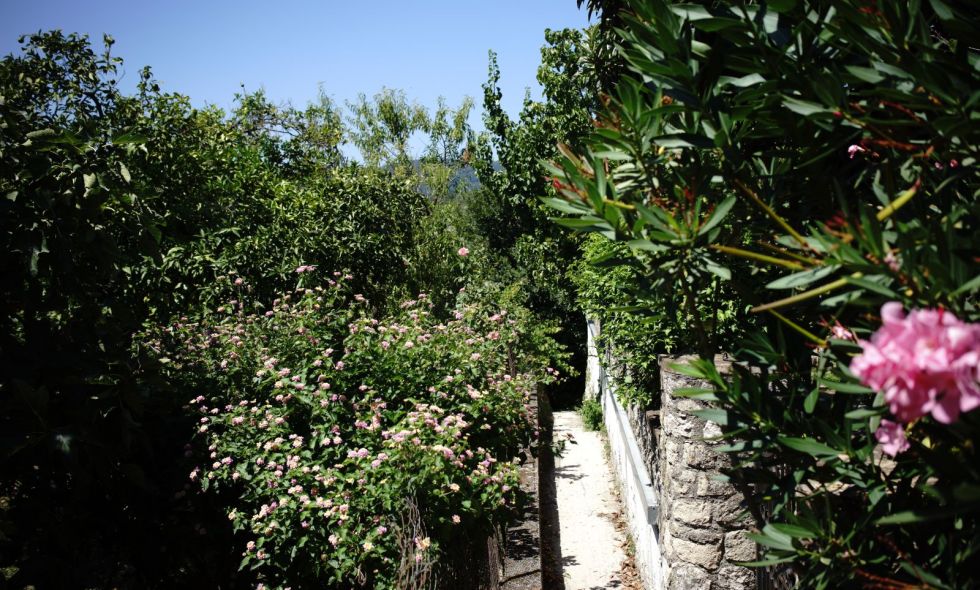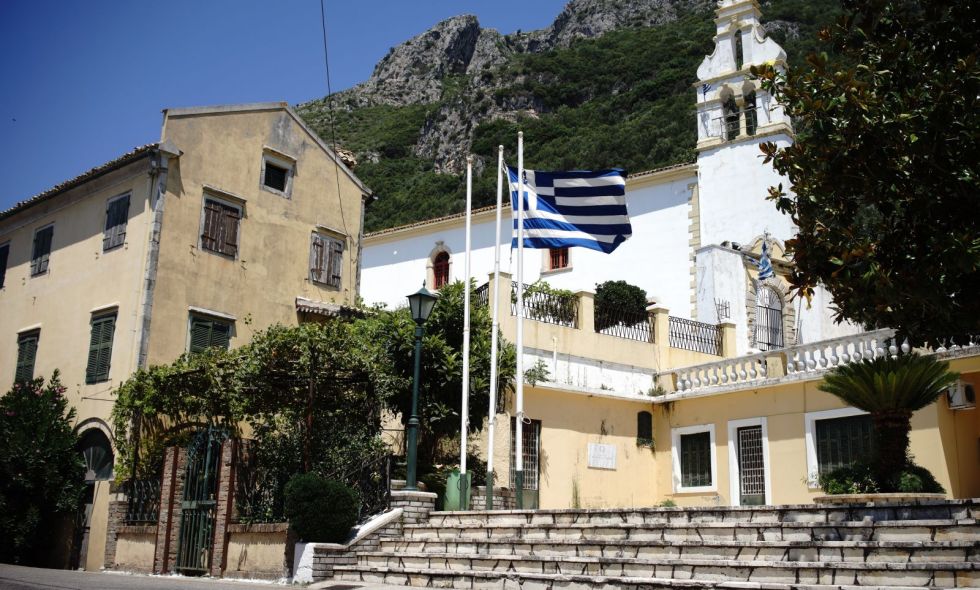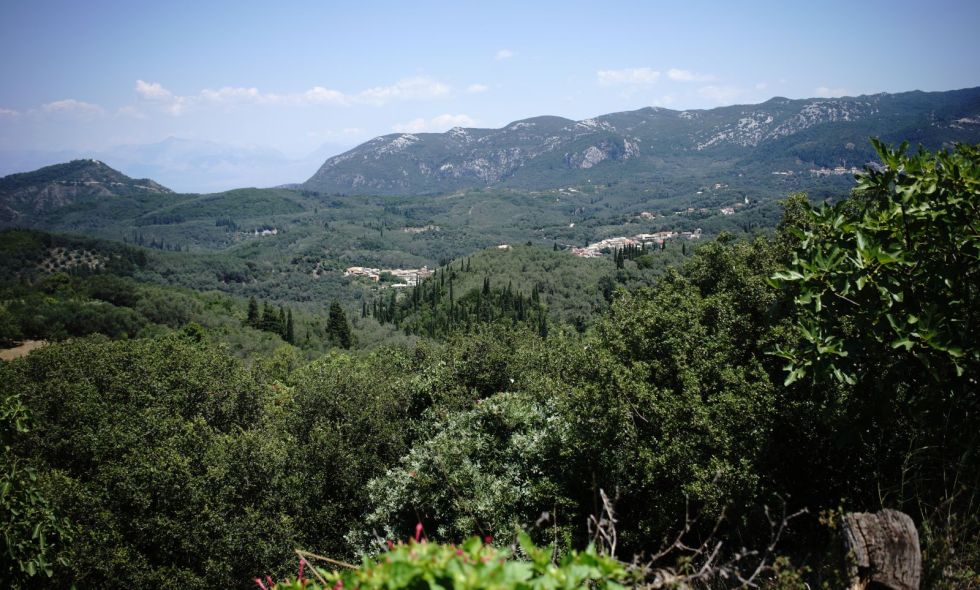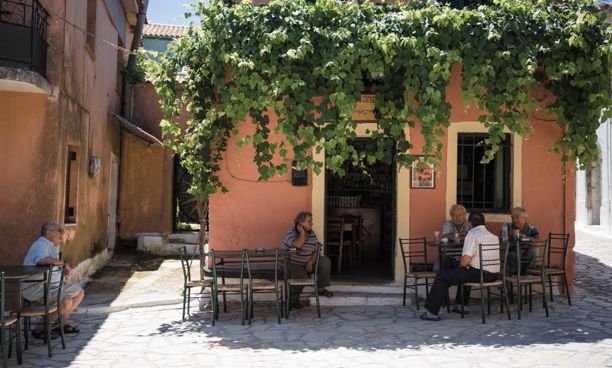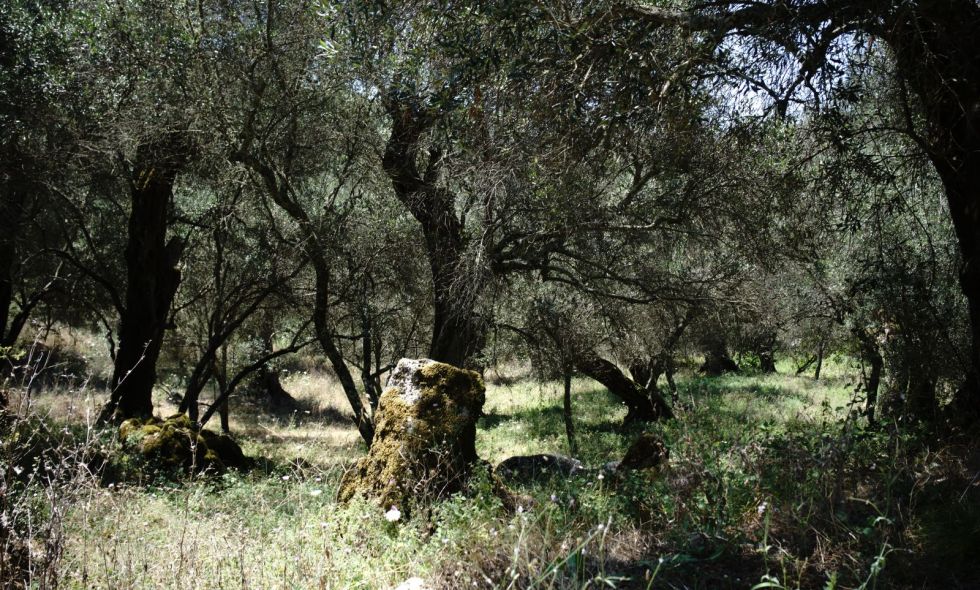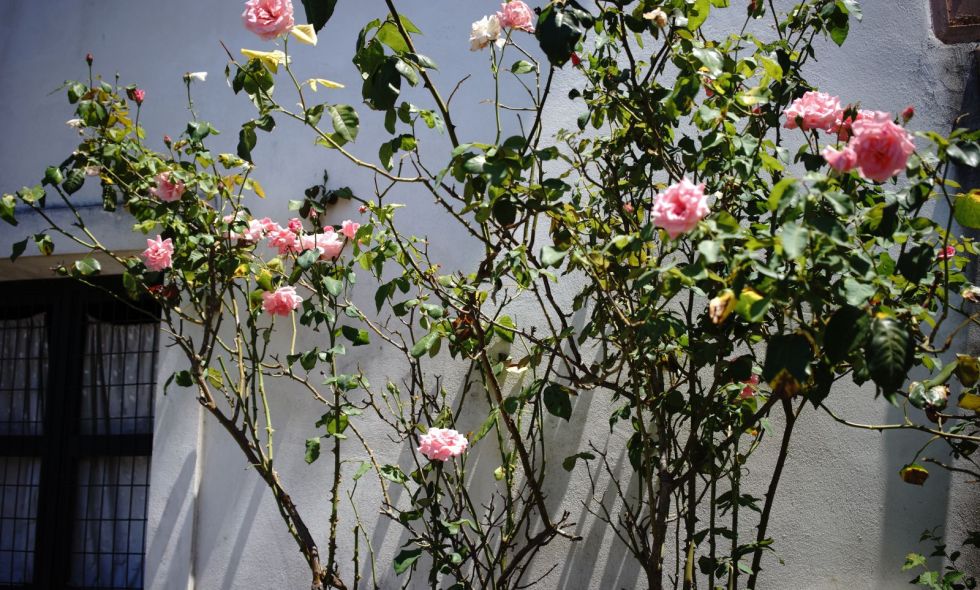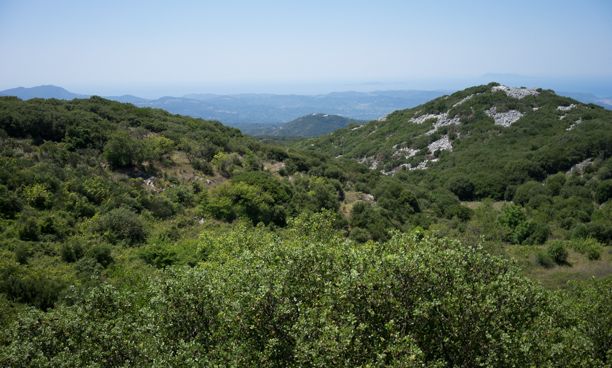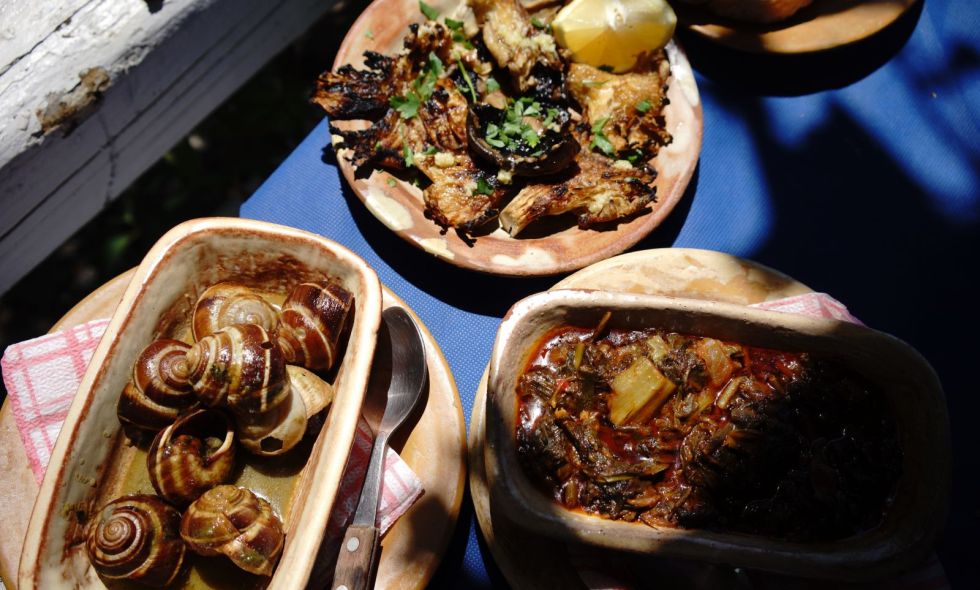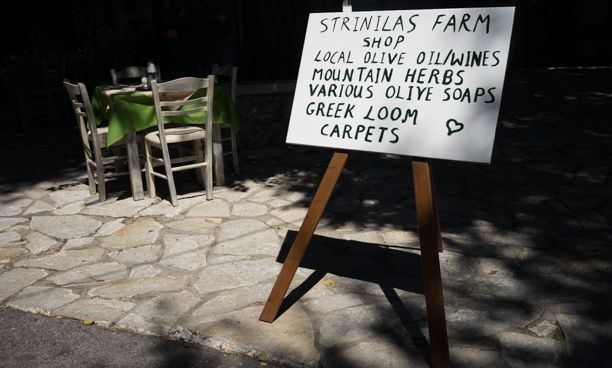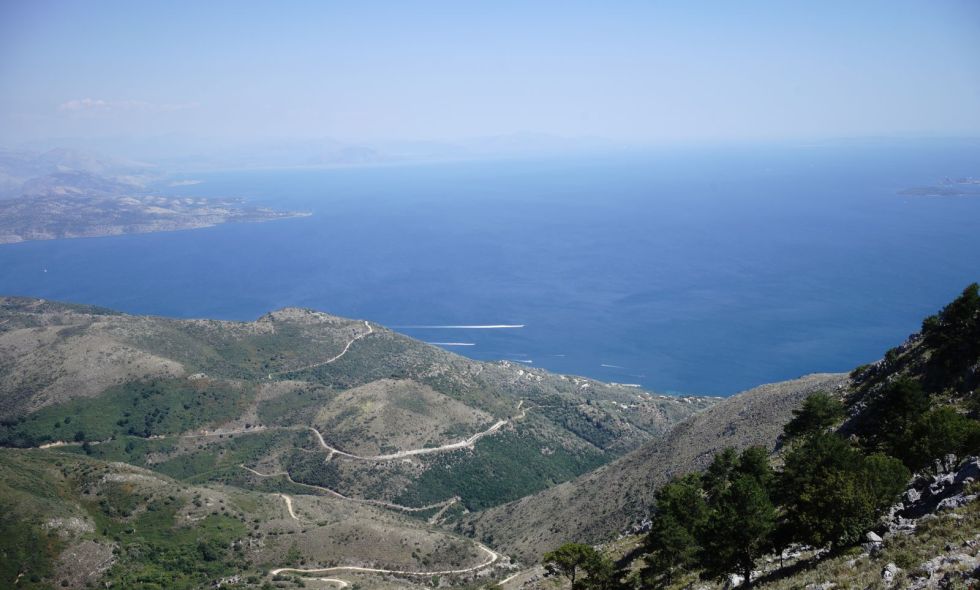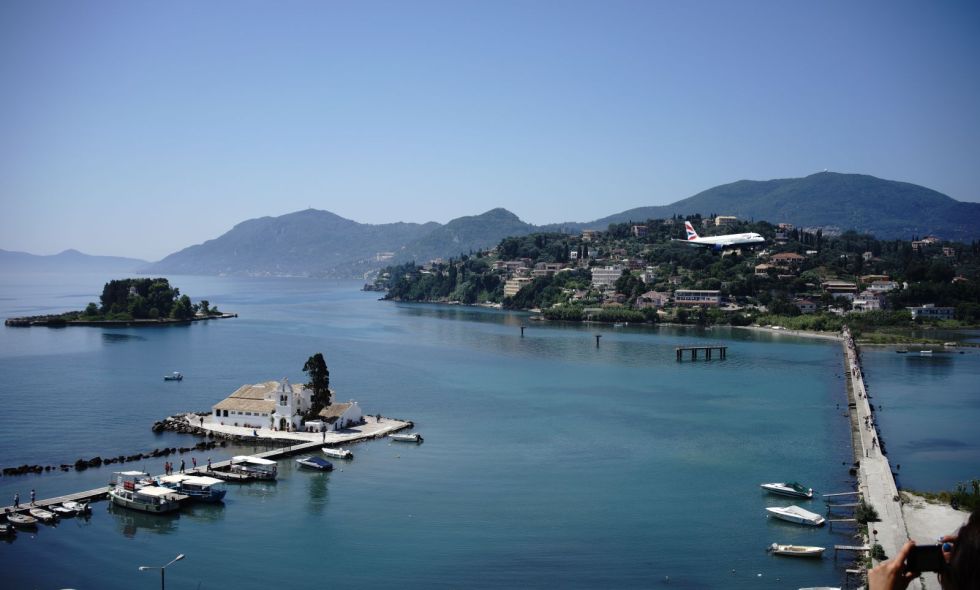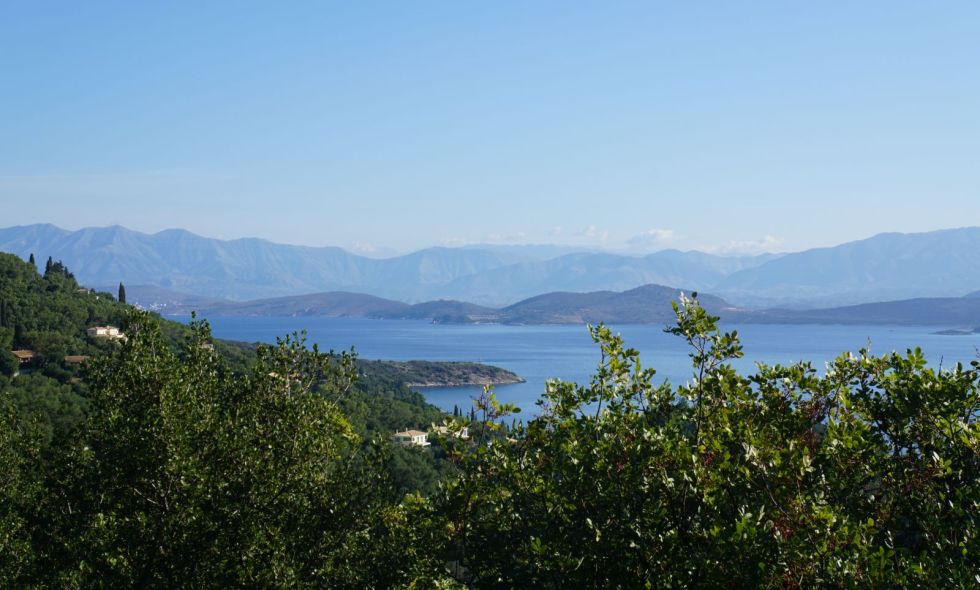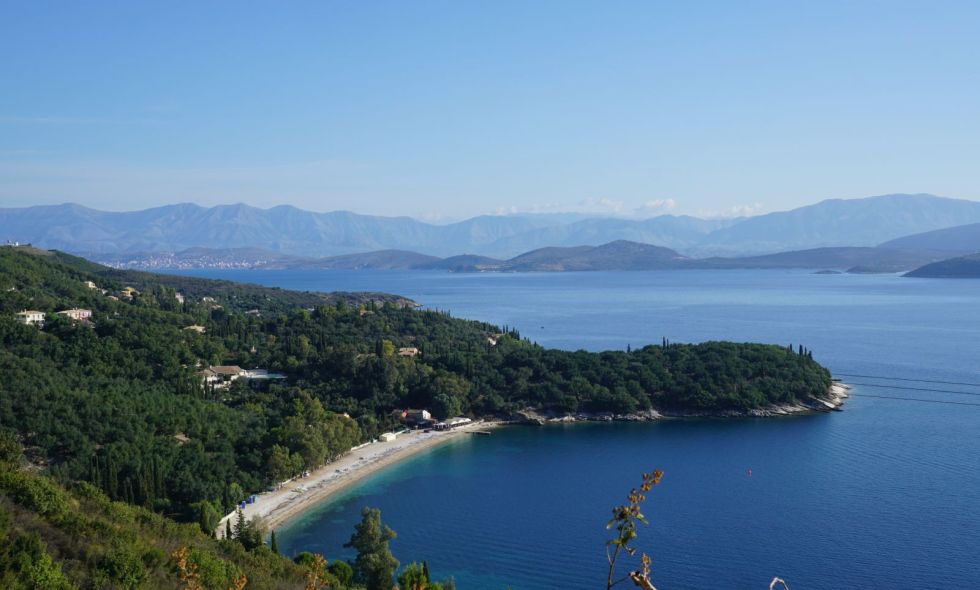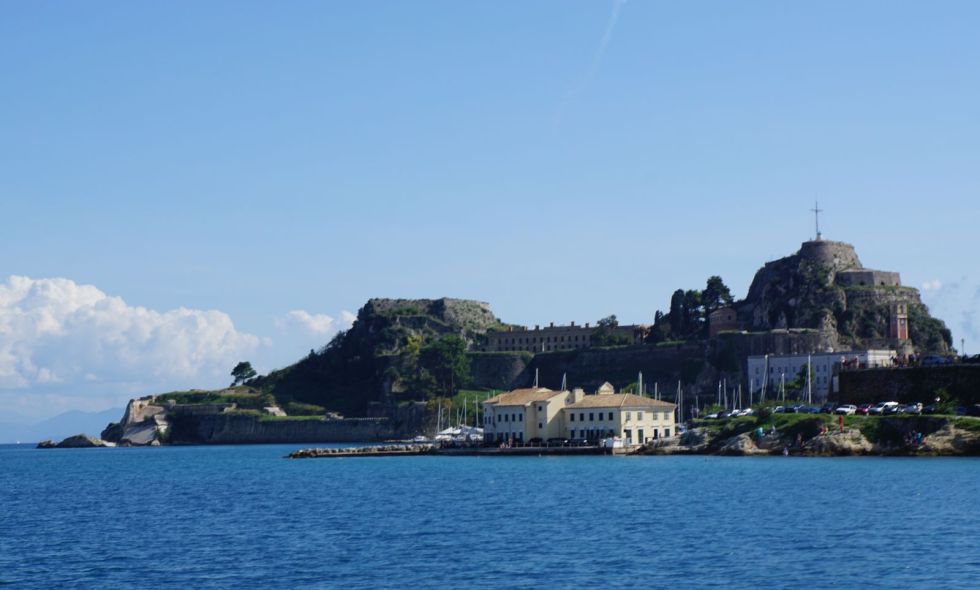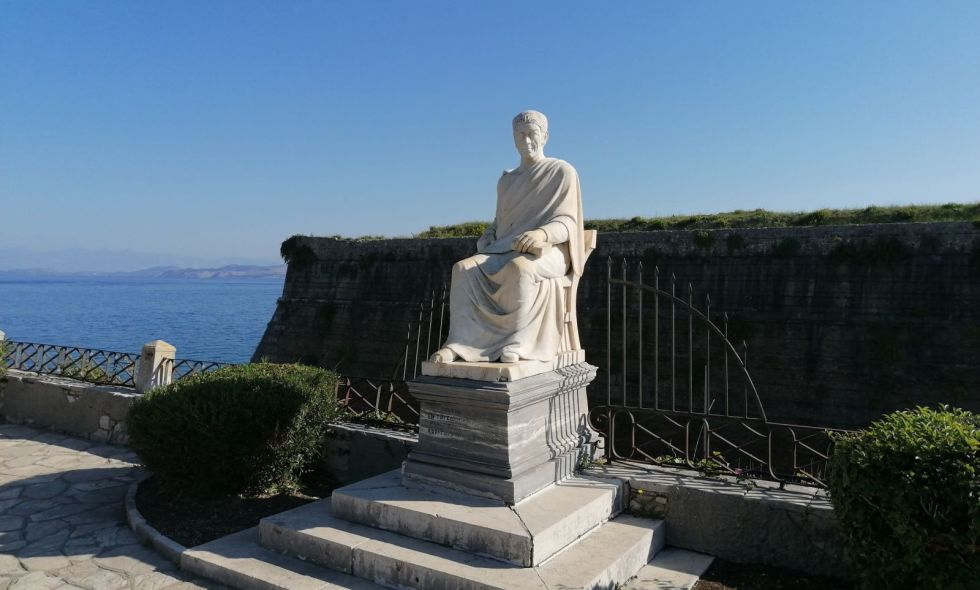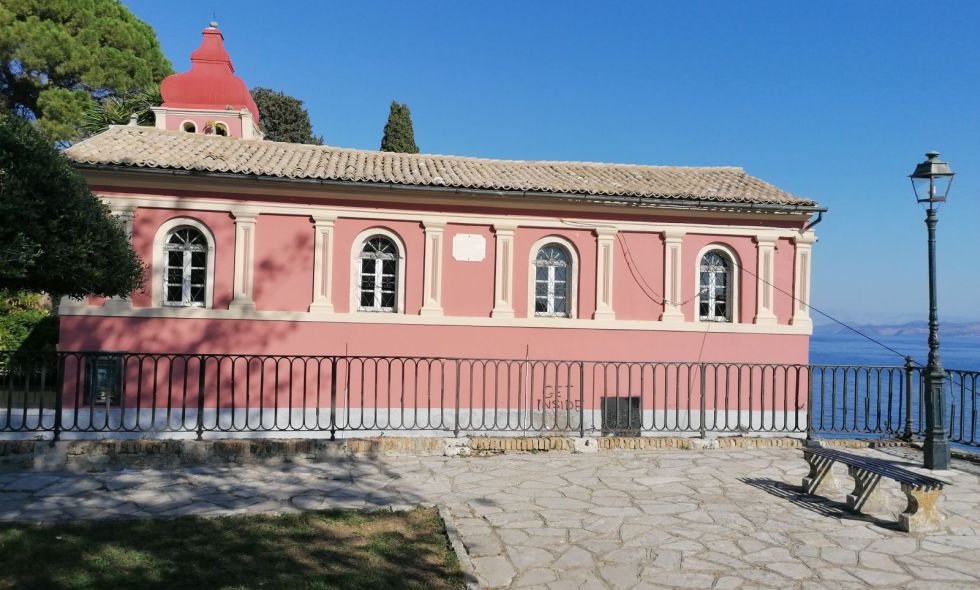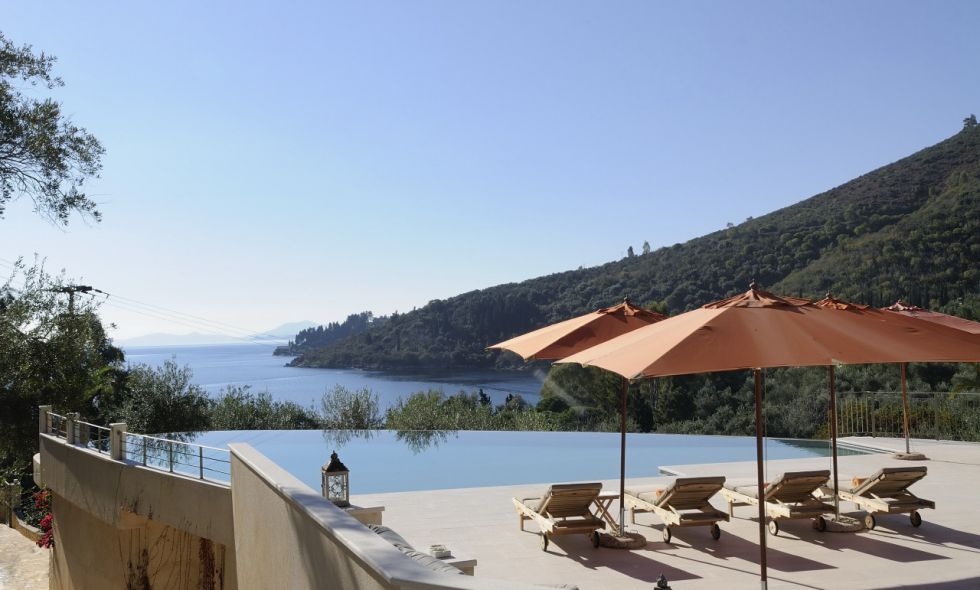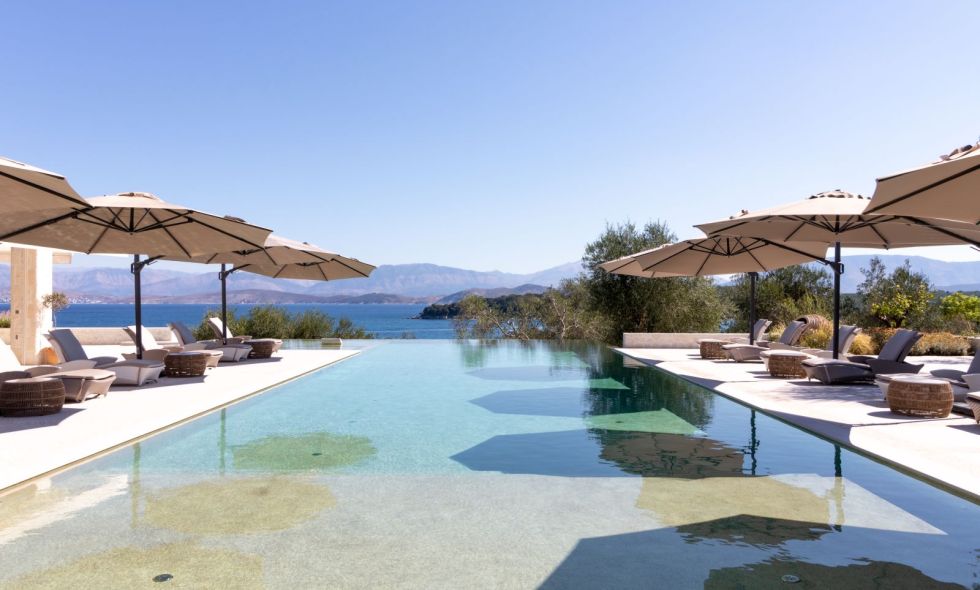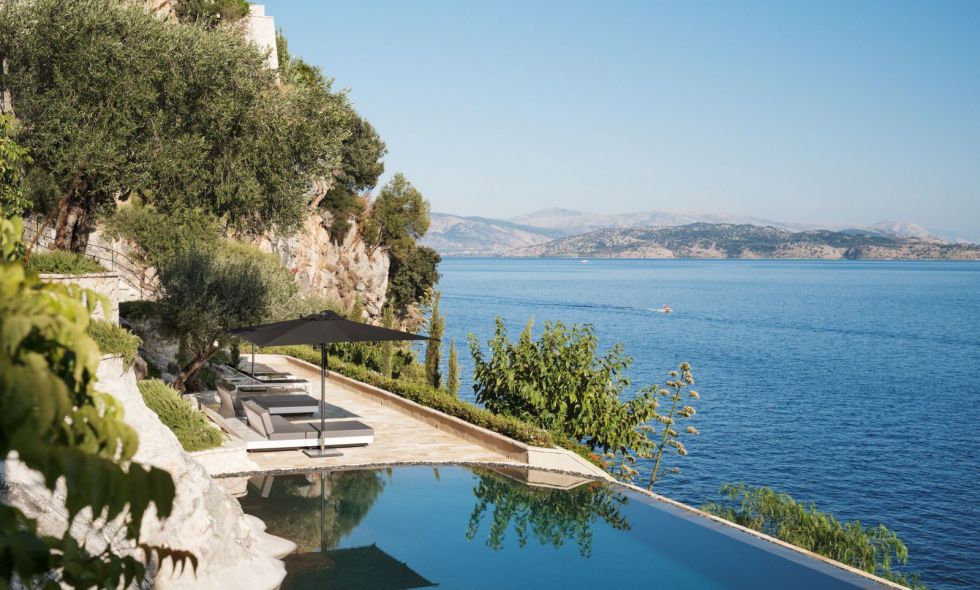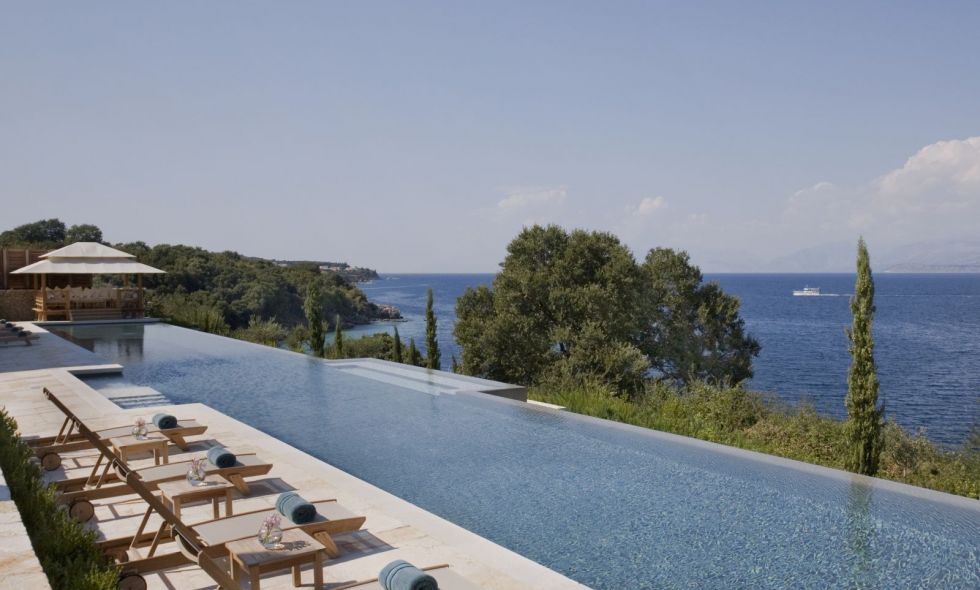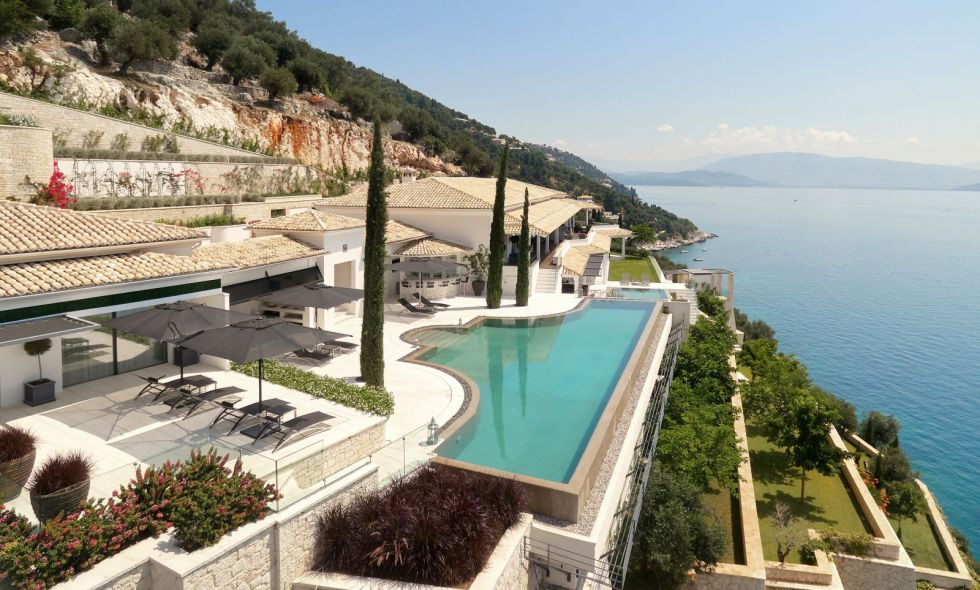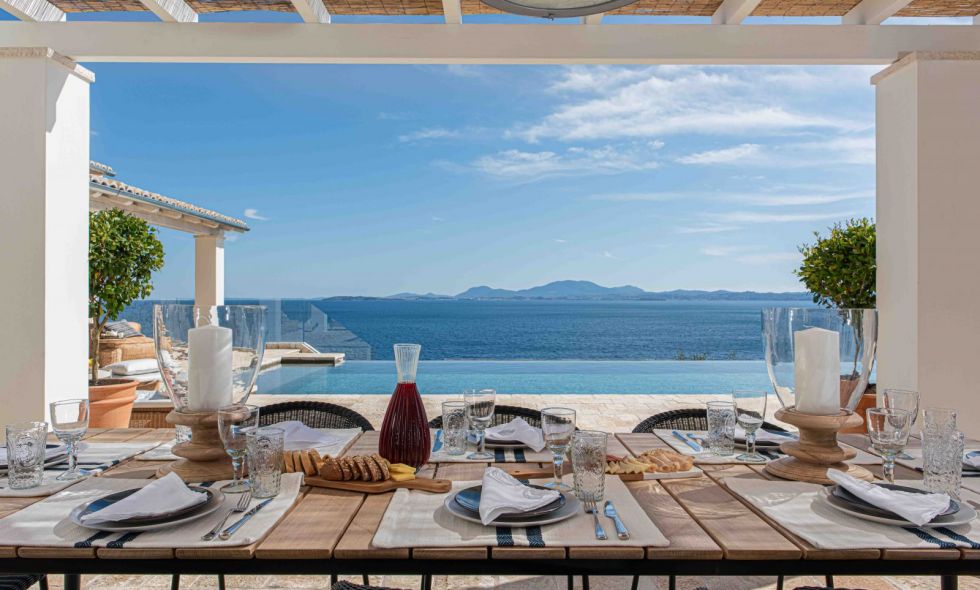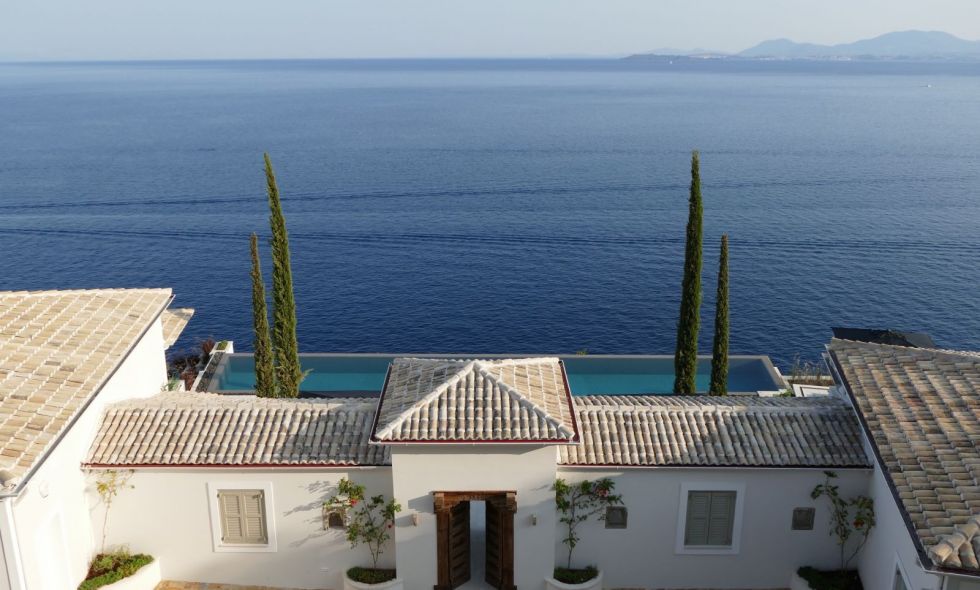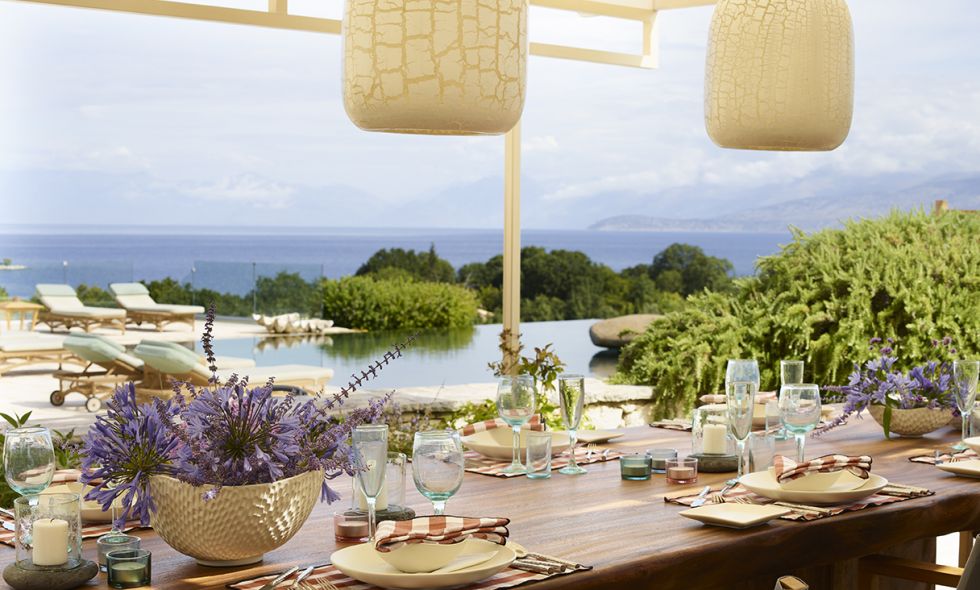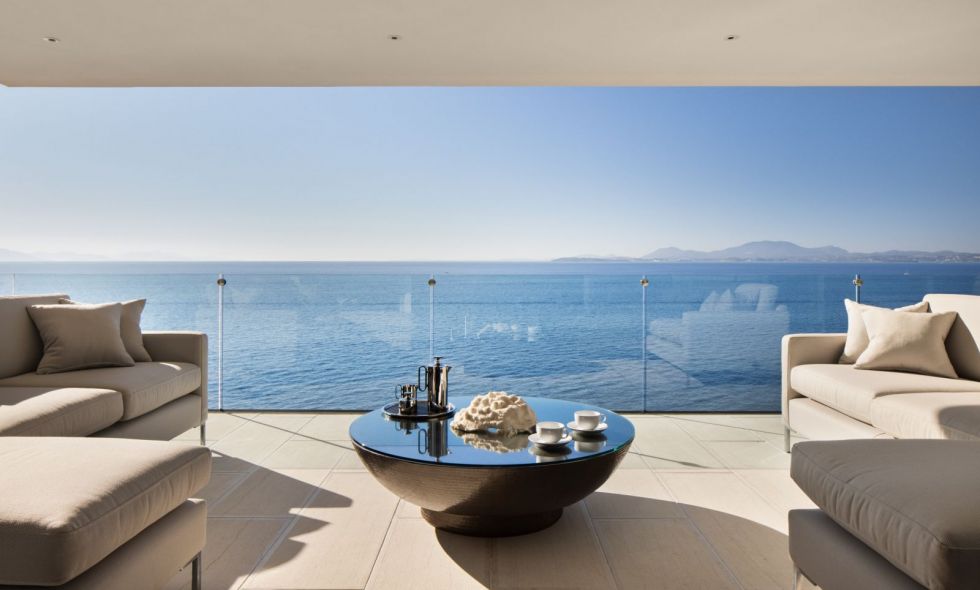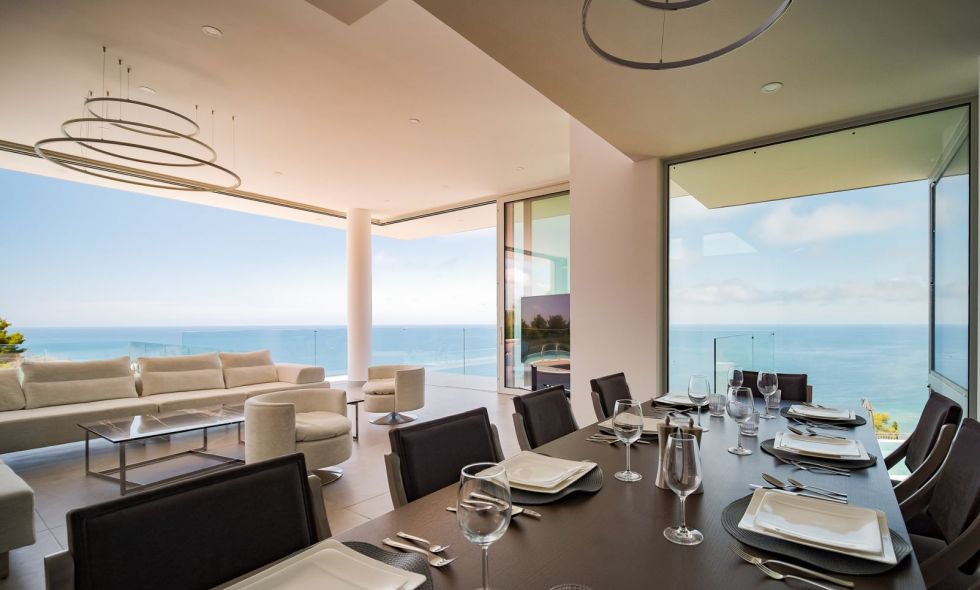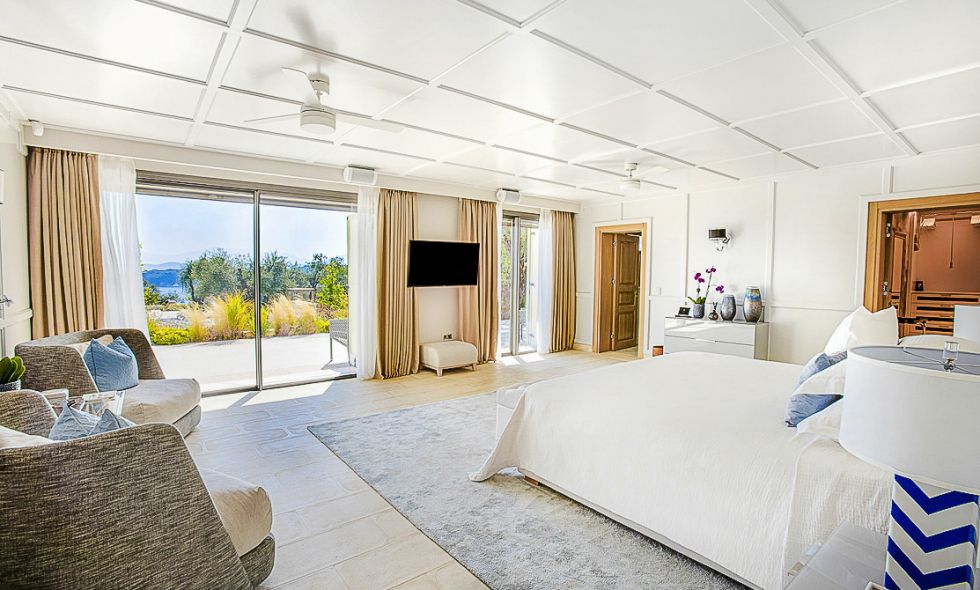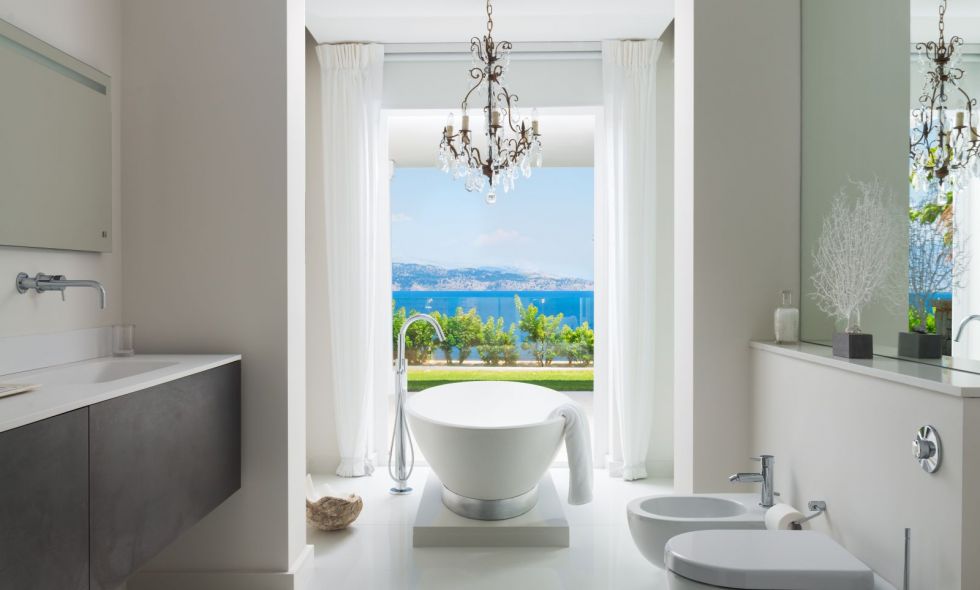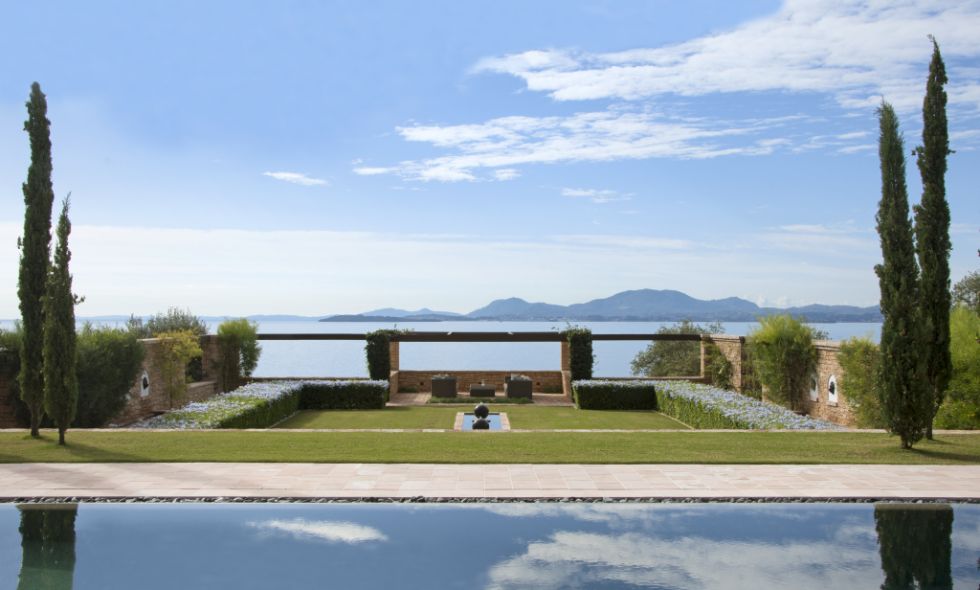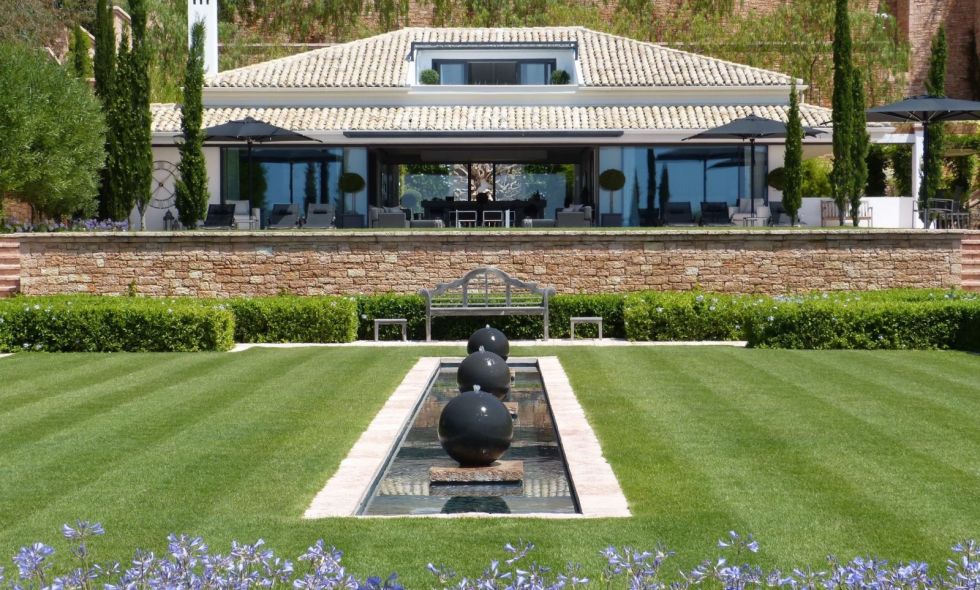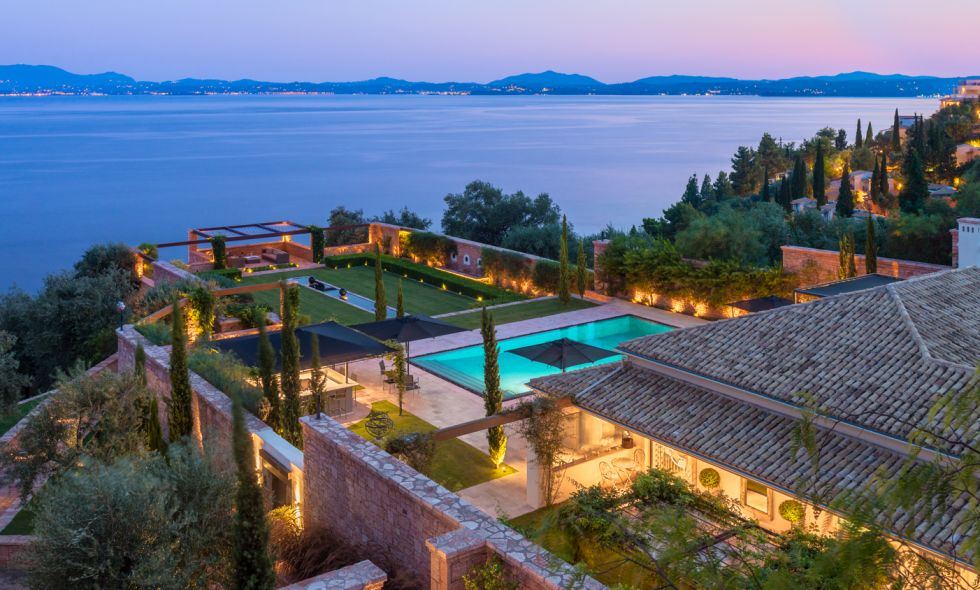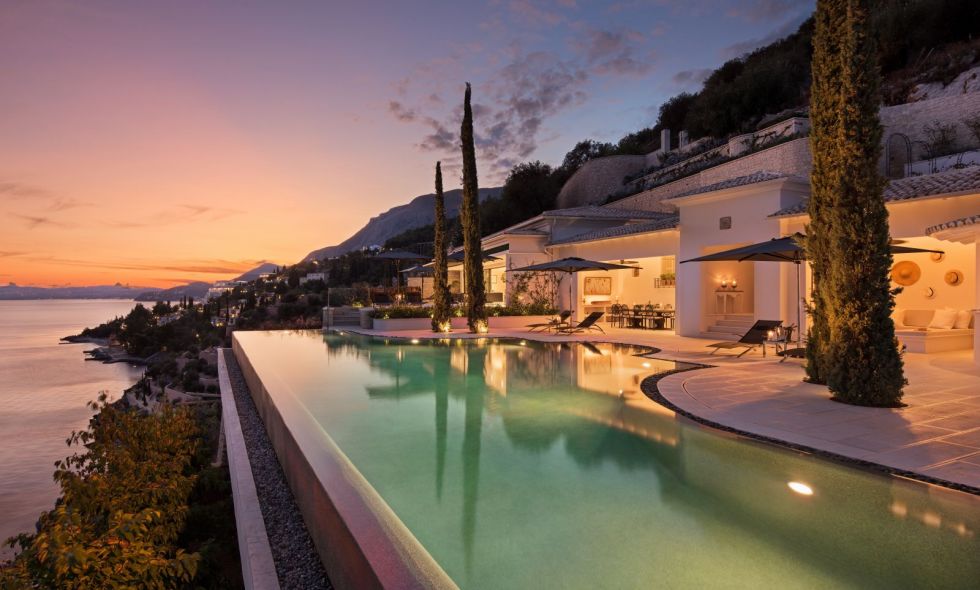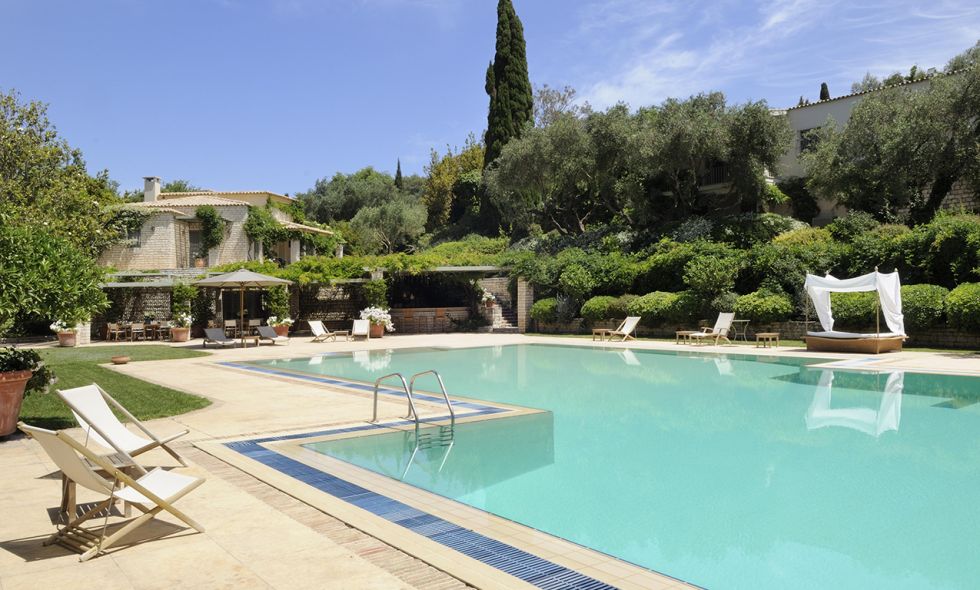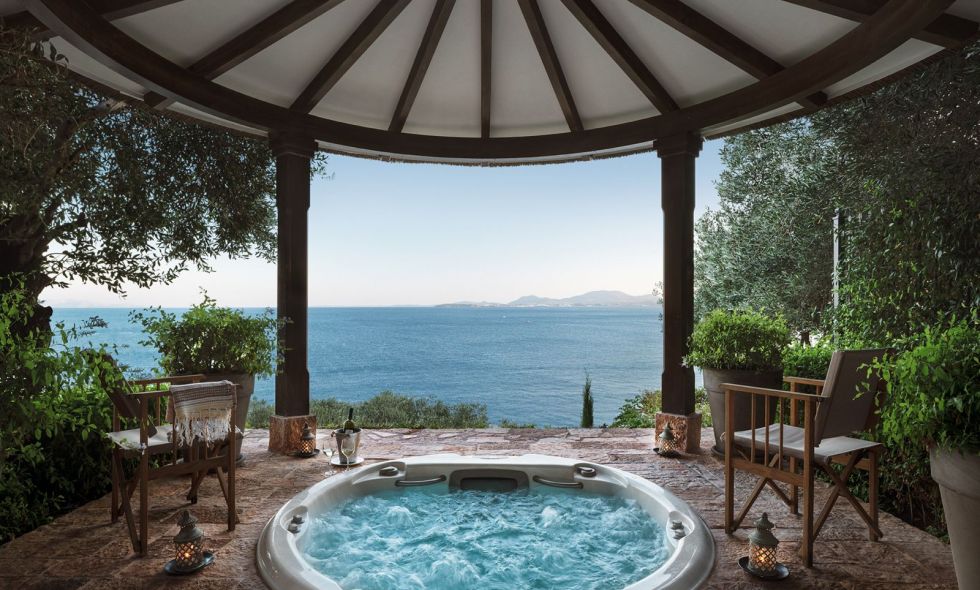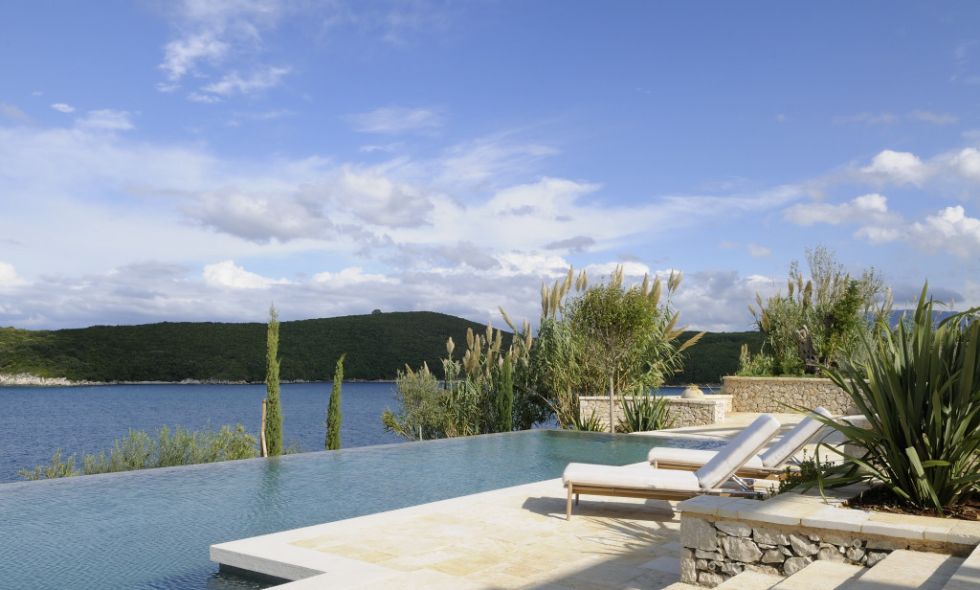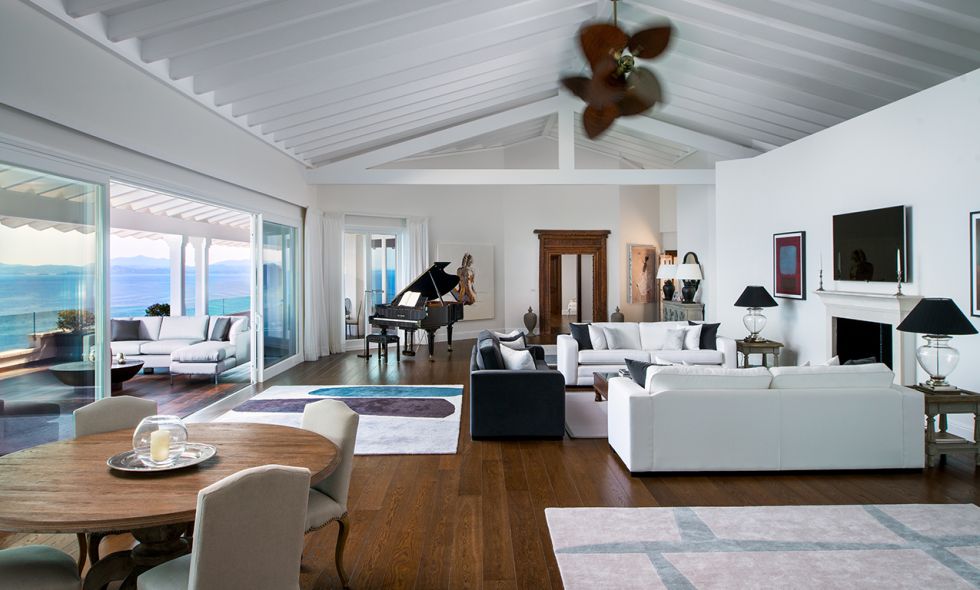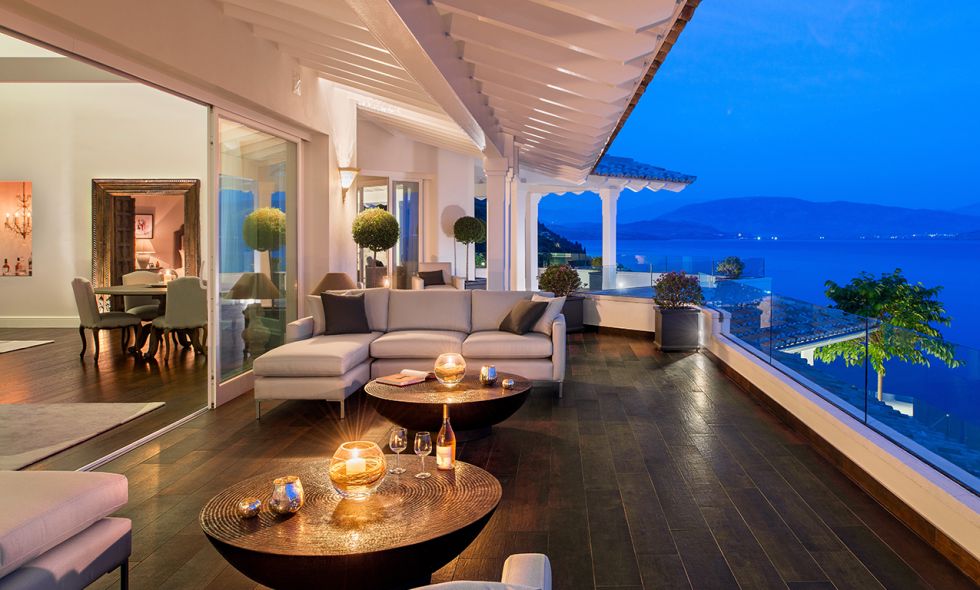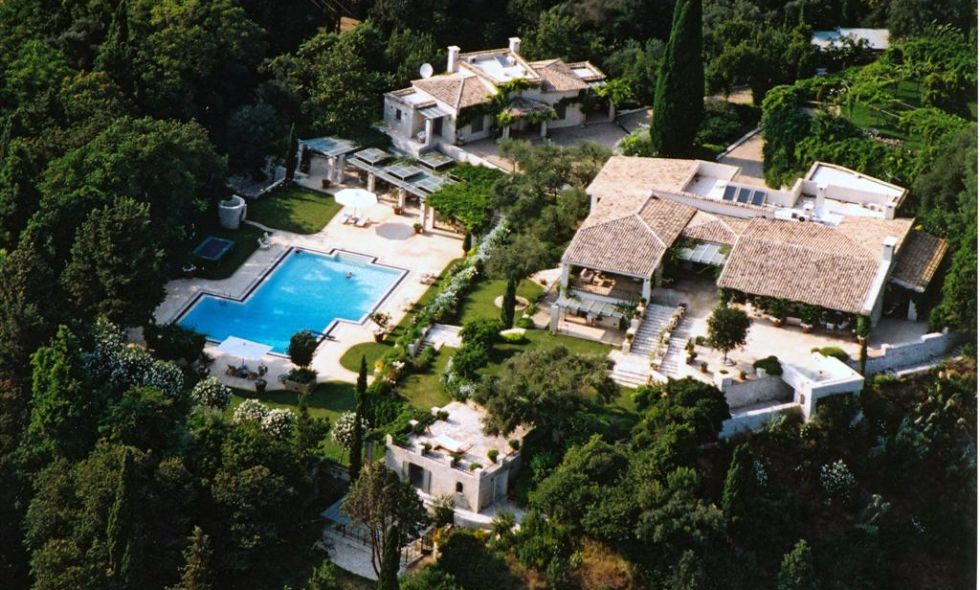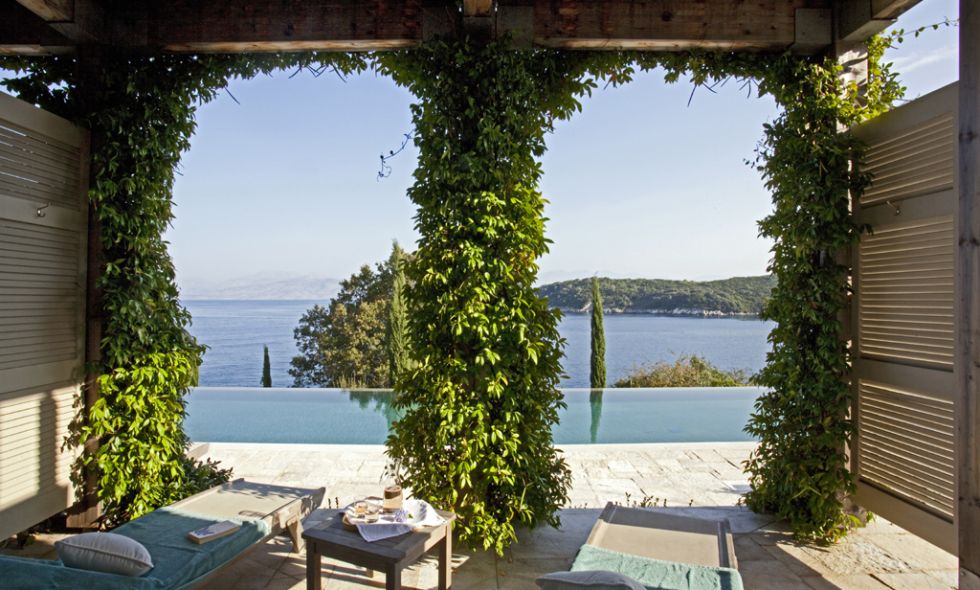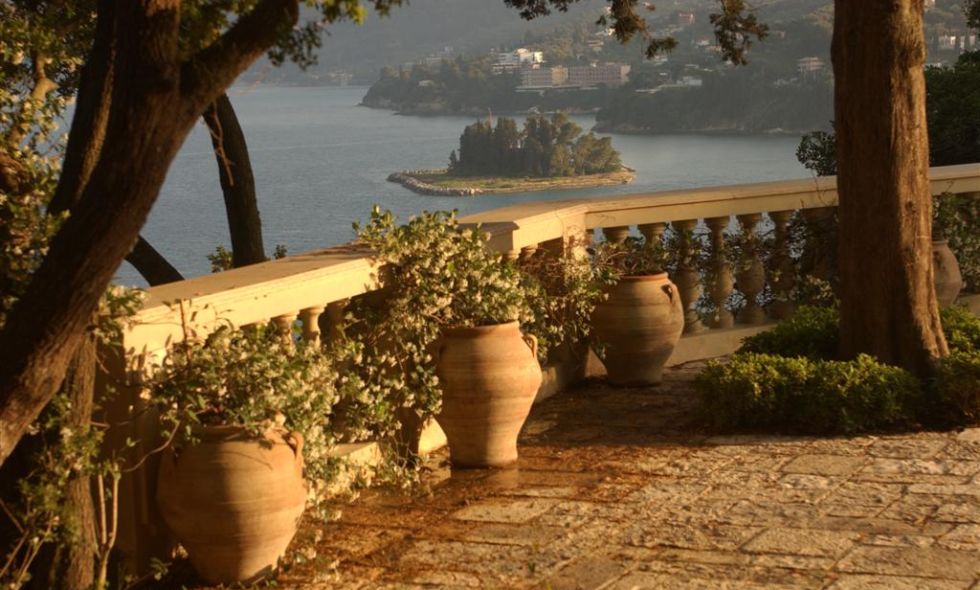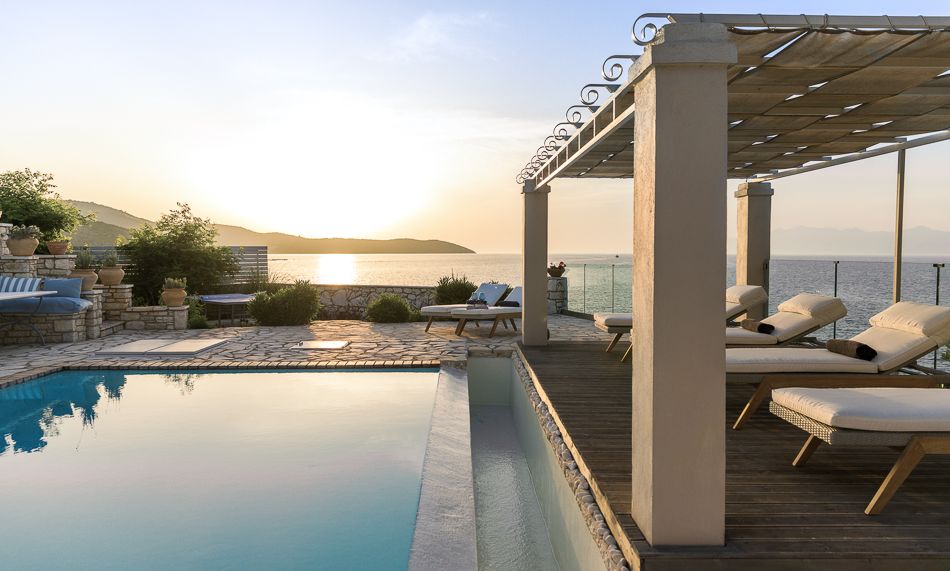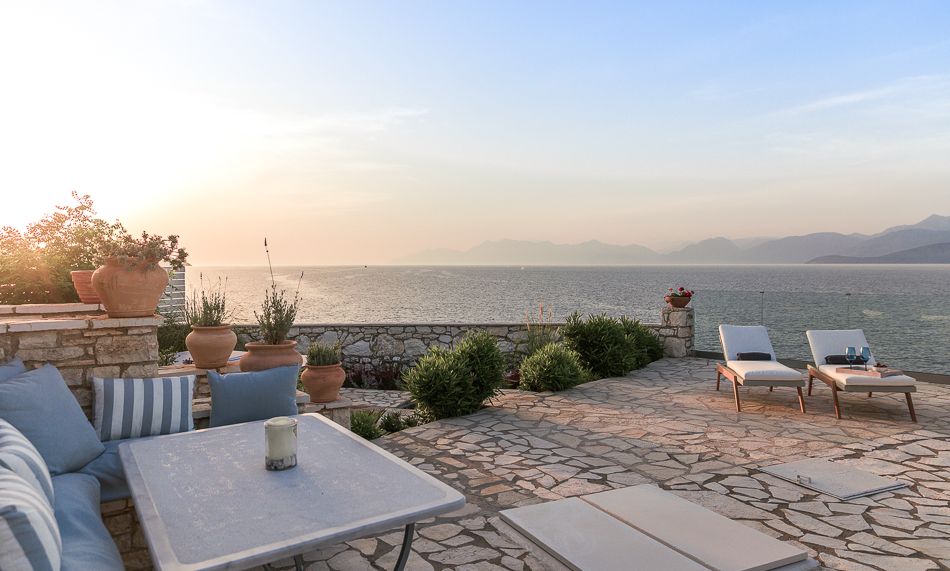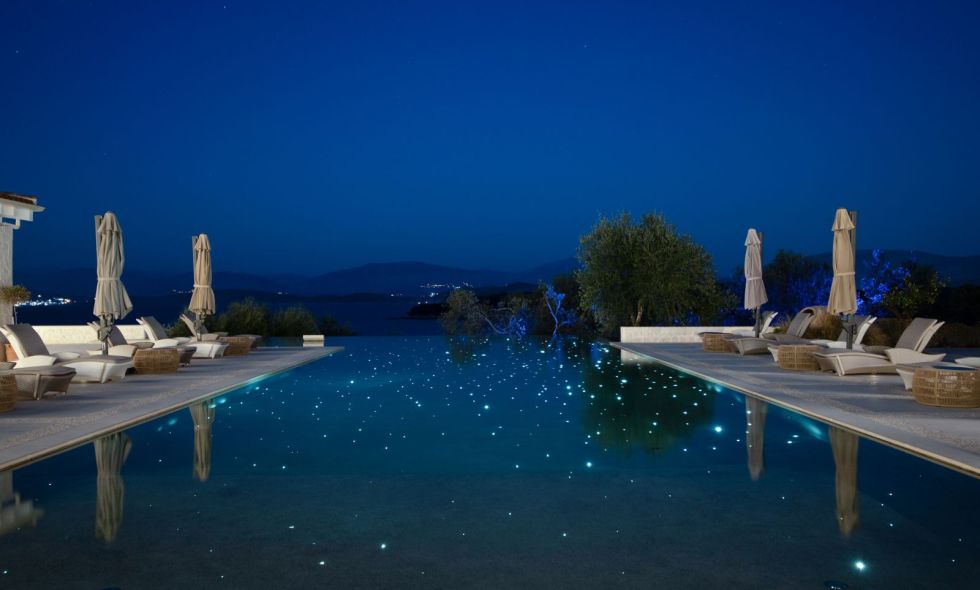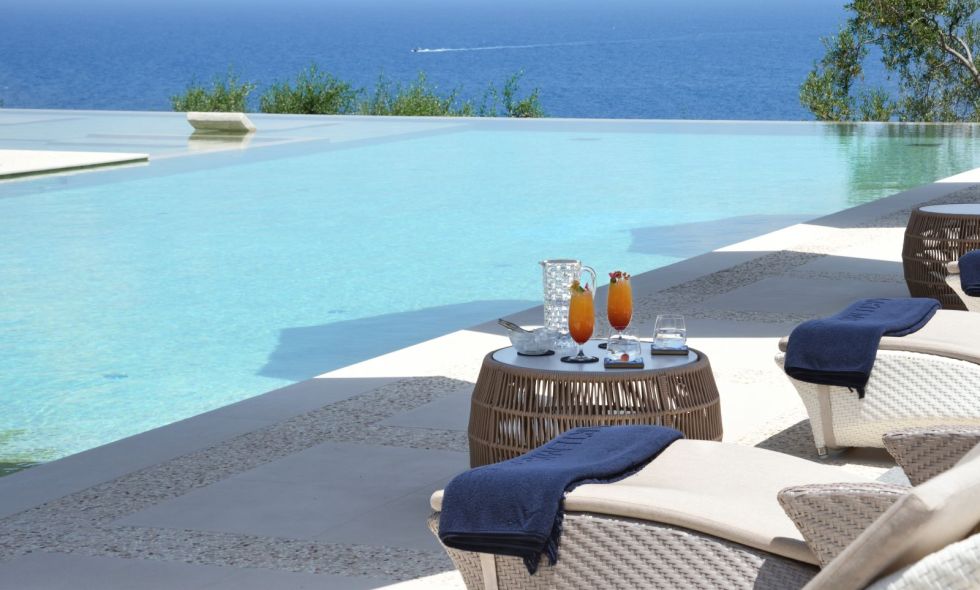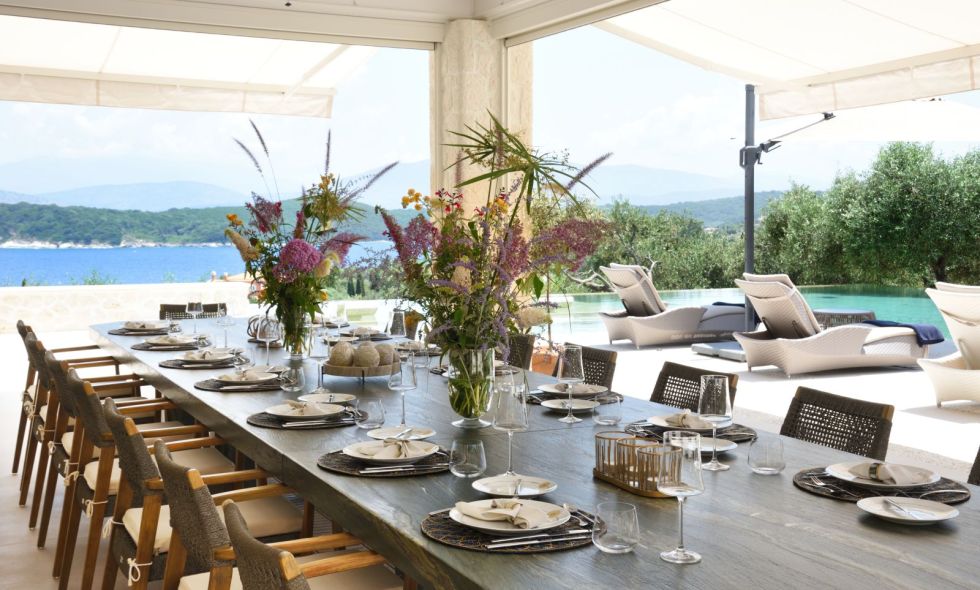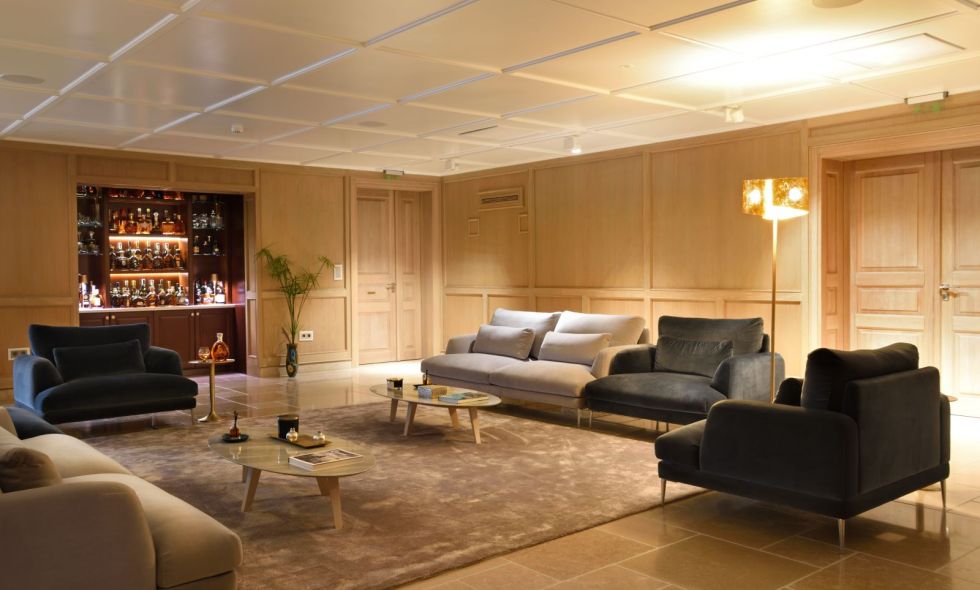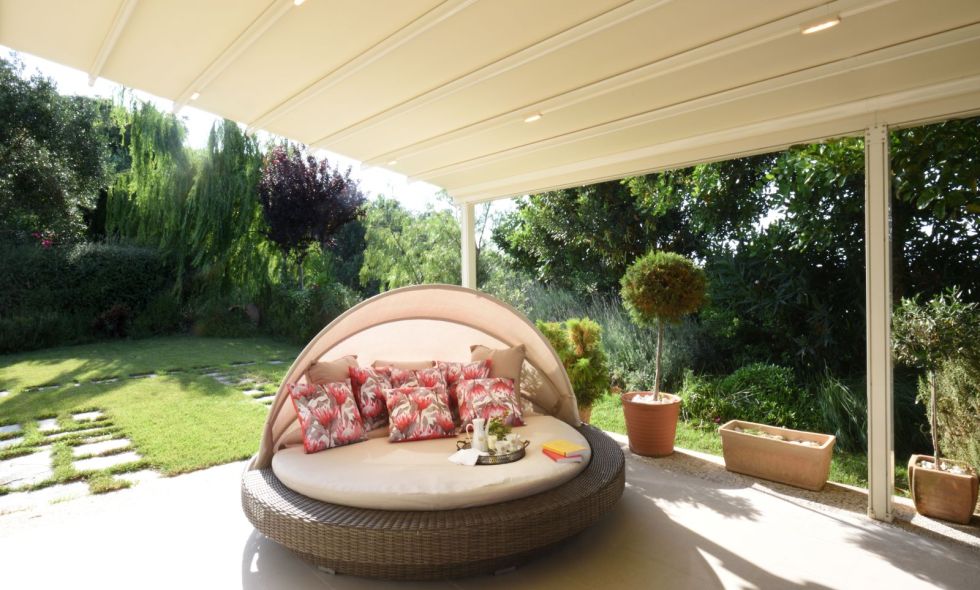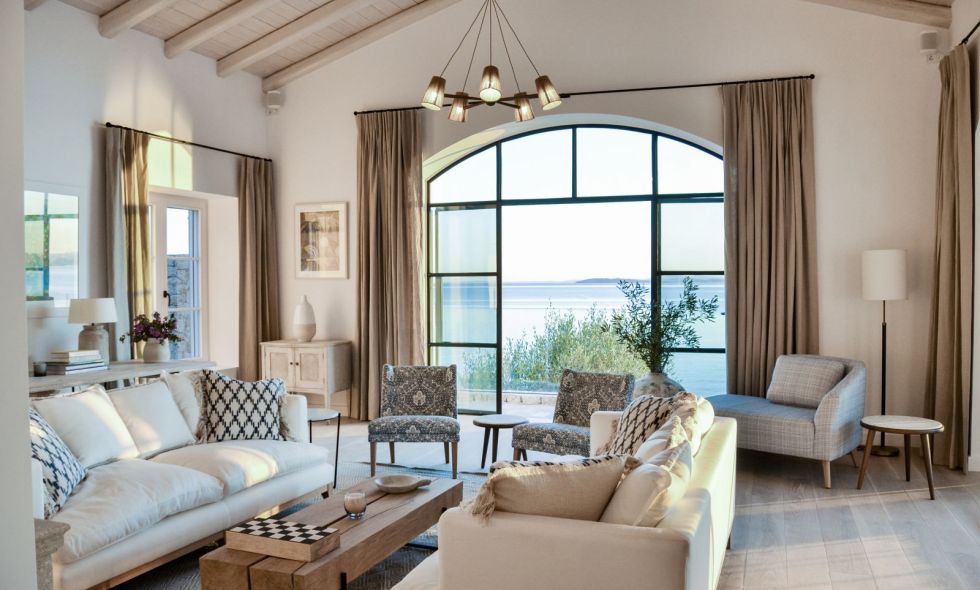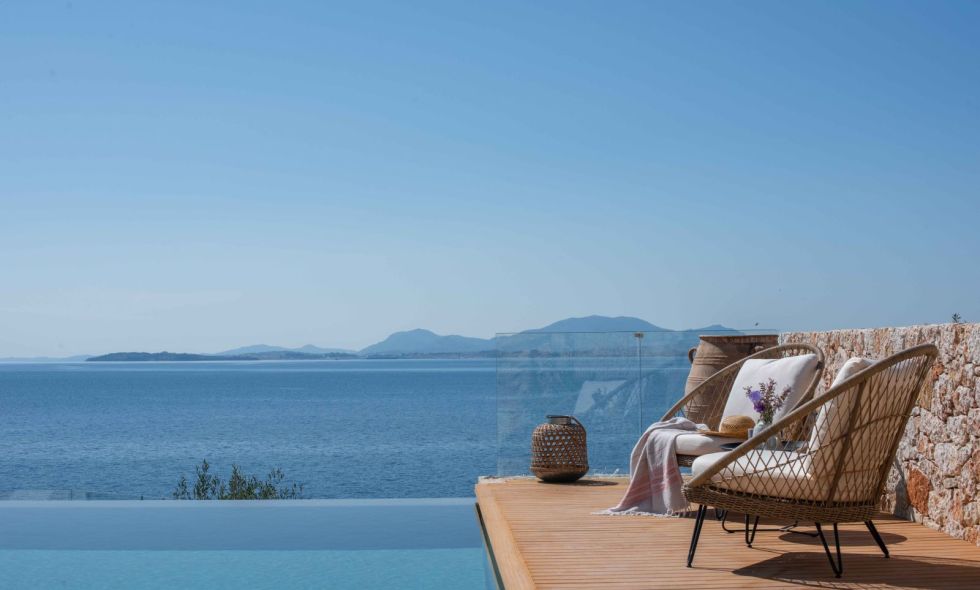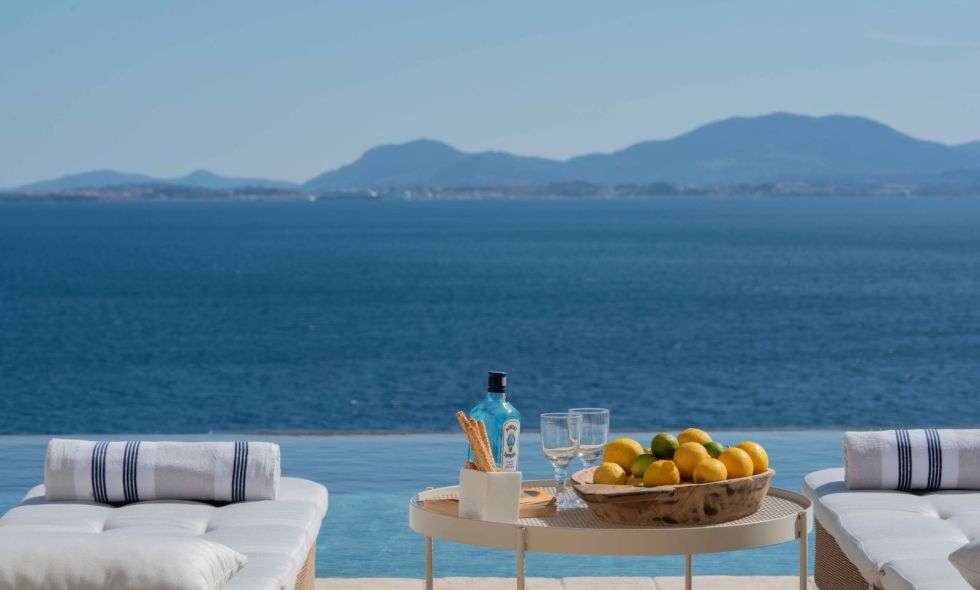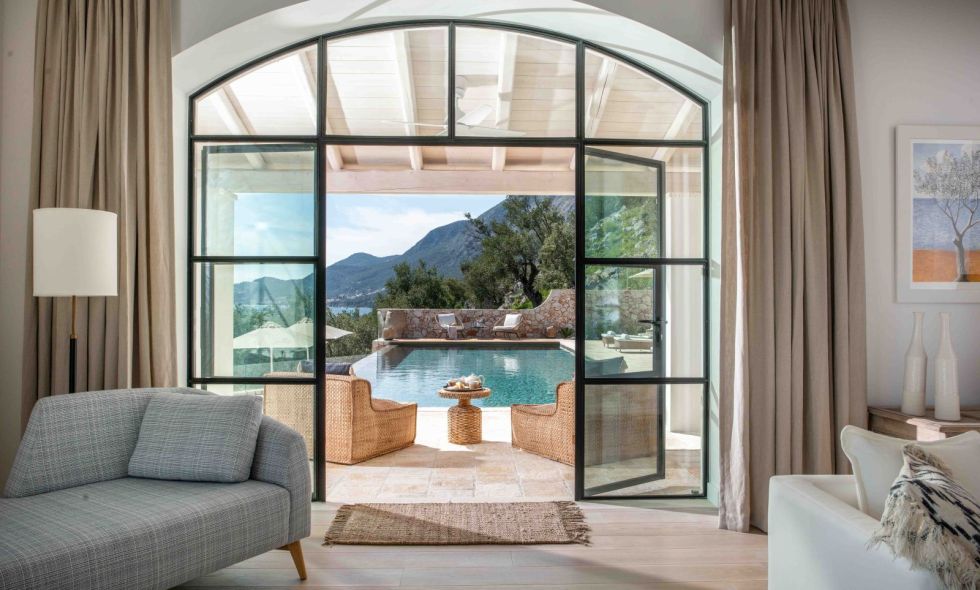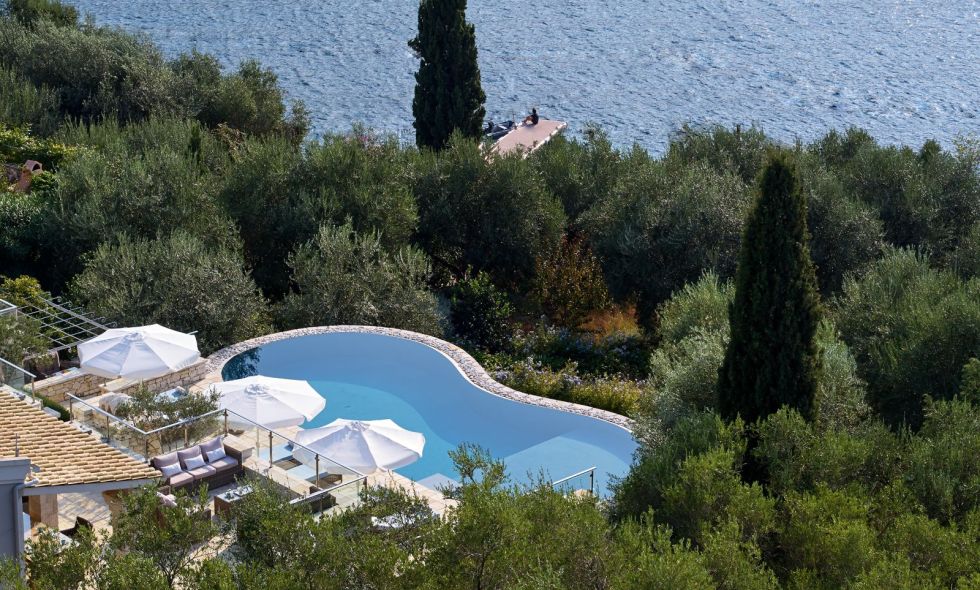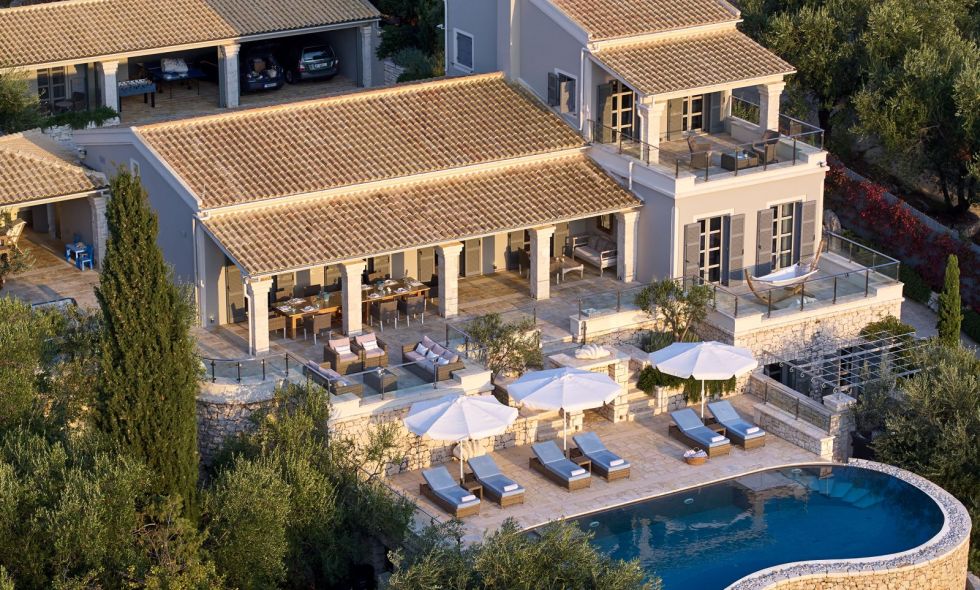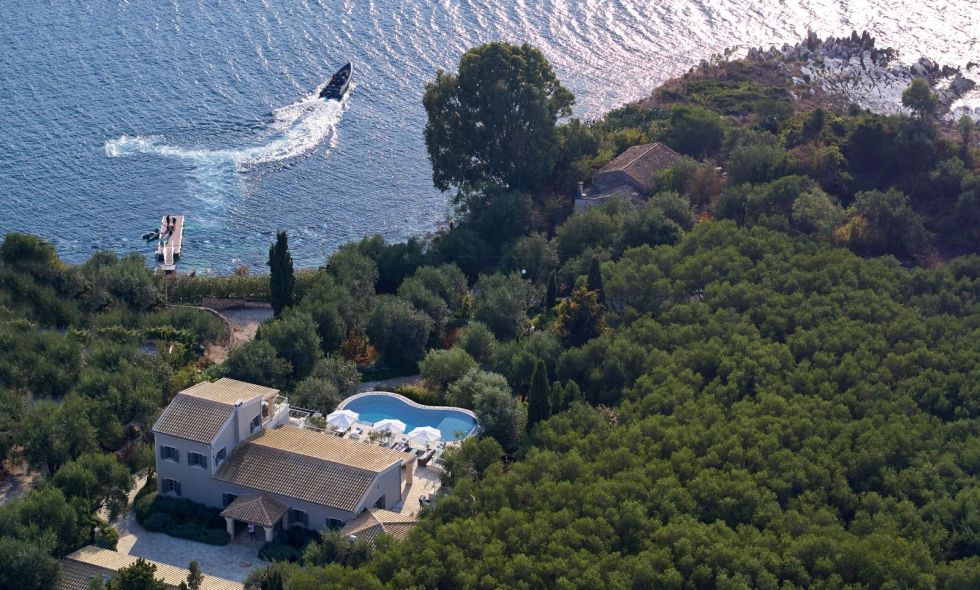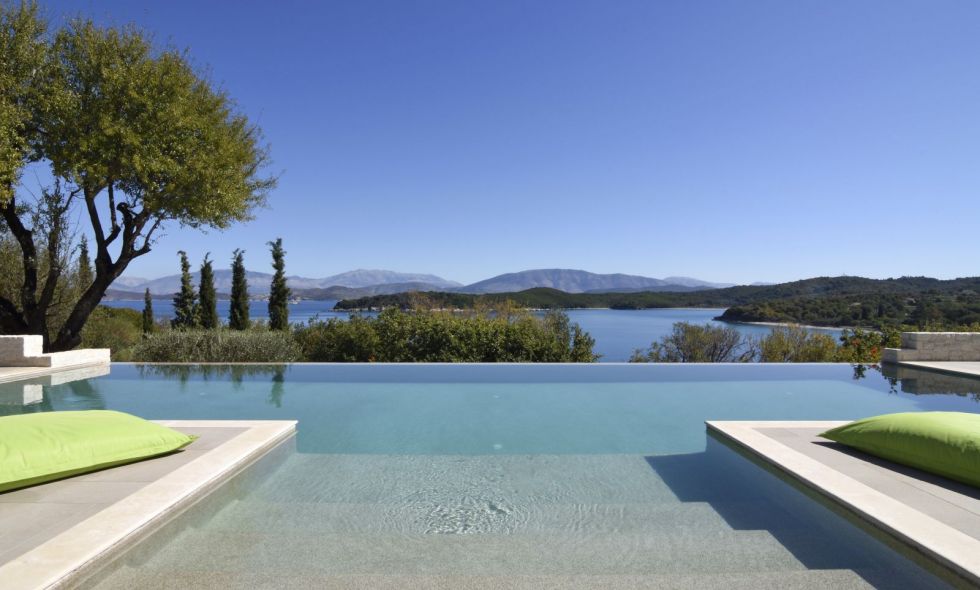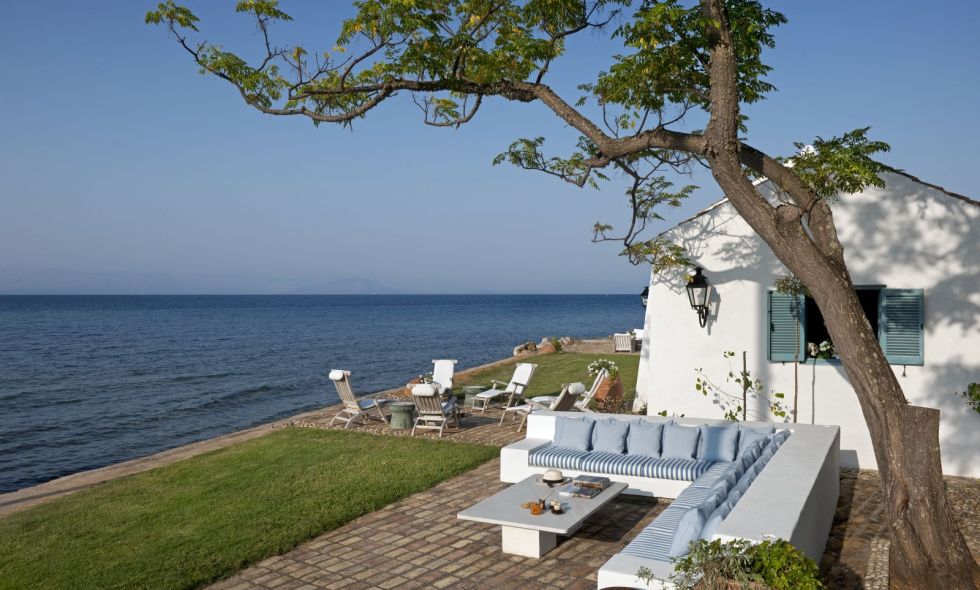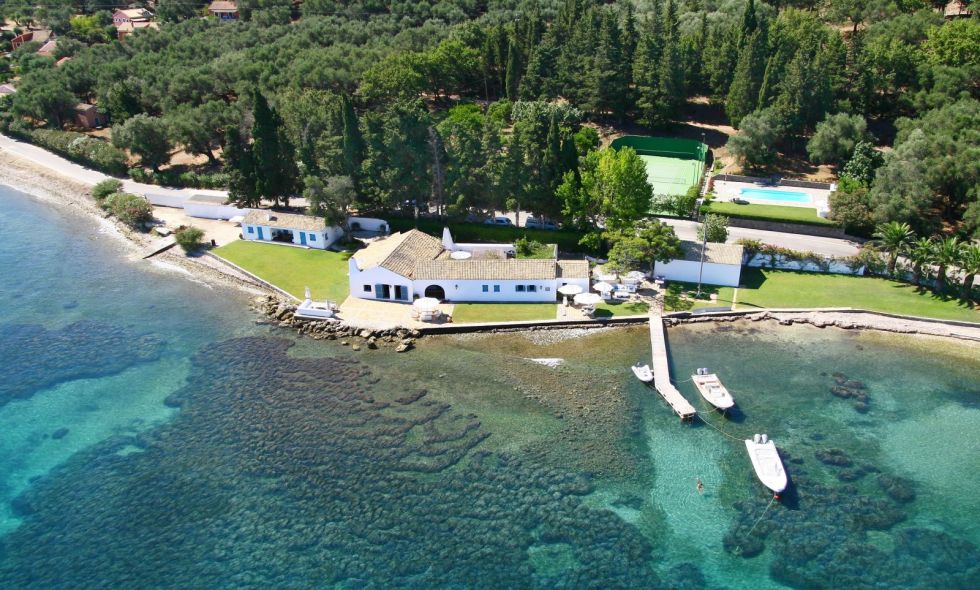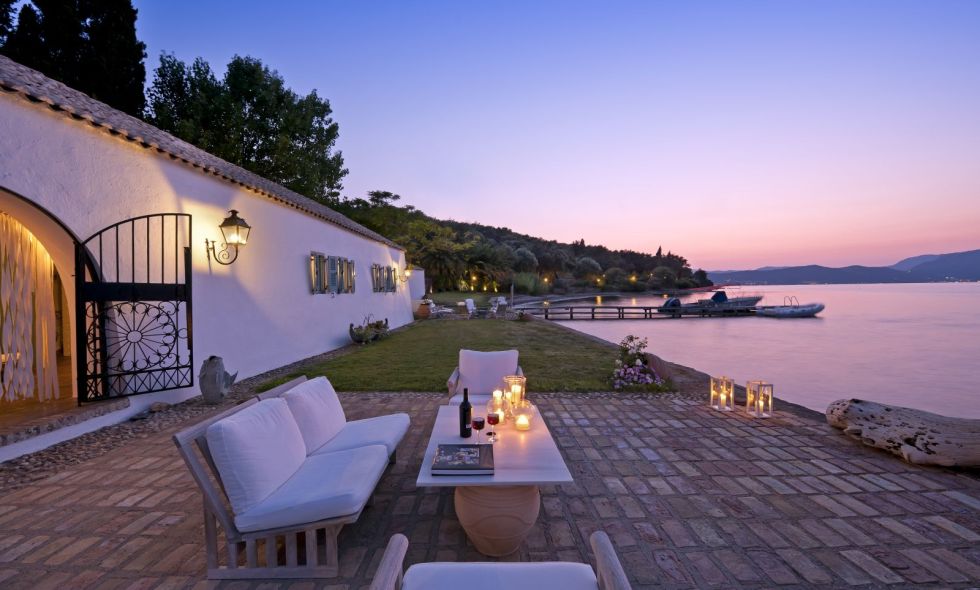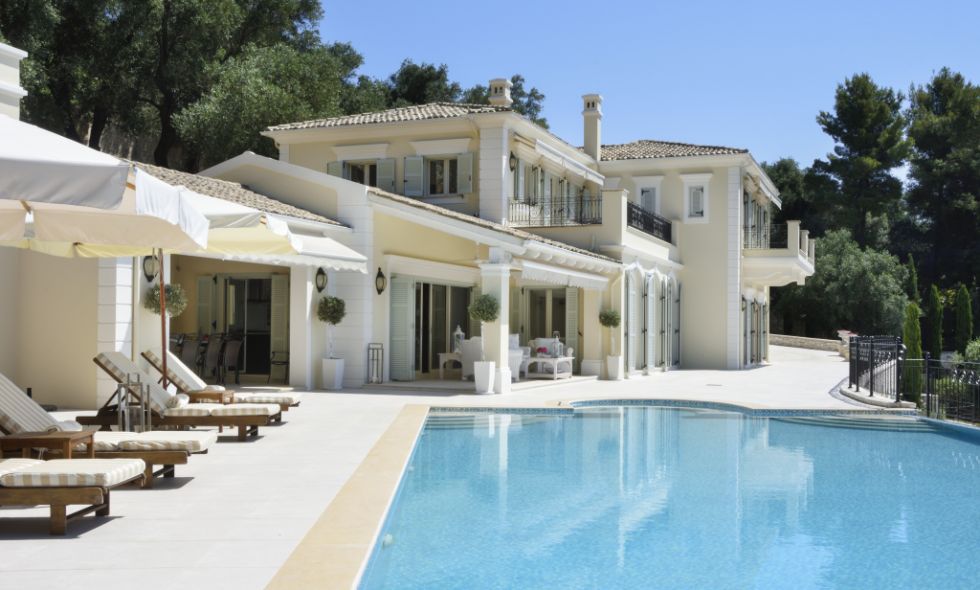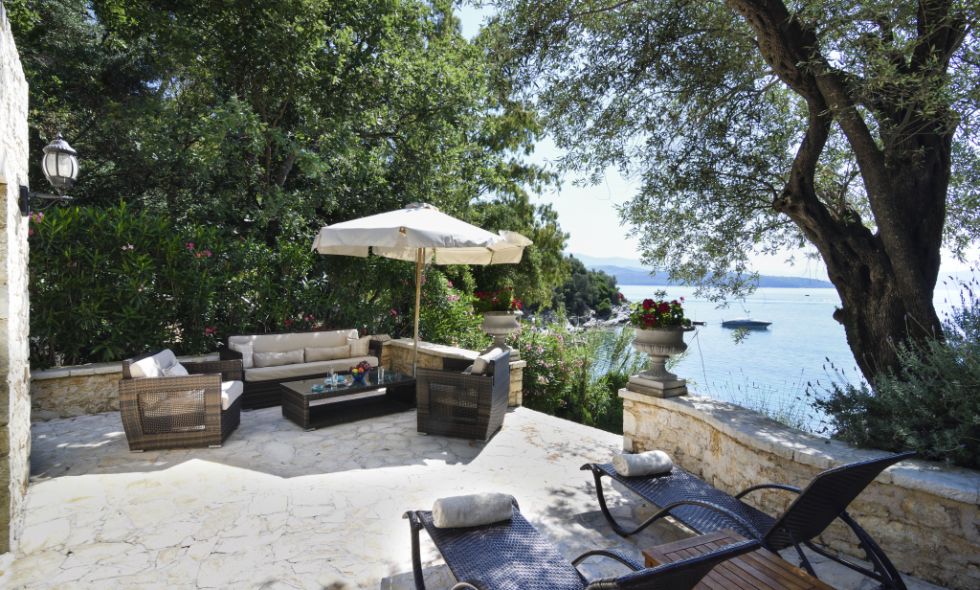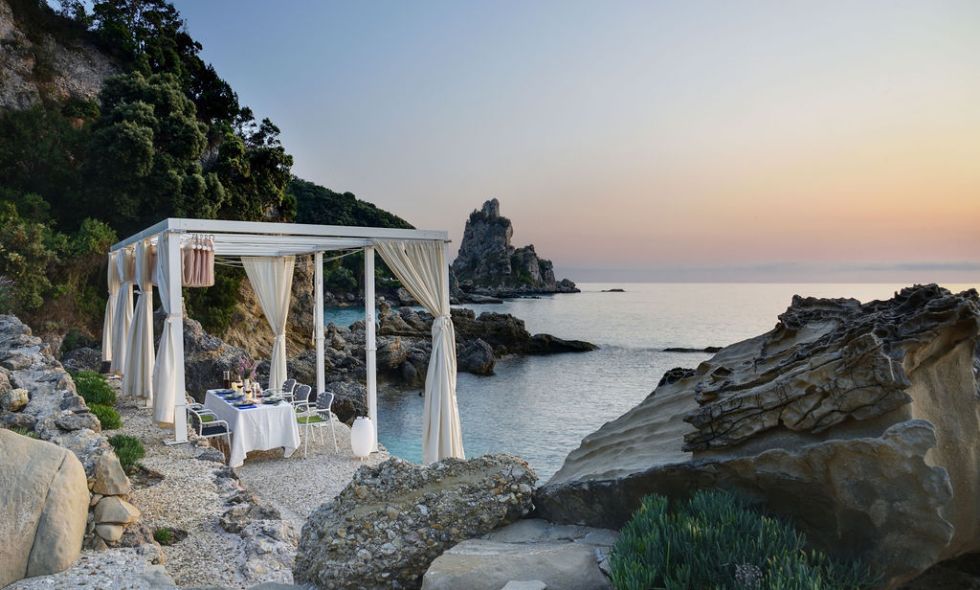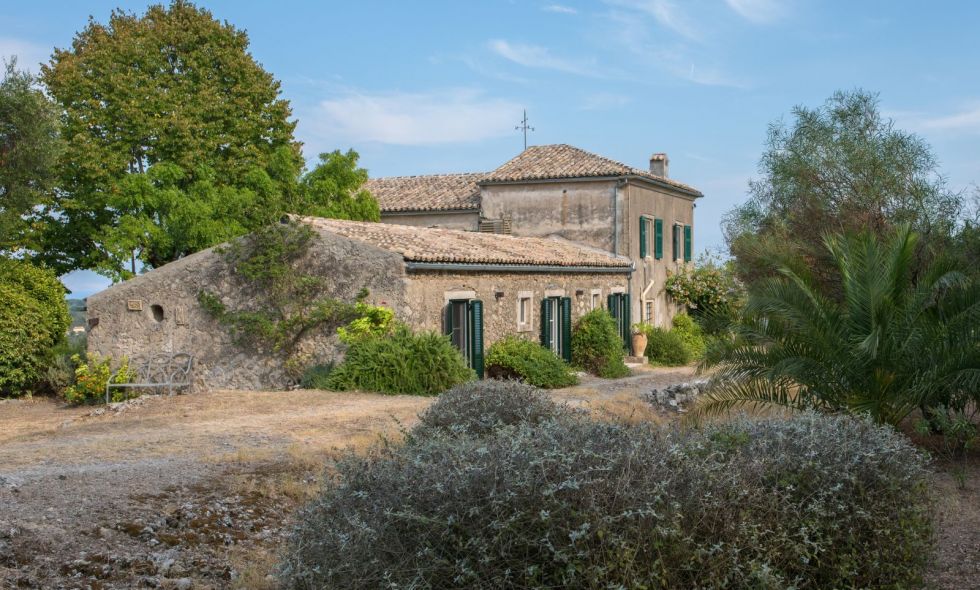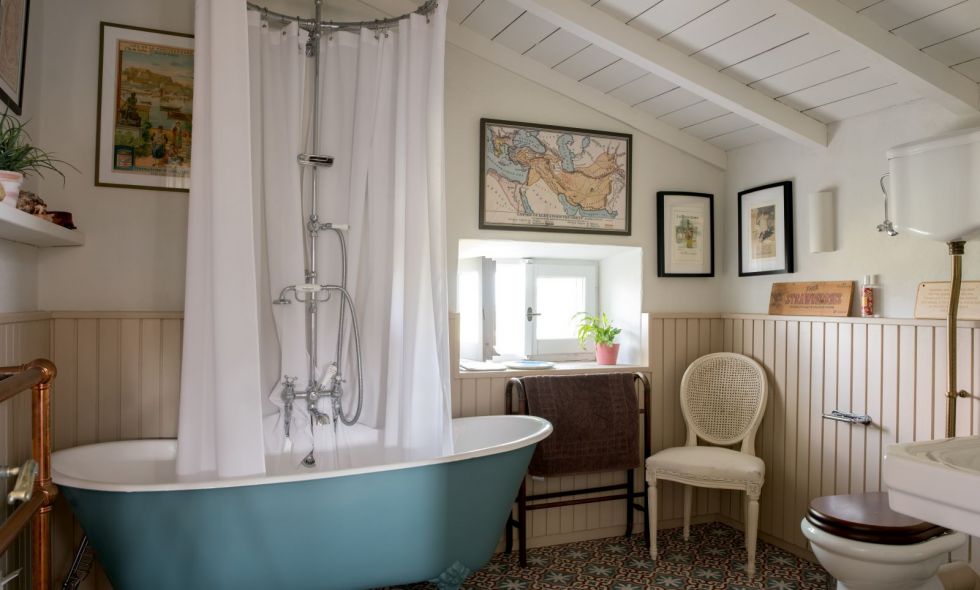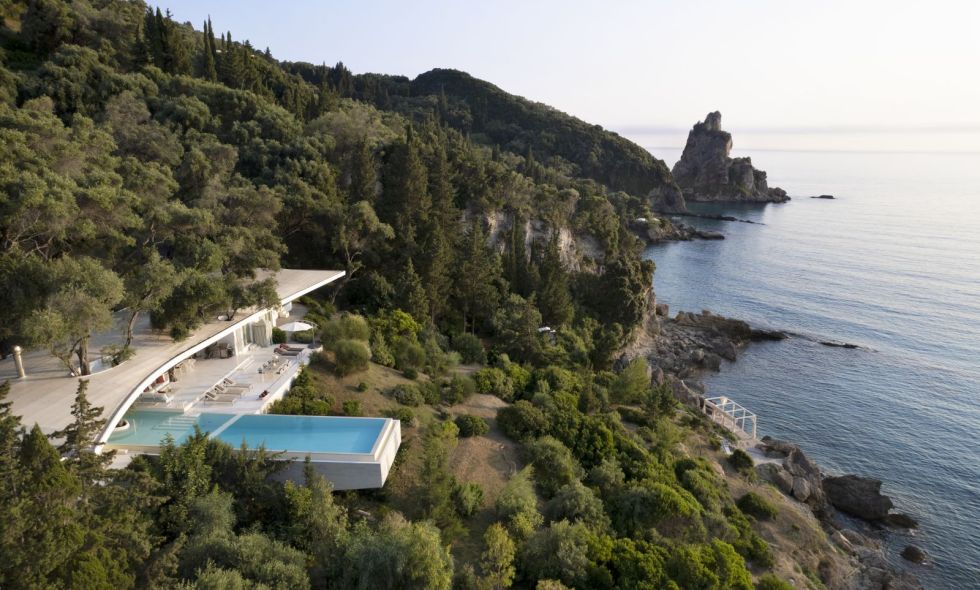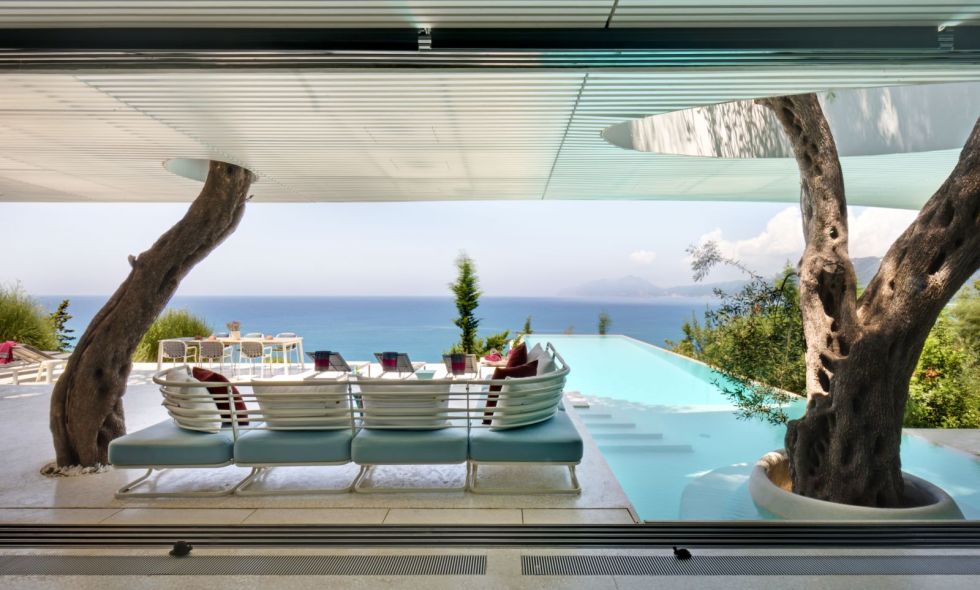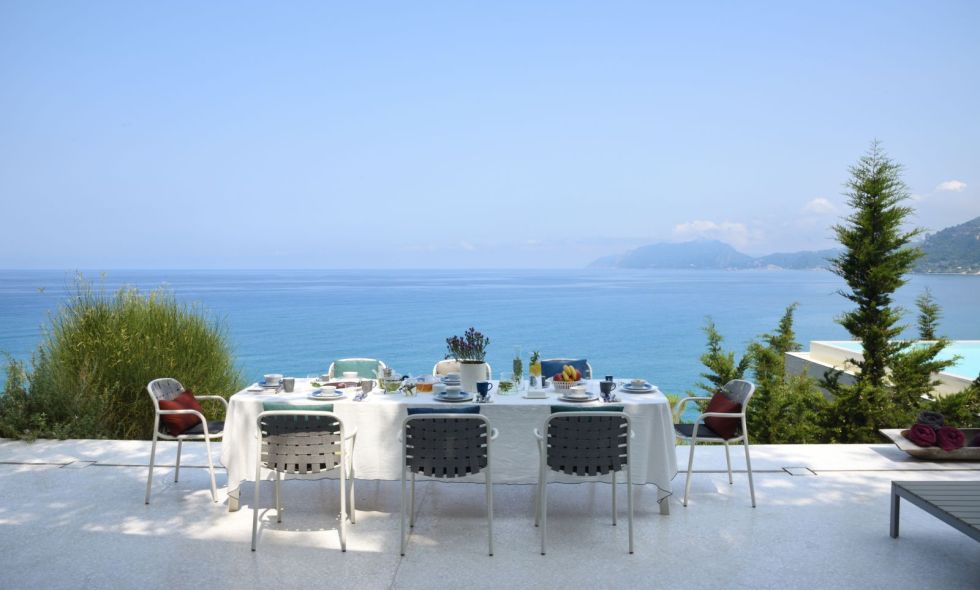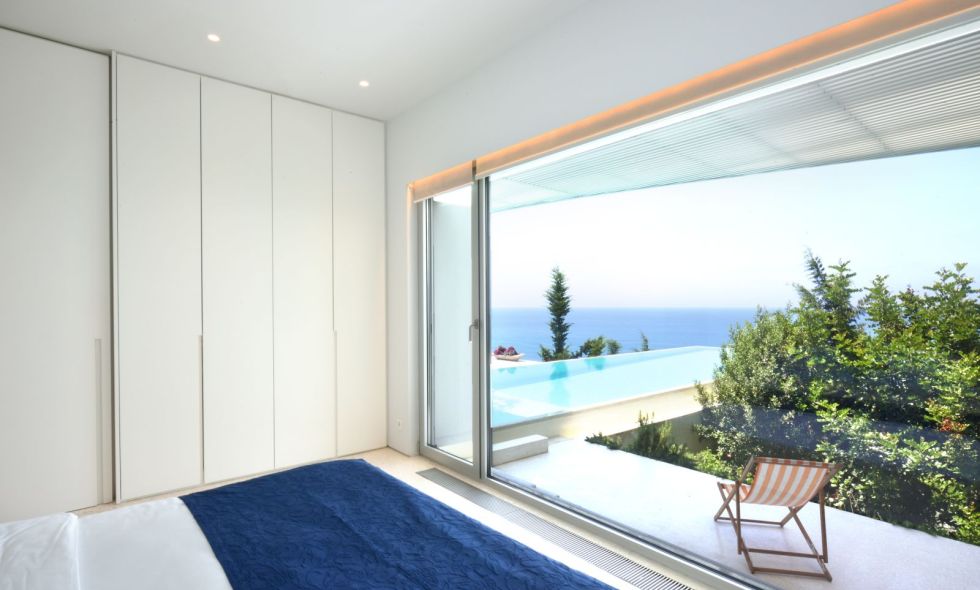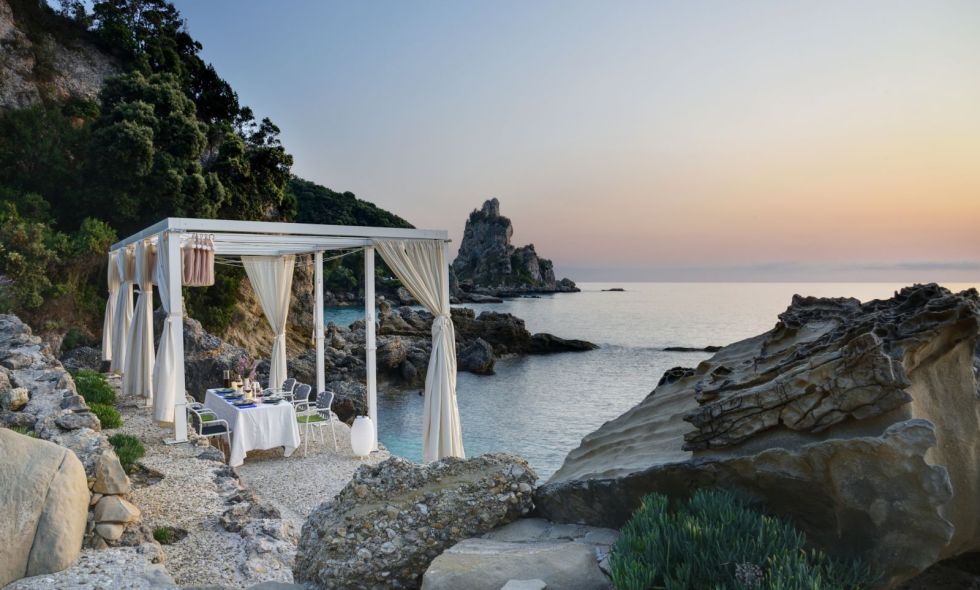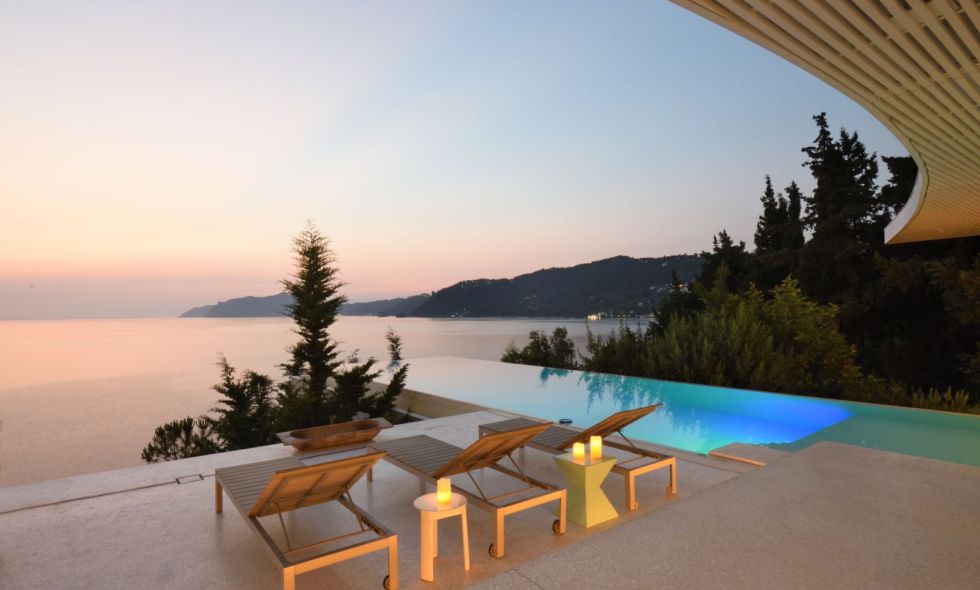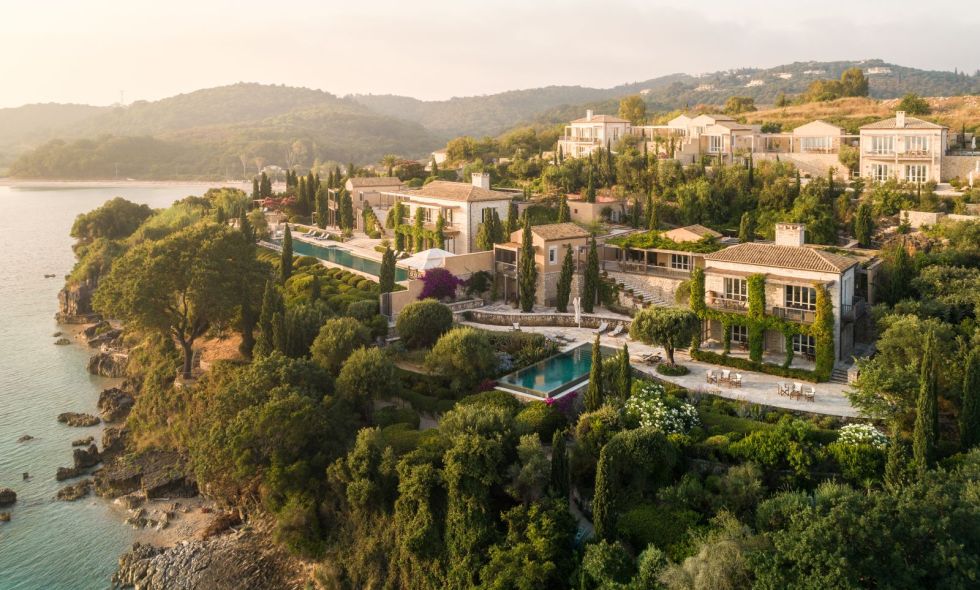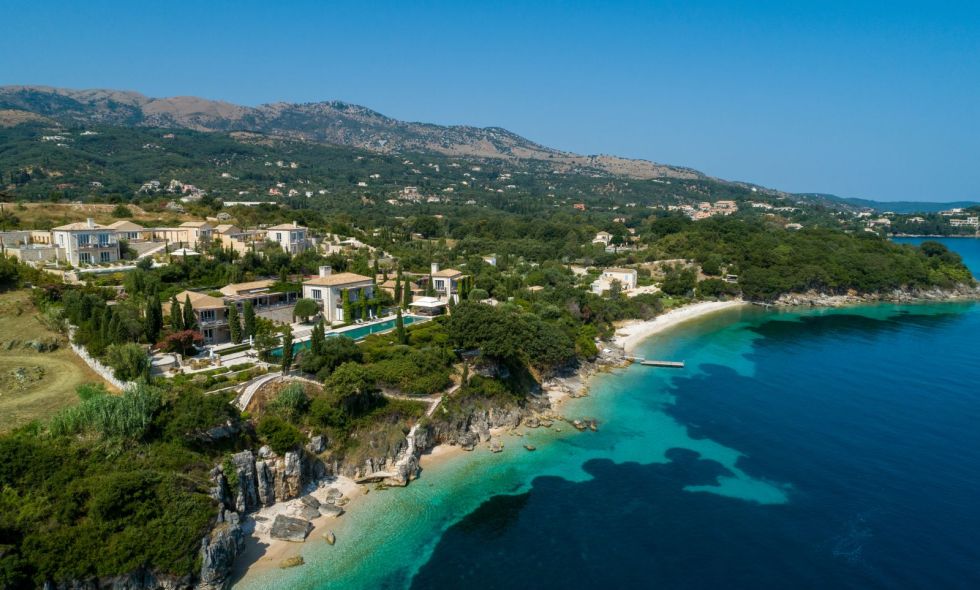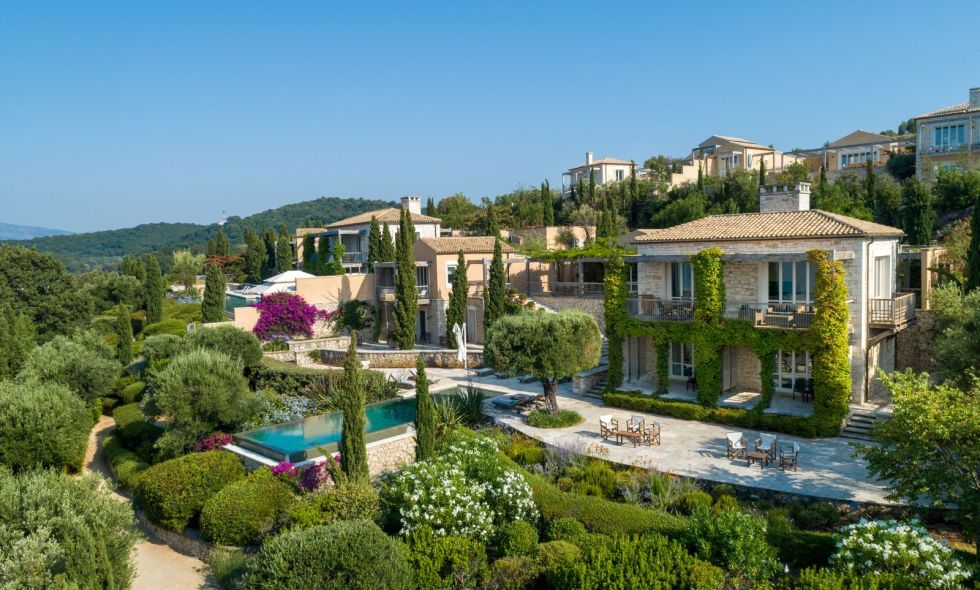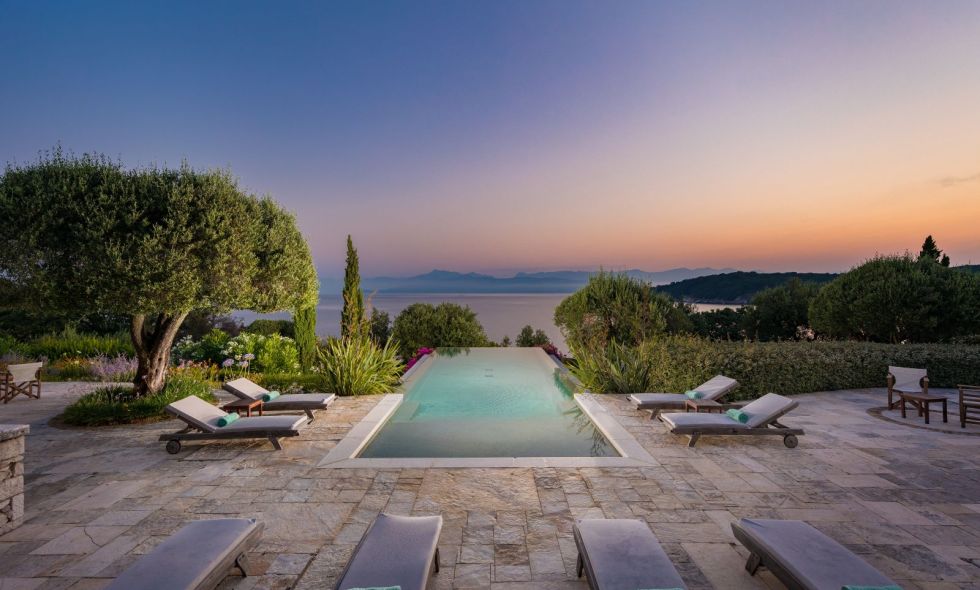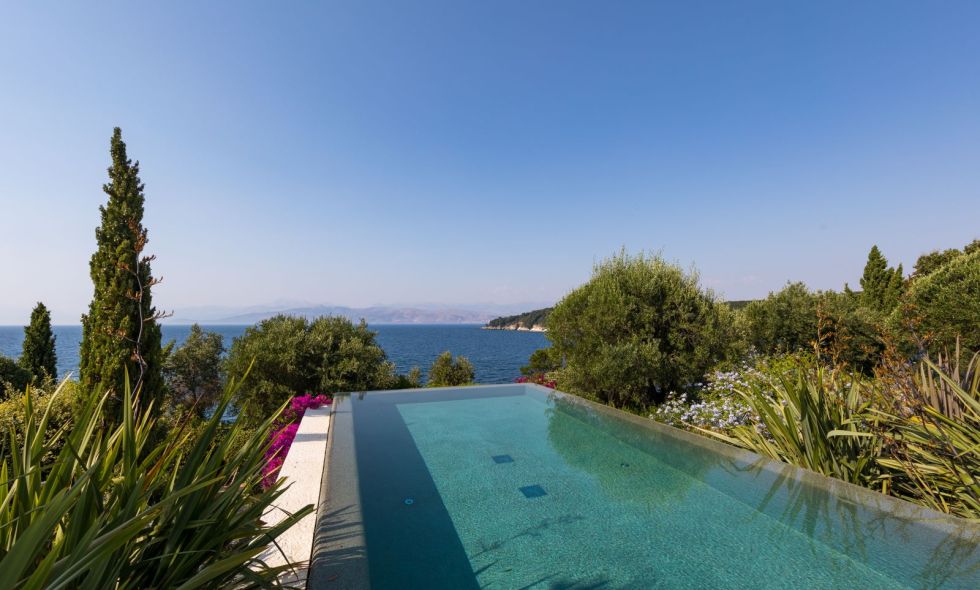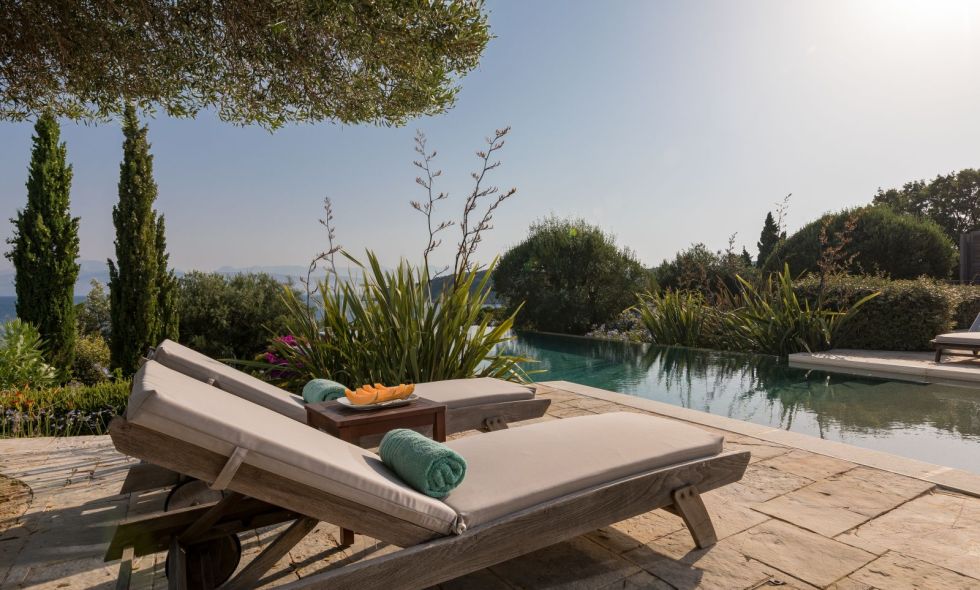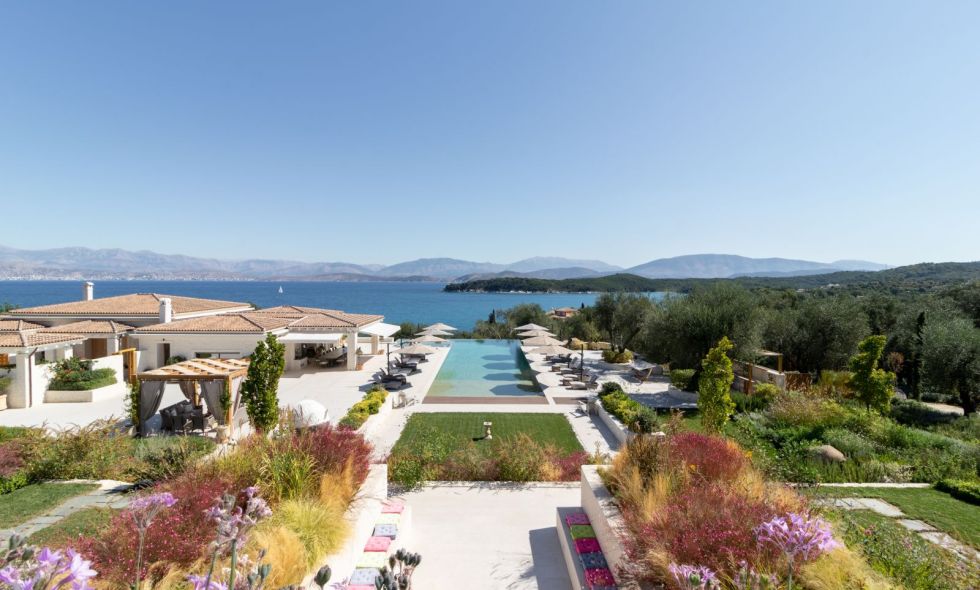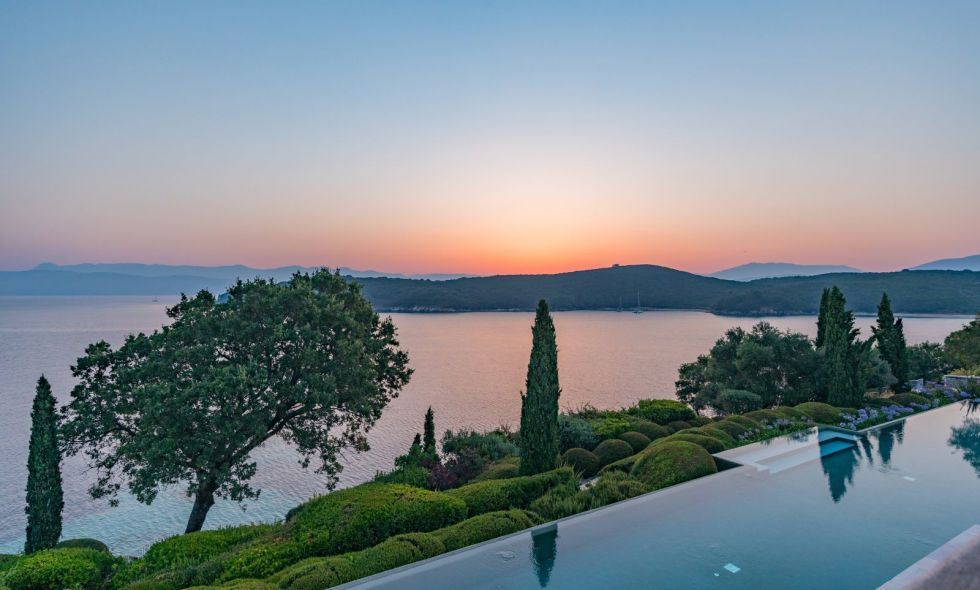Kea, or Tzia as it is known more commonly to Greeks, has two very different sides, which makes it an island that is hard to characterise and the puzzle its part of its charms. The recent opening of the One and Only resort here has not made life easier for the portraitist. One side of Kea is chic coastal villas and the yachtie heaven of Vourkari with its lively resort feel, the newly opened One and Only resort, and the modern designer villas of stone walls and muted earth colours. On the other side are the gentle and arcadian uplands of farmers cultivating the rich and fertile terracings of far-flung country settlements, “Cows Crossing” road signs, and a rather dowdy offering for day-tripping tourists – a good thing in our view.
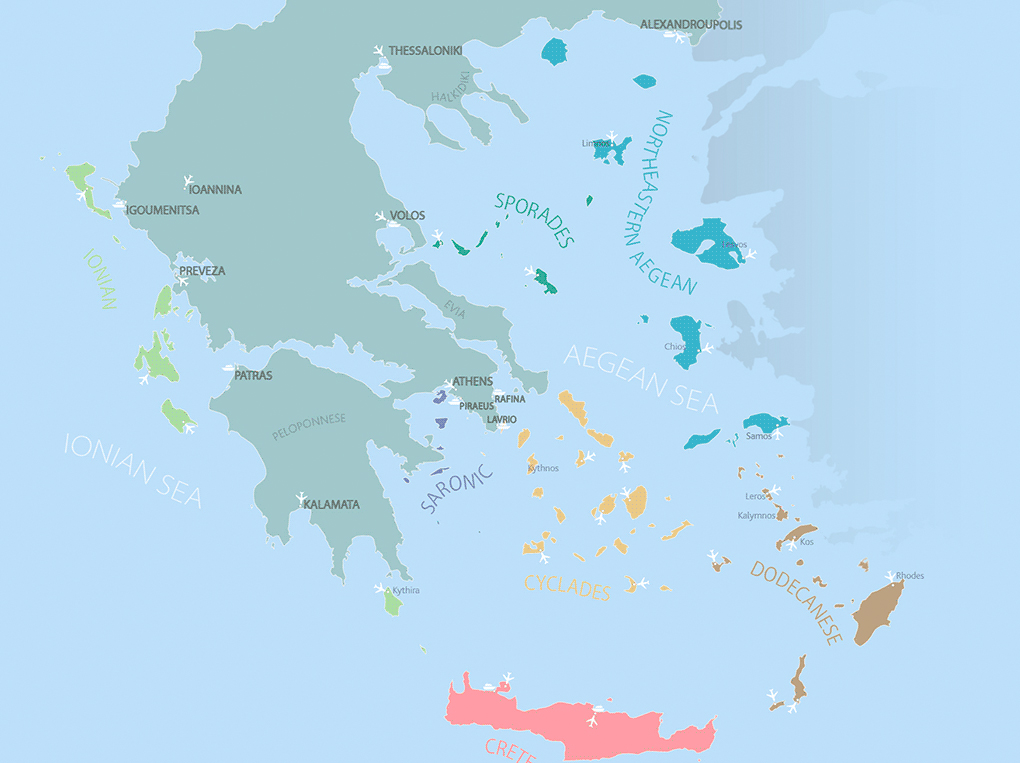
View Map
Kea Portrait
BEST PLACES TO STAY IN KEA
The island has a rich history dating back to ancient times. Inhabited since the Minoan era, it was known for its flourishing civilization, evidenced by the ruins of ancient temples, city-states, and other archaeological sites scattered across the island.
Kea feels very different from the other Cyclades: it lacks the photogenic white cubic architecture of Mykonos or Tinos, but the lovely sandy beaches are an obvious draw and the pastoral, timeless interior of the island is the real allure of Kea.
Mountainous, but not rocky and barren like other more southerly Cycladic islands, you will find springs and streams watering the well-cultivated terraces, the gardens, rich orchards and green fields, and lush little valleys. The valley of Milopotamos offers a bounty – blackberries, figs, quinces, pears, peaches, tomatoes, cucumbers, onions, garlic, olives, pomegranates, grapes and more grapes, wheat, lettuce, cabbage, almonds and pistachio nuts, lemons, eggplants, potatoes and oranges. Nowadays this hidden valley is abandoned but must have supported many families for centuries. There are, of course, still farmers and stock-breeders, but their numbers go down each year.
Ioulis is the stunningly-positioned capital. Those stone-paved lanes leading from farmsteads all over the island will always be used as long as white-washed country chapels must be visited, woodland nuts harvested and rural life goes on. They provide gentle hikes into wonderful countryside and of course to wide sand beaches and delicious swims. Try Spathi, Orkos and Psili Ammos, as well as Yialiskari, Otzia and, of course, your own pool.
BEST FOR
Explorers and lovers of traditional Greece. Architects interested in stone-built cubic houses.
WORST FOR
People wanting water sports or to hire little boats and potter around the coast – they’re practically non-existent.
WOULD SUIT
Off- beat types wanting to discover their own island, nature lovers – there is great bio-diversity in Kea and almost uniquely, oak forests. Professional high-flyers needing seclusion and comfort, with fast access to international hubs, but still wanting quiet relaxation and a very Greek atmosphere.
Foodies- Kea’s fertile soil and bountiful, fresh produce have created a authentic gastronomic scene. also needed due to the prevalence of Greek visitors who do not put up with the inferior stuff served on more touristy islands..
WOULD NOT SUIT
Shopaholics wanting an international scene.
DON’T MISS
The archaic, smiling, schist-carved lion of Kea reclining proudly on a hillside overlooking the sea close to Ioulis
THINGS TO DO IN KEA
Beach hopping: Kea has its share of beautiful beaches. Some popular ones include Gialiskari, Koundouros, Otzias, and Spathi.
Hiking and nature exploration: There are several well-marked hiking trails that lead to scenic viewpoints, ancient ruins, and hidden chapels. One of the most famous trails is the ancient stone-paved path that connects Ioulida (Chora) with the seaside village of Korissia.
The Hamada Acorn Initiative for Kea “works to develop and promote responsibly sourced, oak-based income for farm families by facilitating the exportation of acorn caps to traditional leather tanneries and by developing and promoting acorn-based products”. Check out Marciemayer.com/oatmeal for details of the October acorn festival!
Exploring archaeological sites: The ancient city of Karthea is one of the most significant archaeological sites in the Aegean. It features well-preserved ruins including temples, theaters, and an ancient sanctuary.
Water sports: While Kea is not as developed for water sports as some other Greek islands, there are still opportunities for activities such as snorkeling, diving, and sea kayaking. Many beaches offer equipment rental and guided tours for those interested in exploring the underwater world.
HIGH SEASON
Expect colonies of summer residents escaping Athens’ heat and hustle. Within the last few years there has been an explosion of chic little resorts on the coasts, full-on beach activities, and many good tavernas right on the waters’ edge – Otzia, Koundouros Vourkari.
LOW SEASON
Perfect for exploring the island with a 4×4, to ancient Kartheia (which has an astounding beach below) and walking the old stone-paved roads which criss-cross the island connecting the farm settlements, shooting (cameras only please!), flights of pheasants and partridges, enjoying still warm seas and serene starry nights.
We do not show villa details on our site to protect the exclusivity of our owners’ properties. We offer a unique personal service to locate the perfect villa or yacht for you – to see villa details and get our expert guidance and insight please get in touch.
Our Villas in Kea
Read about our villasVillas here are architecturally distinguished and also very liveable - as many of the owners are themselves architects. The Cycladic idiom here is more stone walls than whitewash, beachfront is hard to come by, but as the hill top villas have such fabulous views, it is not such a loss!

